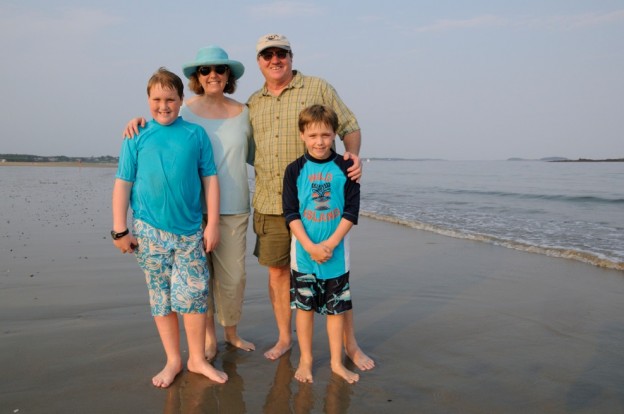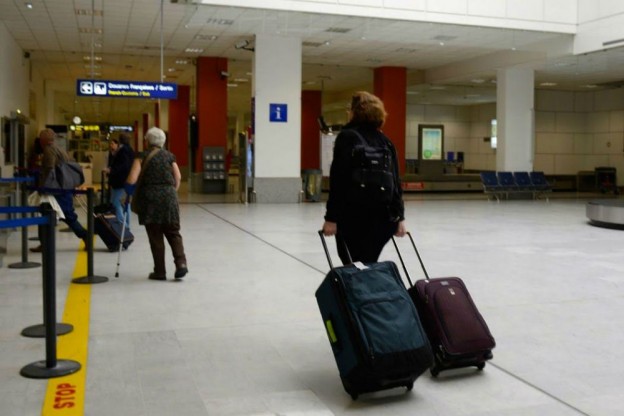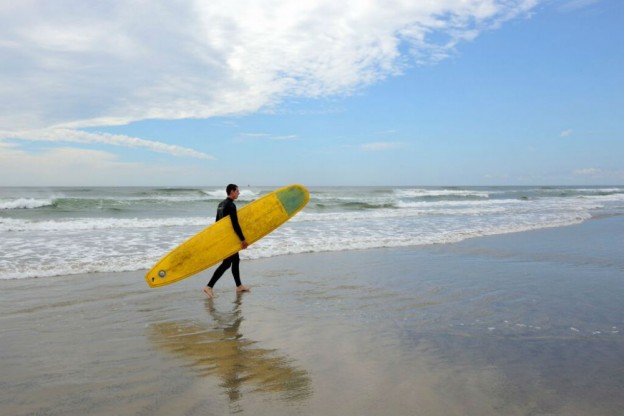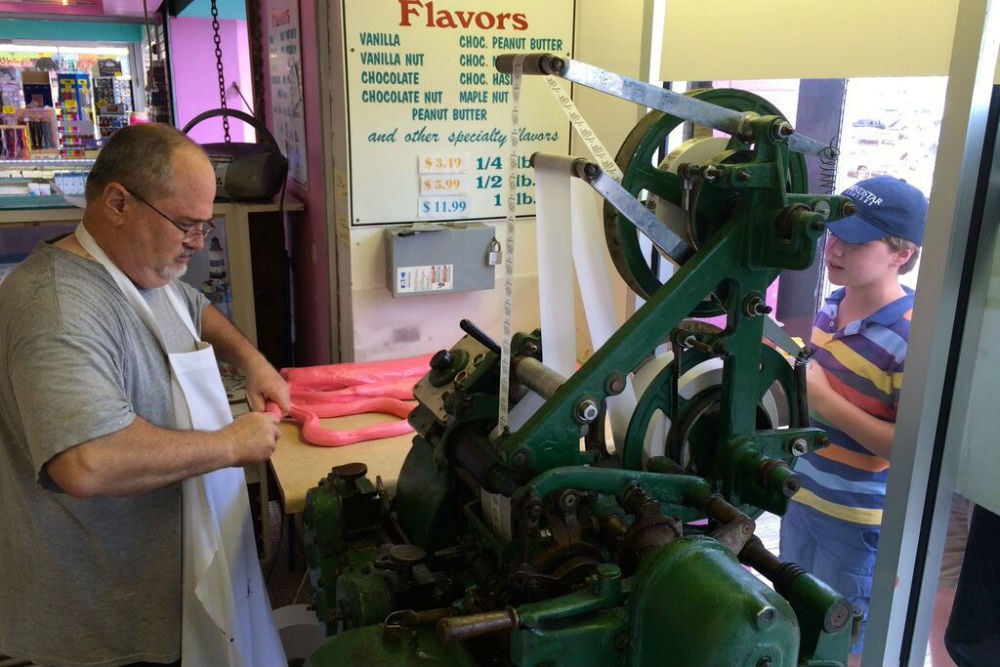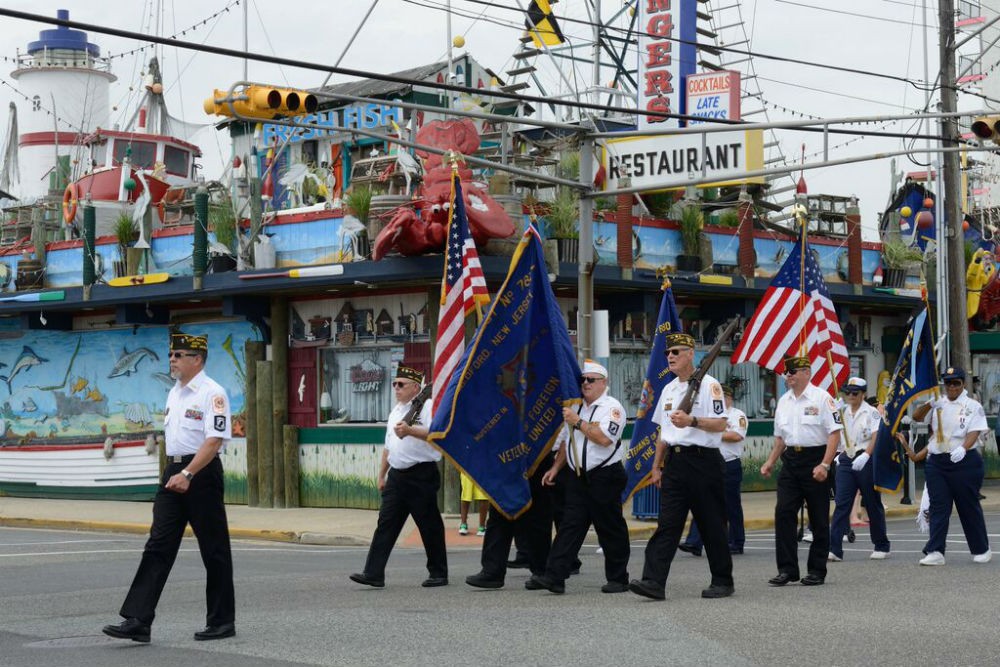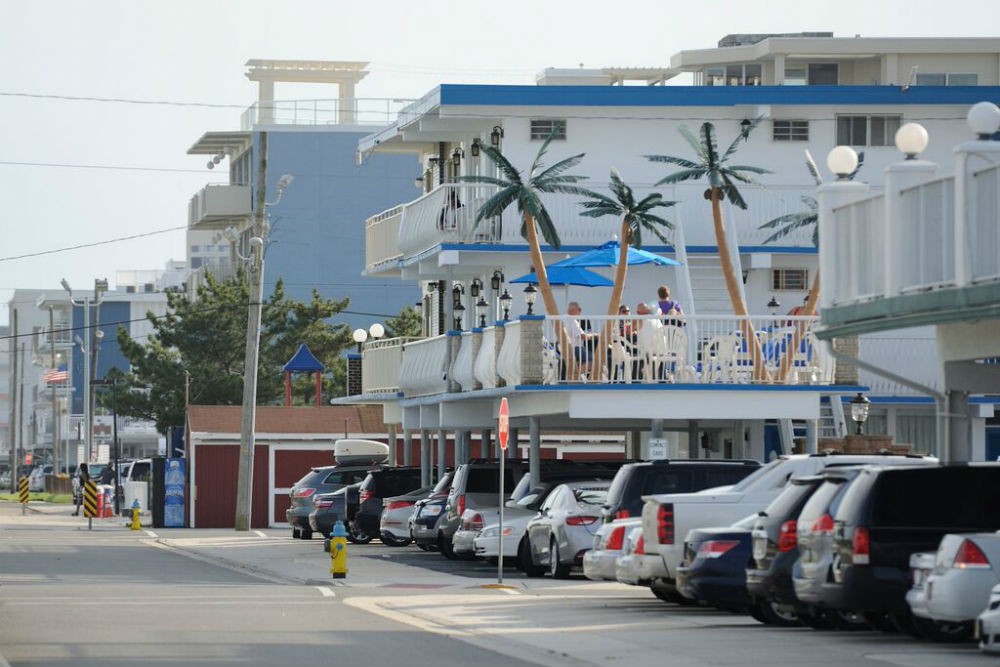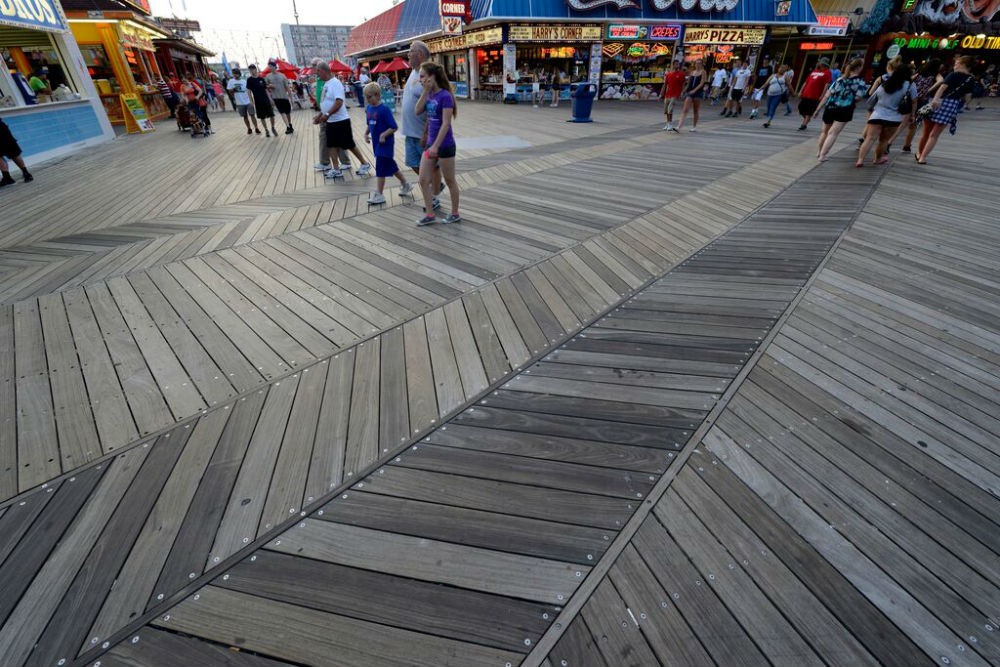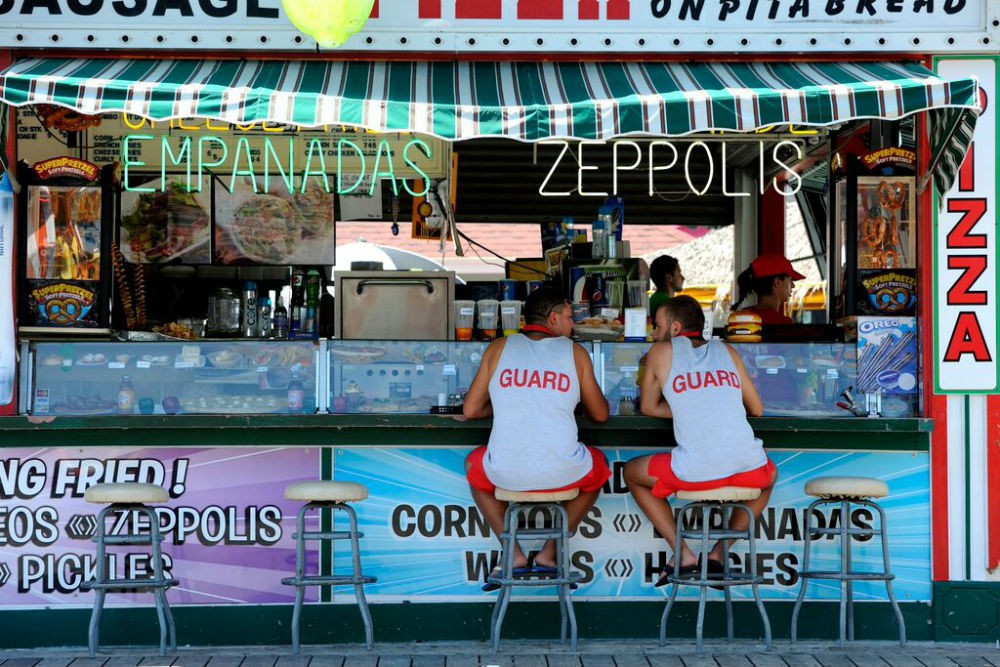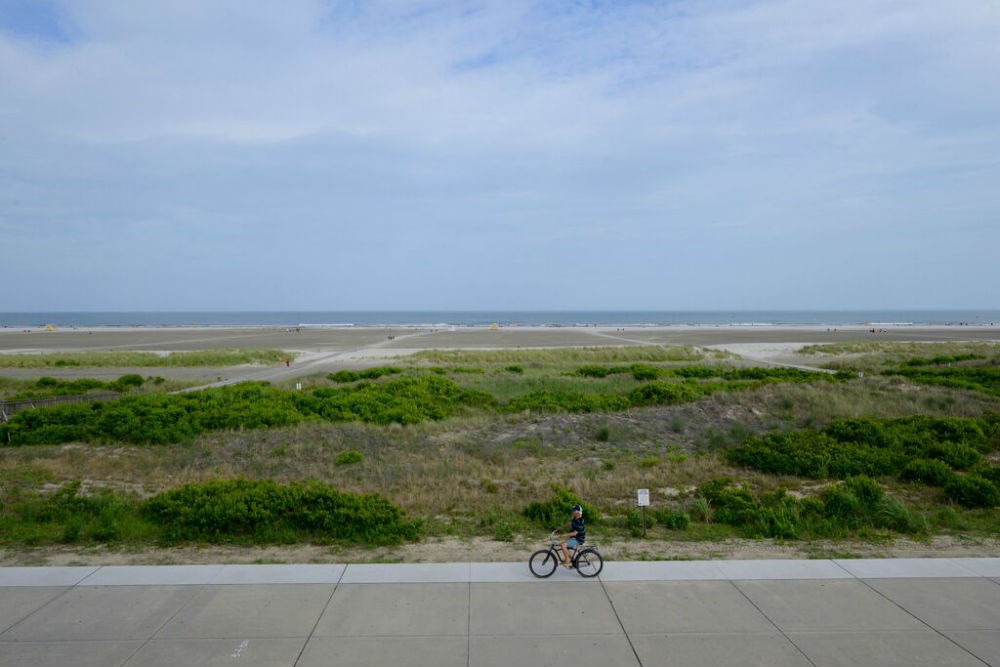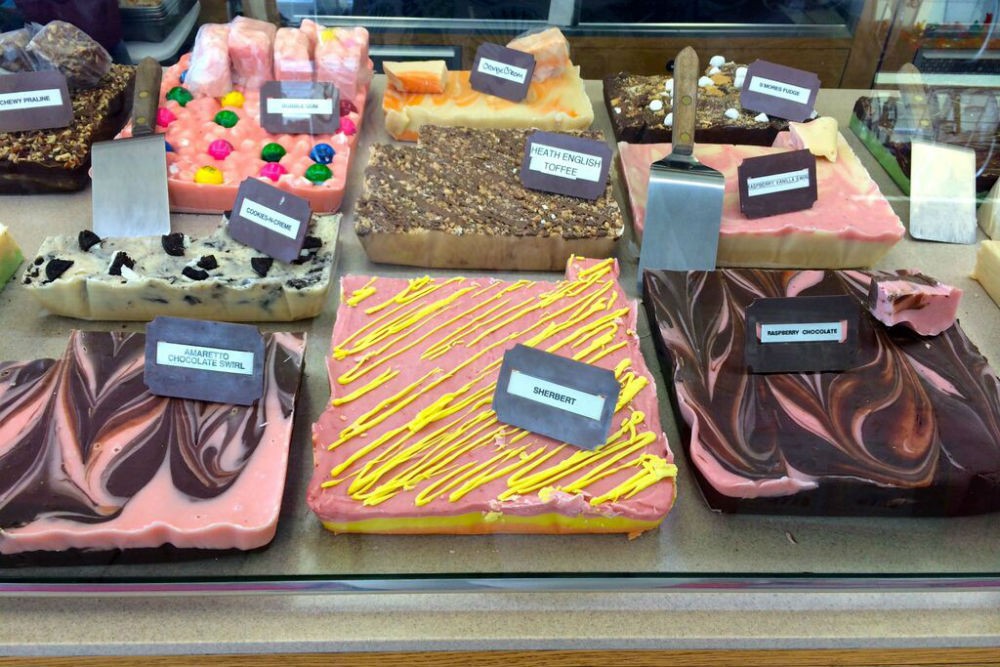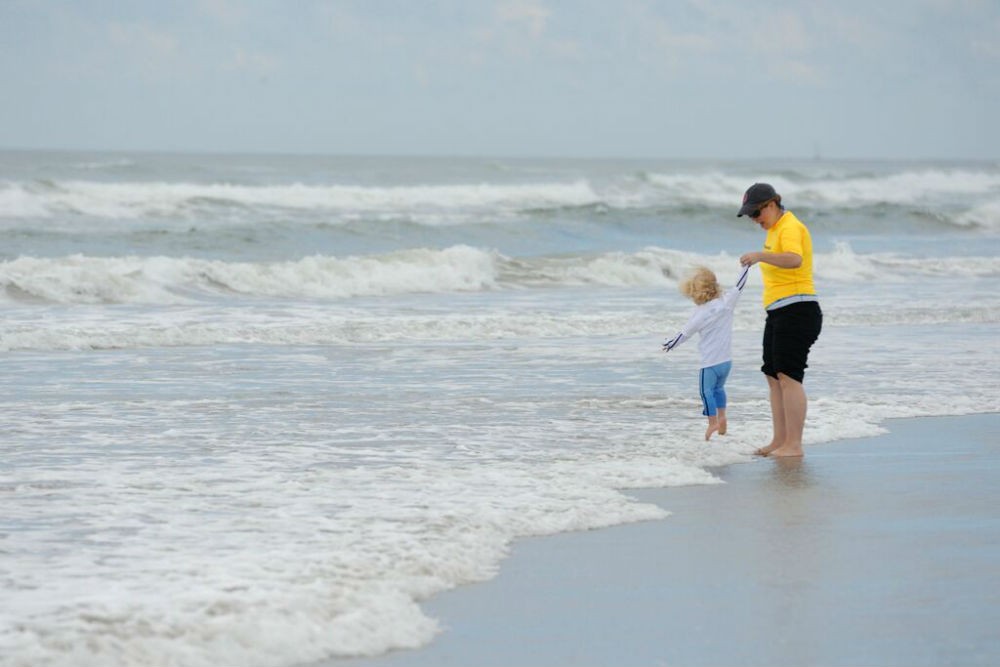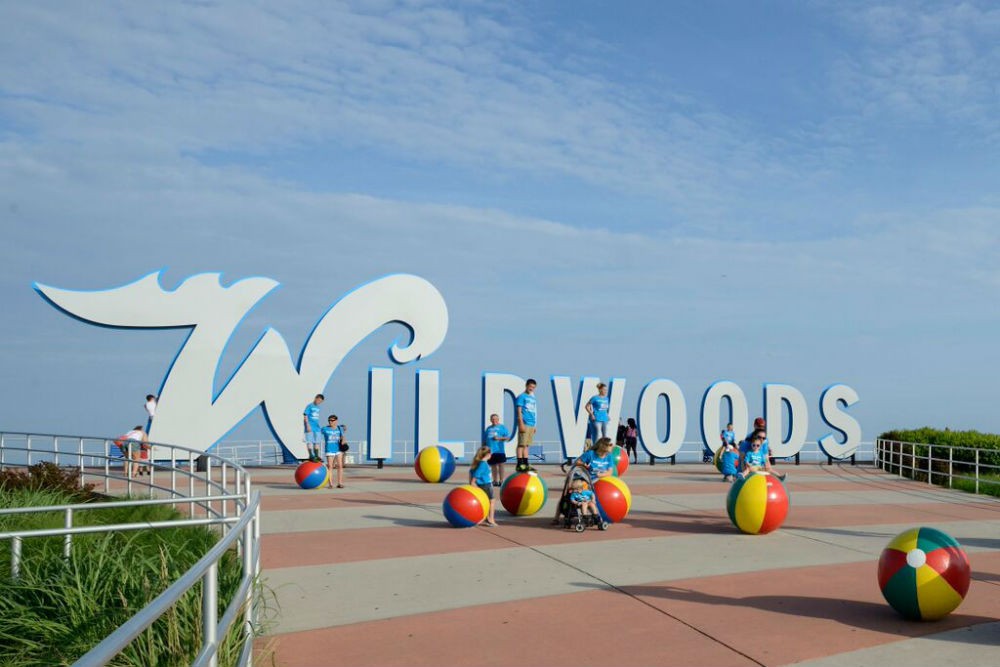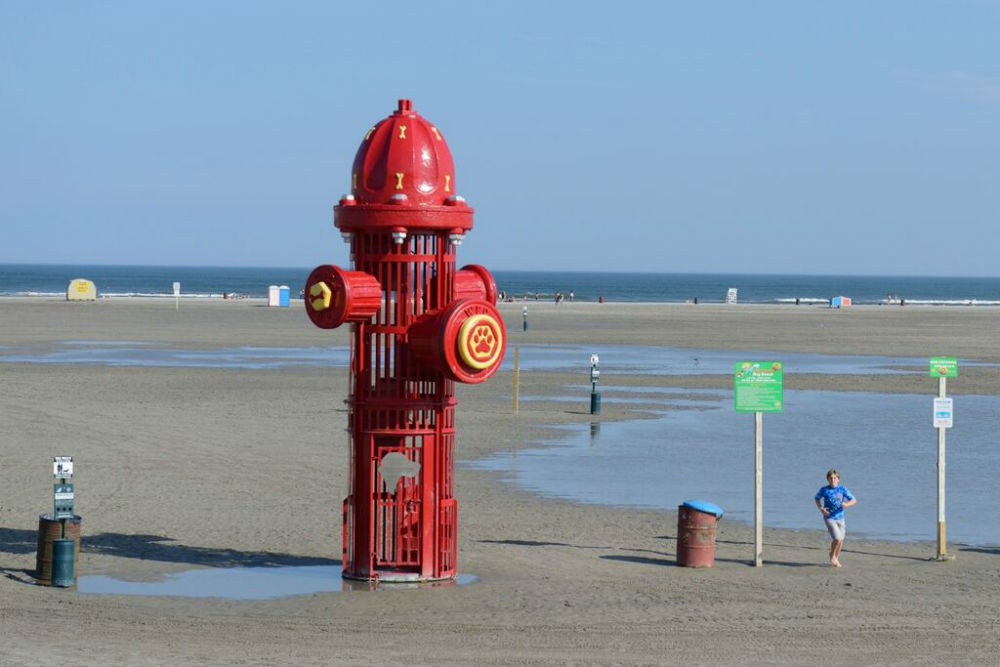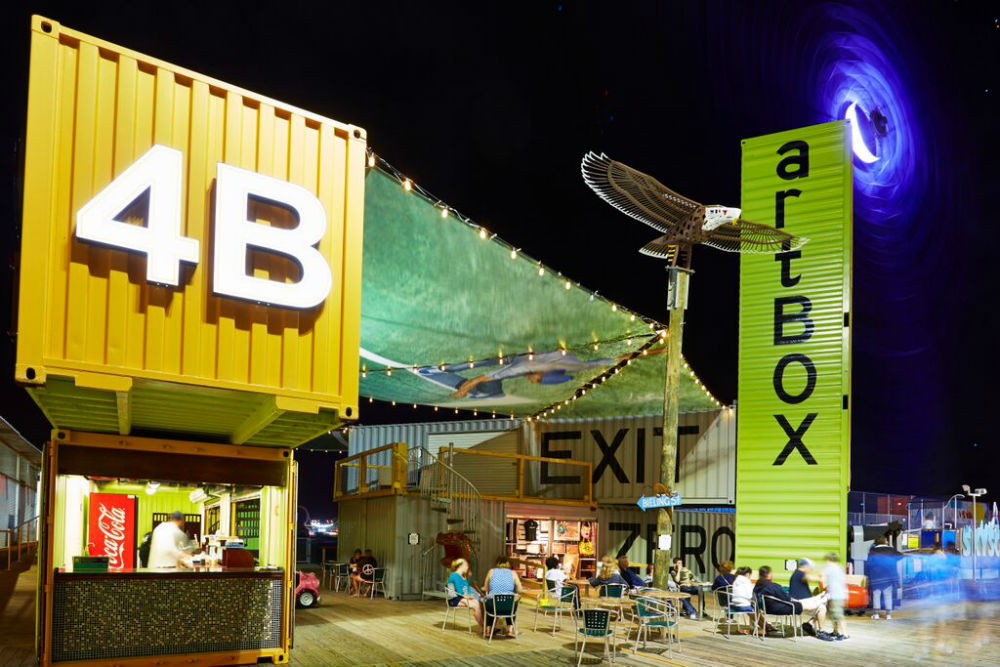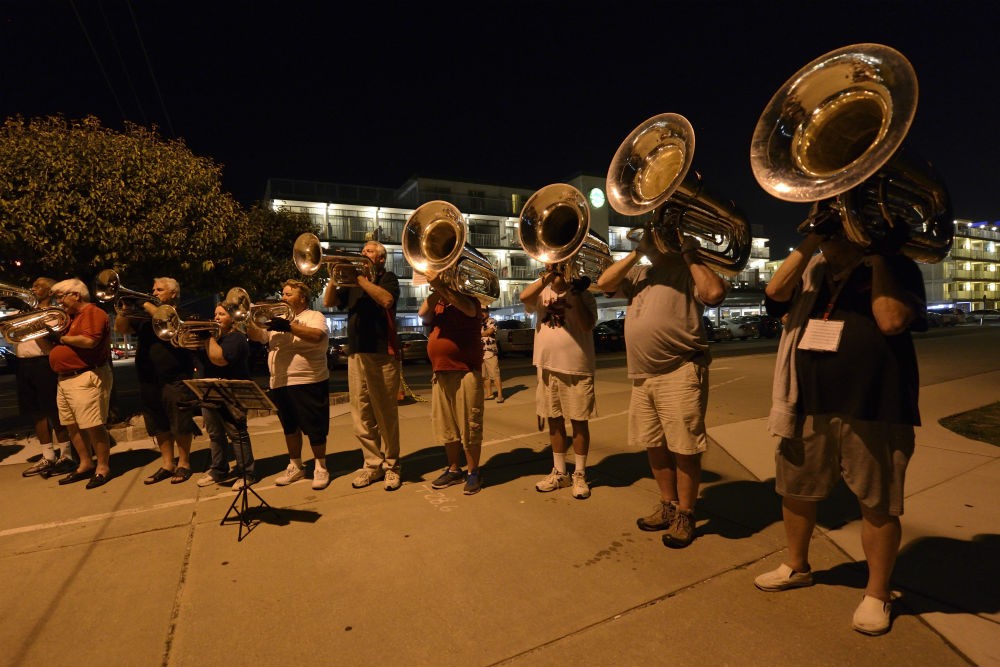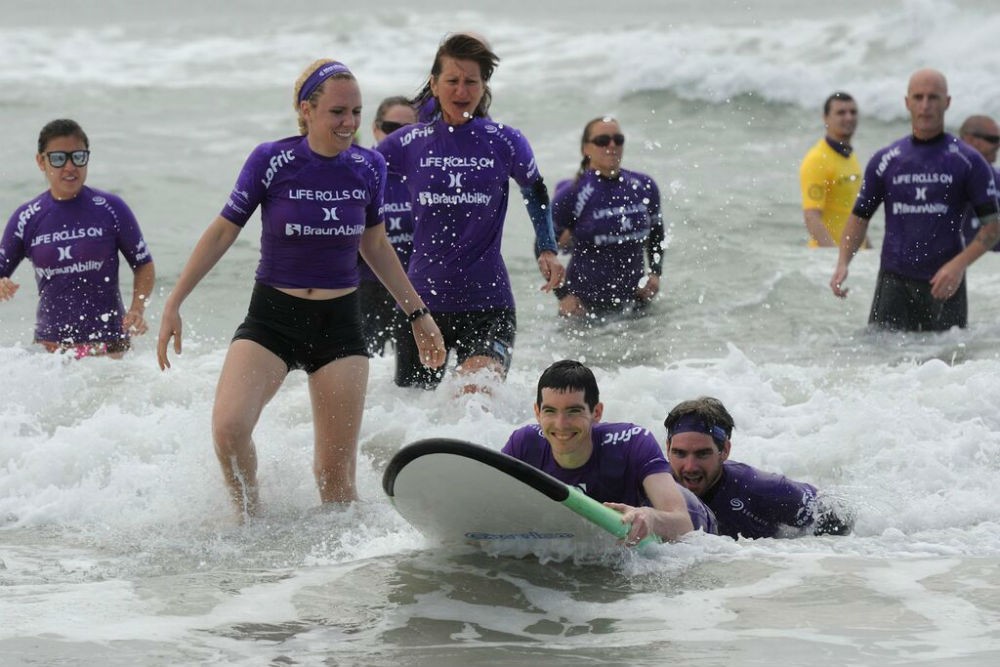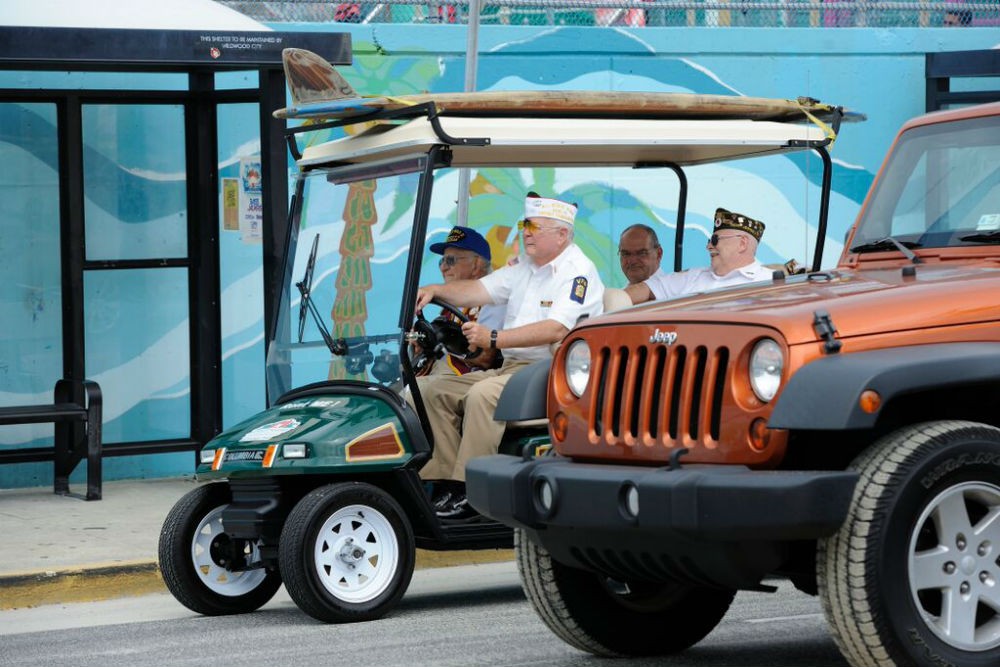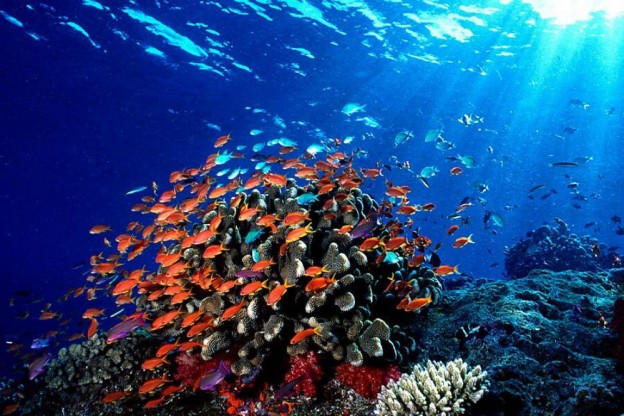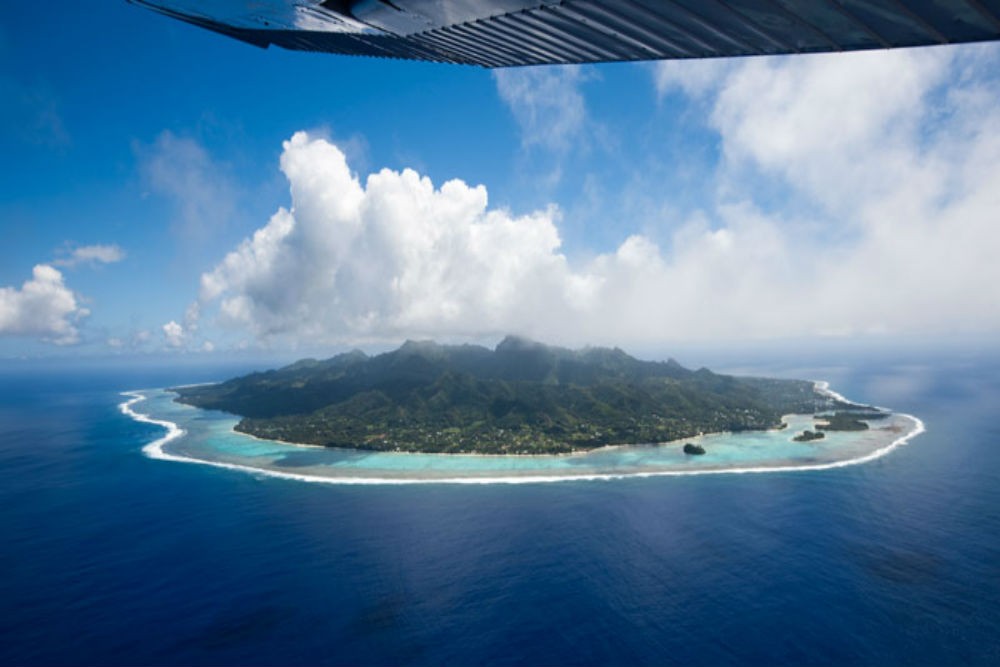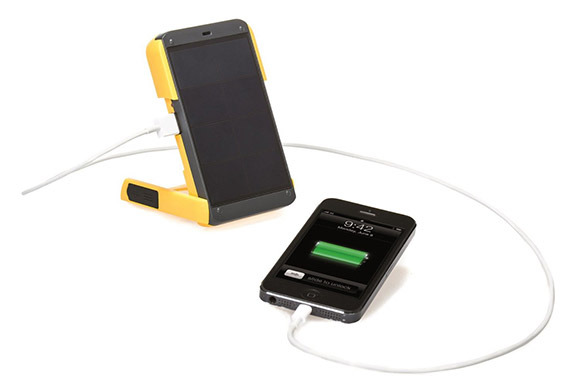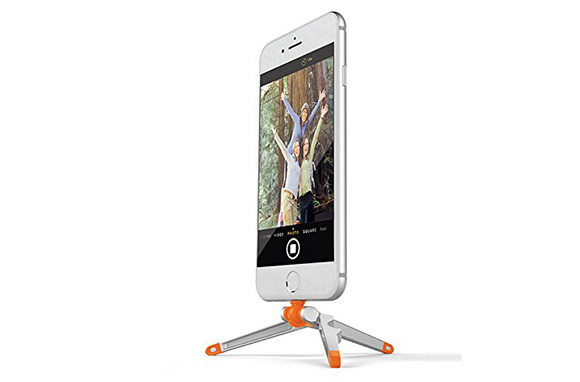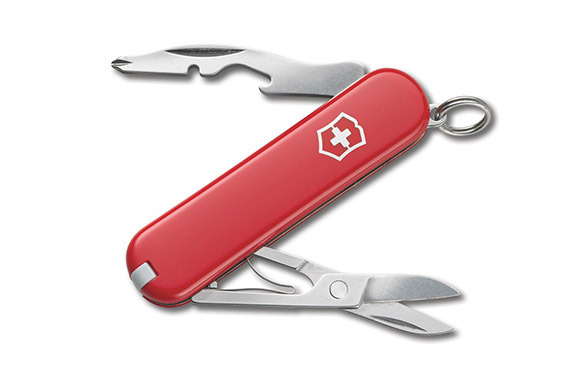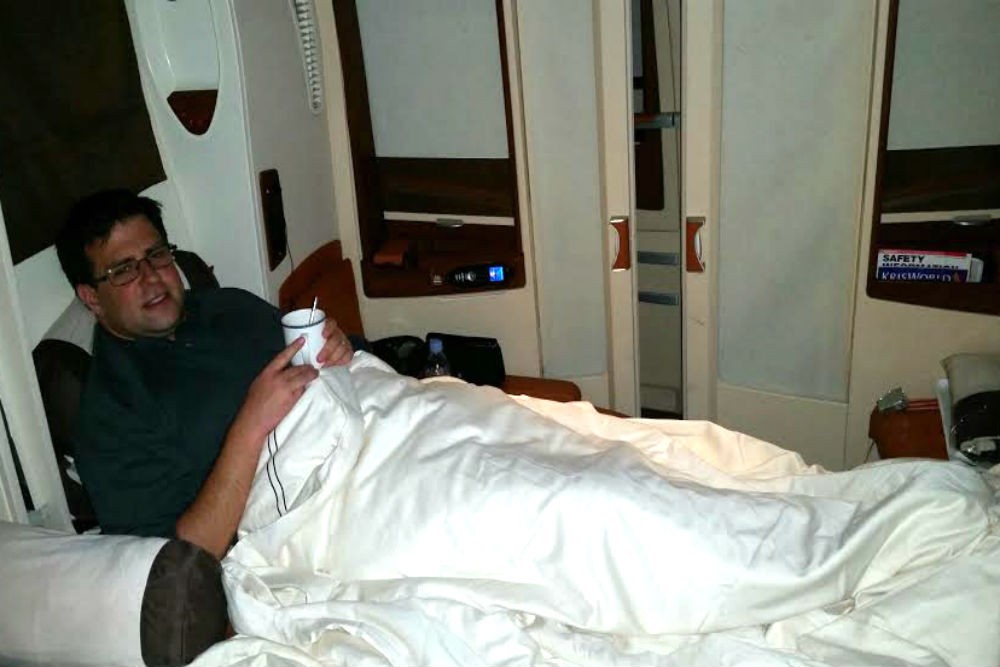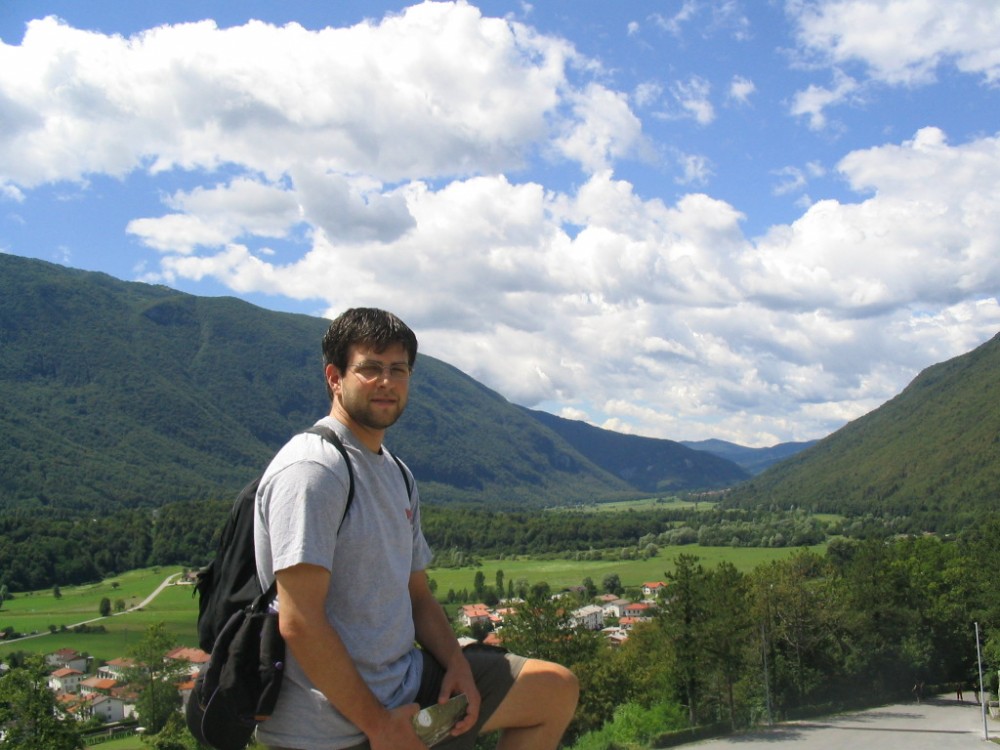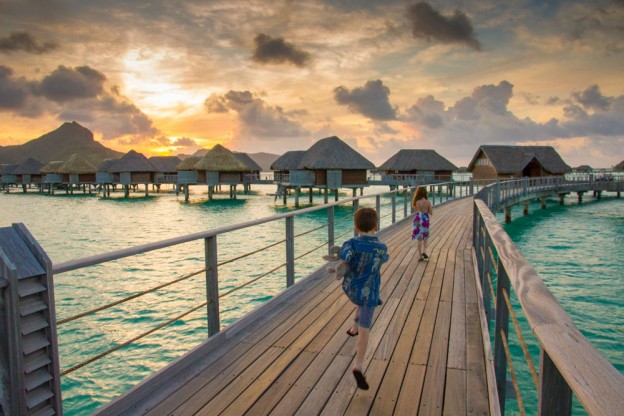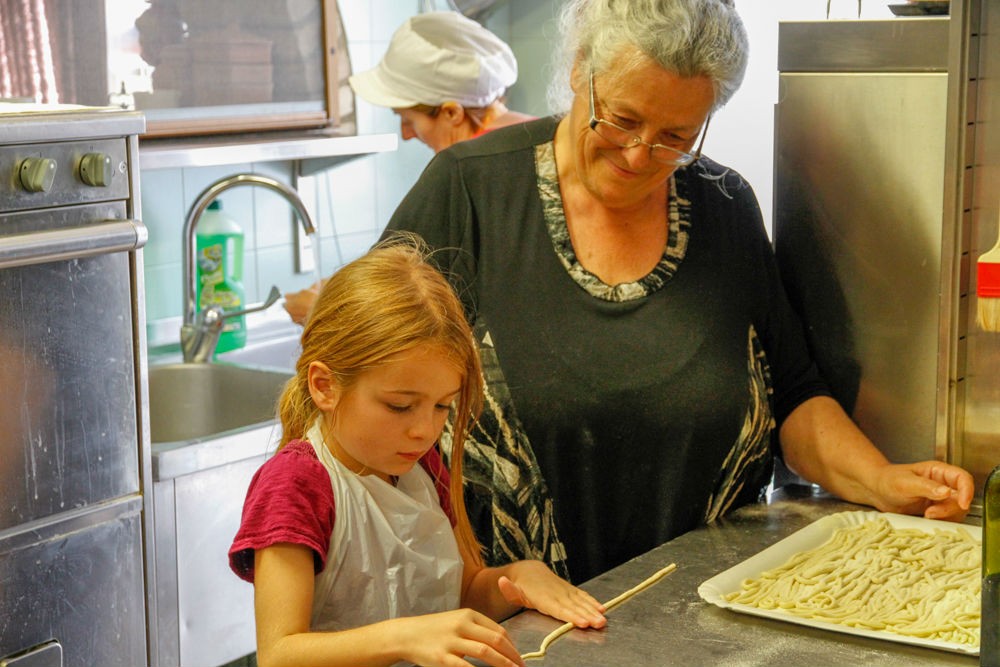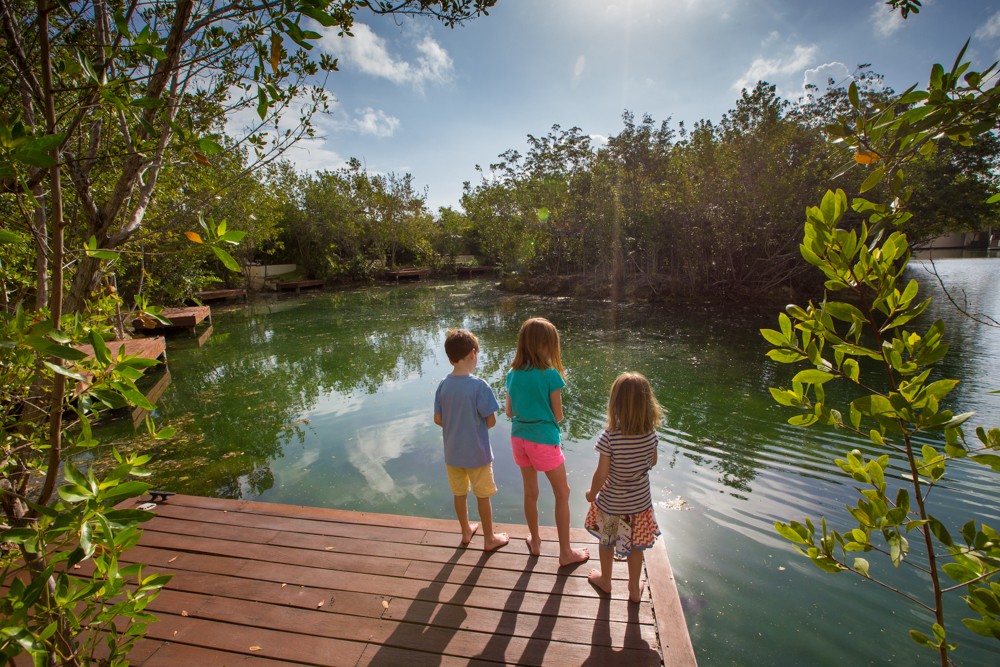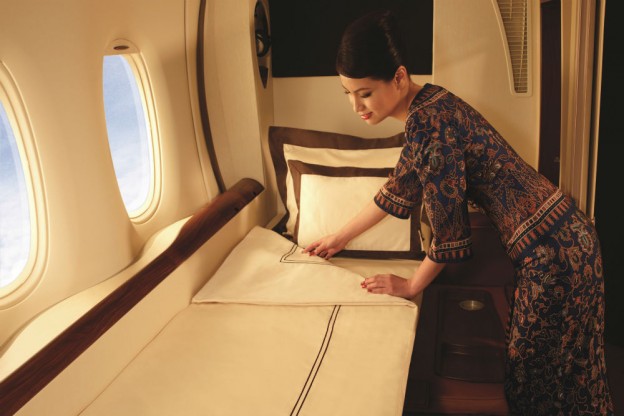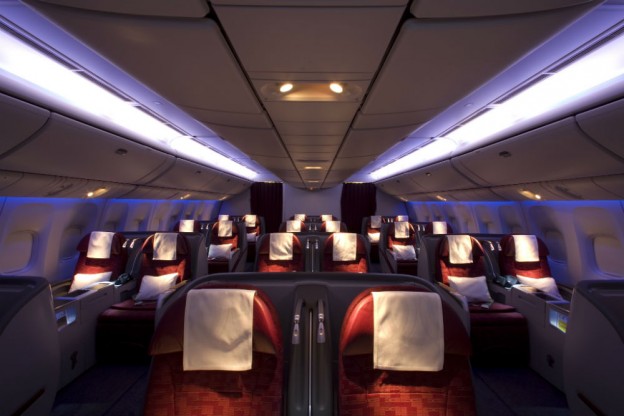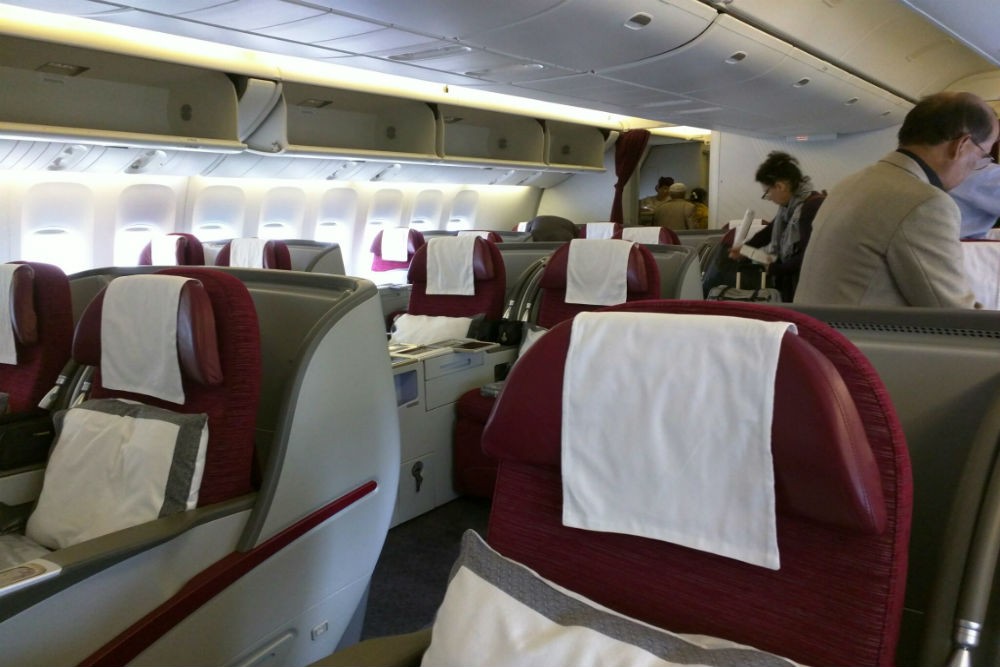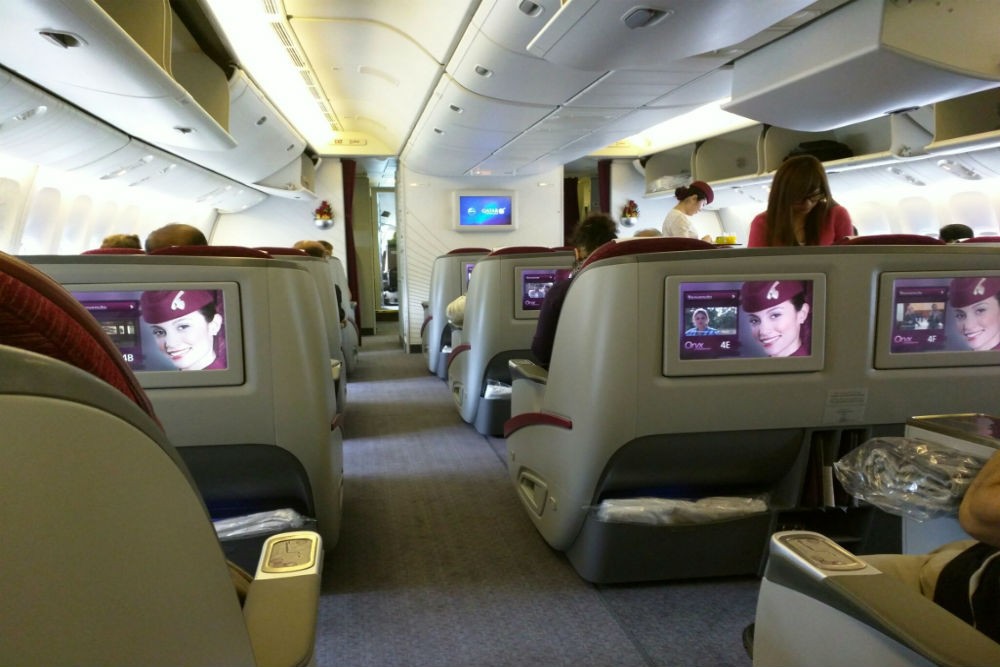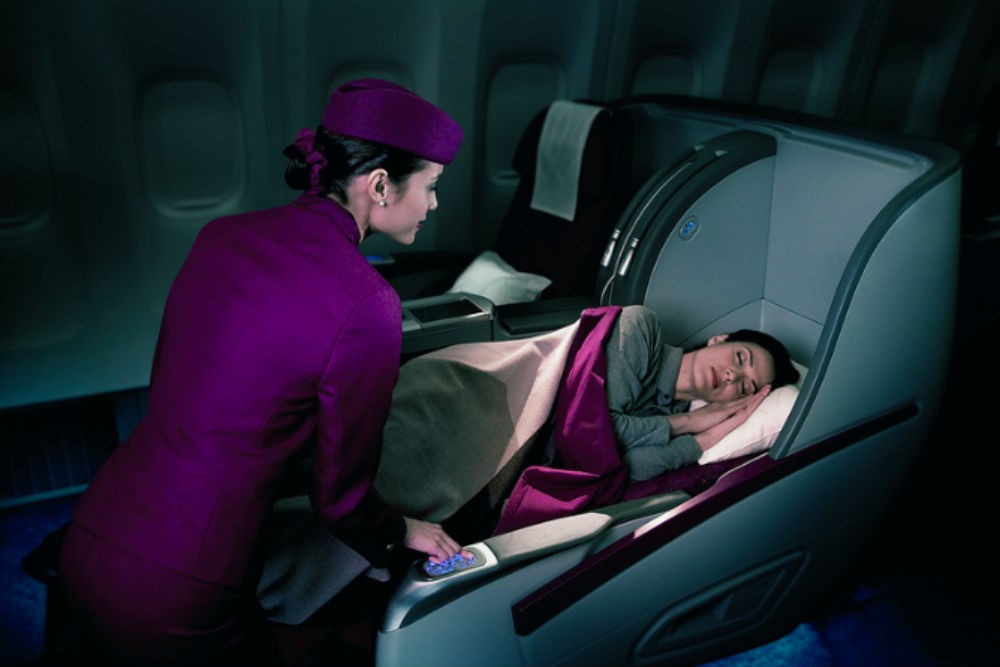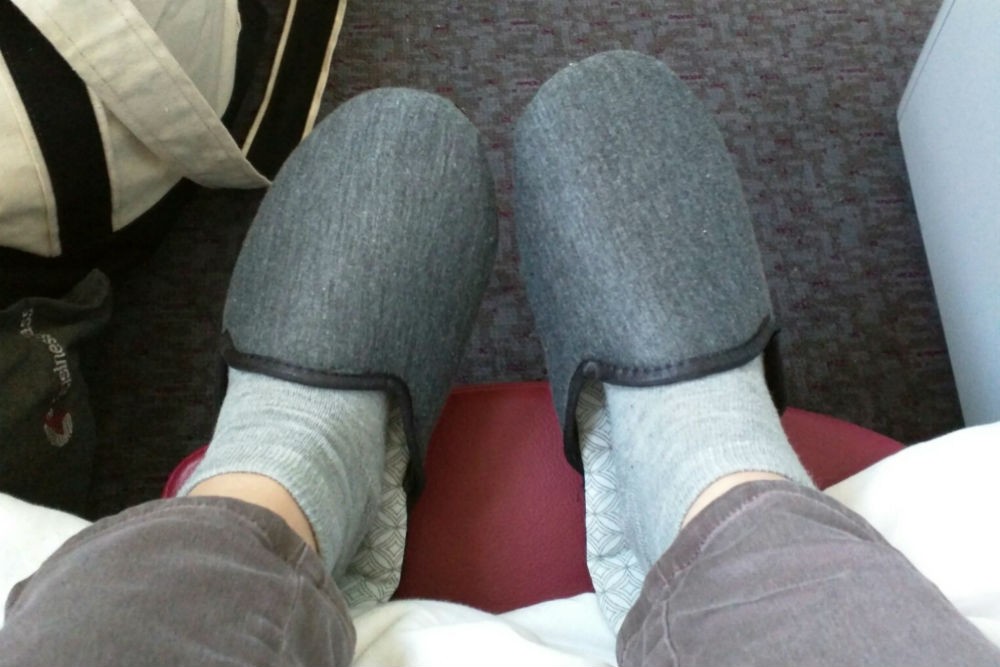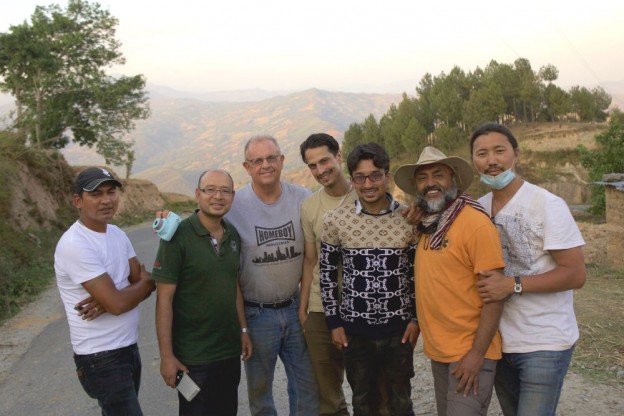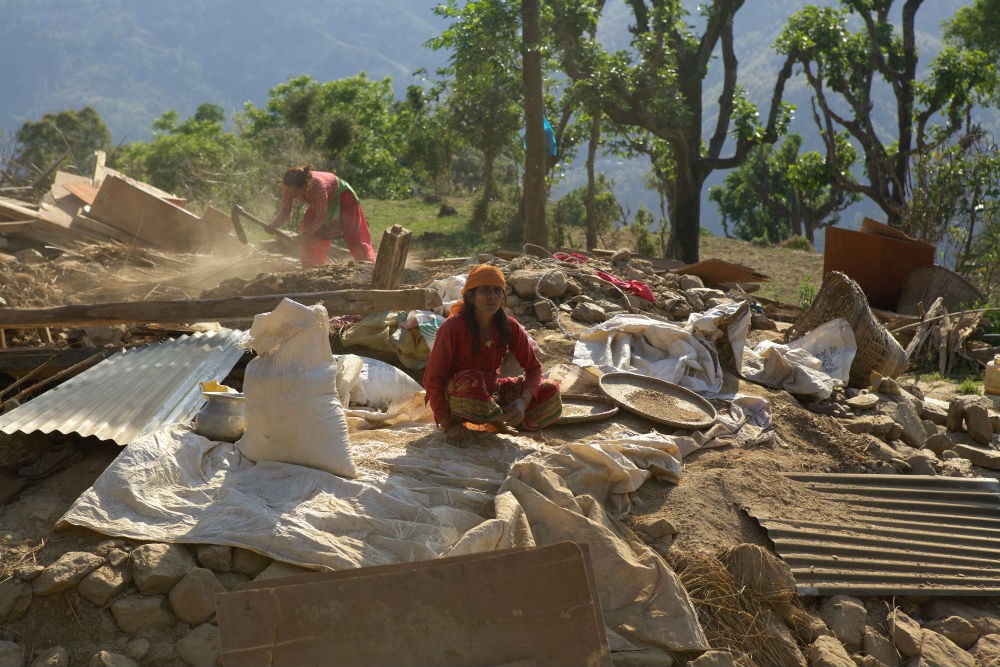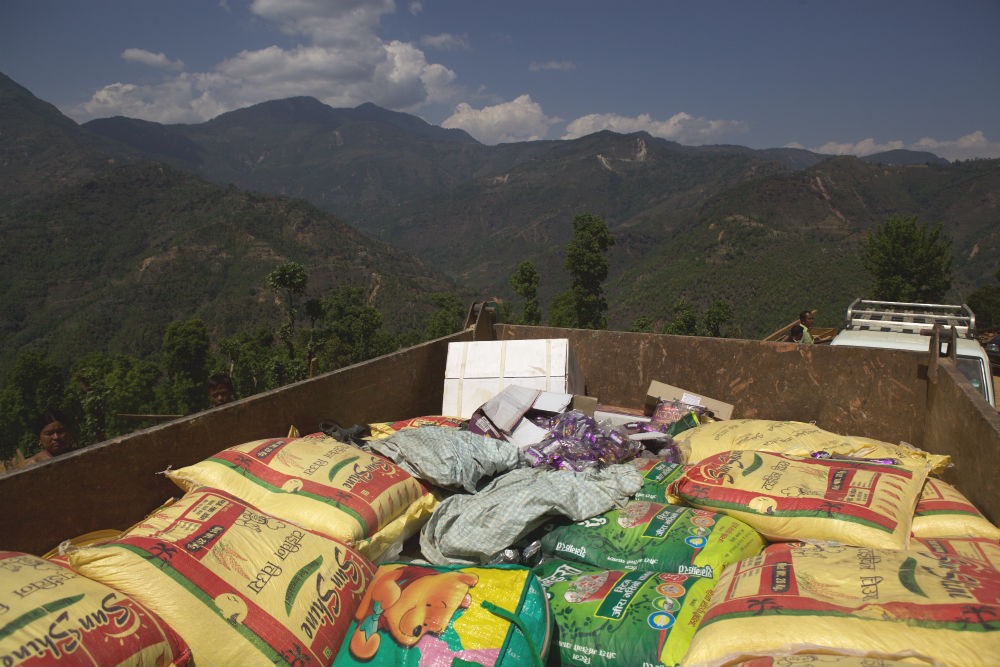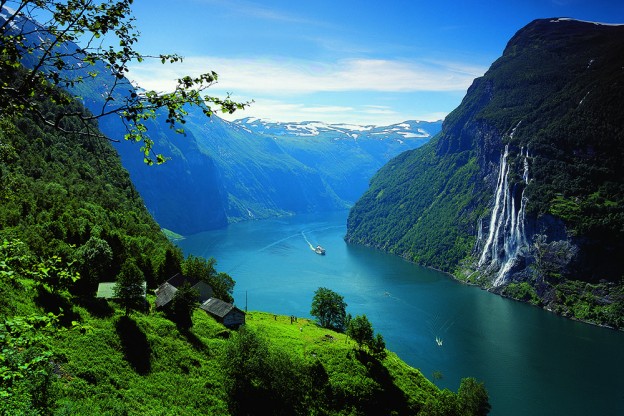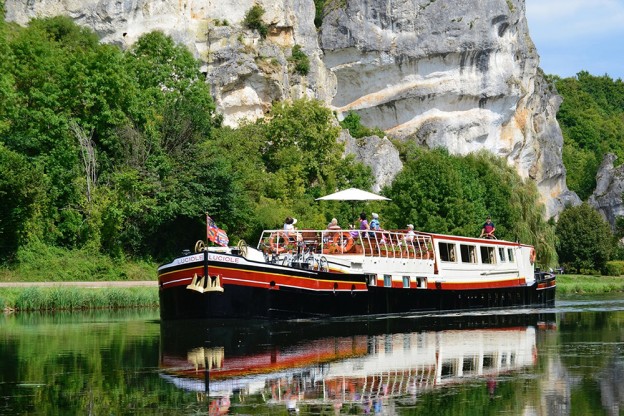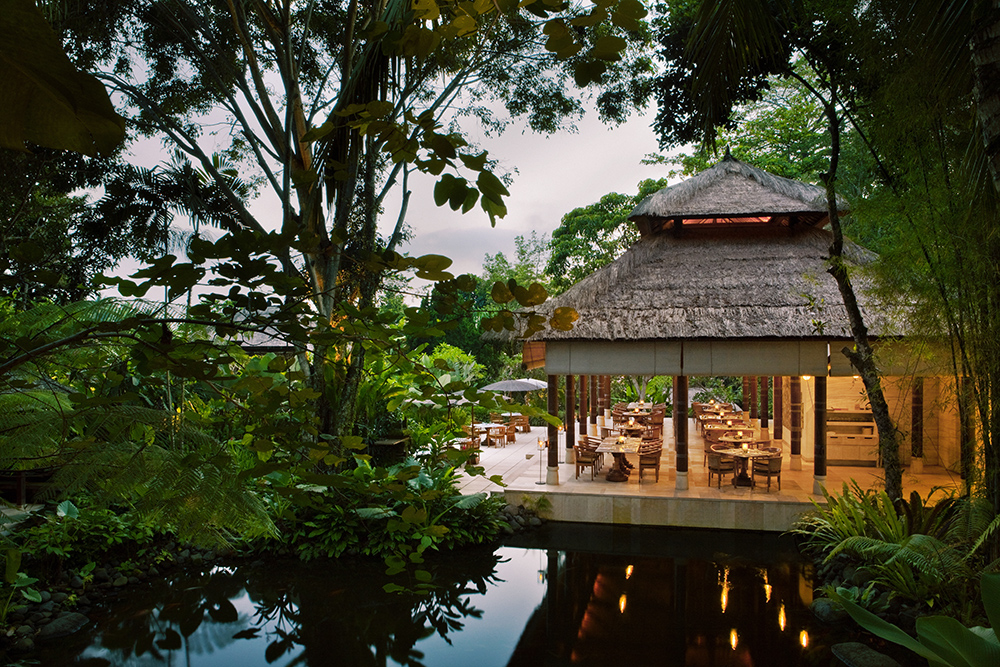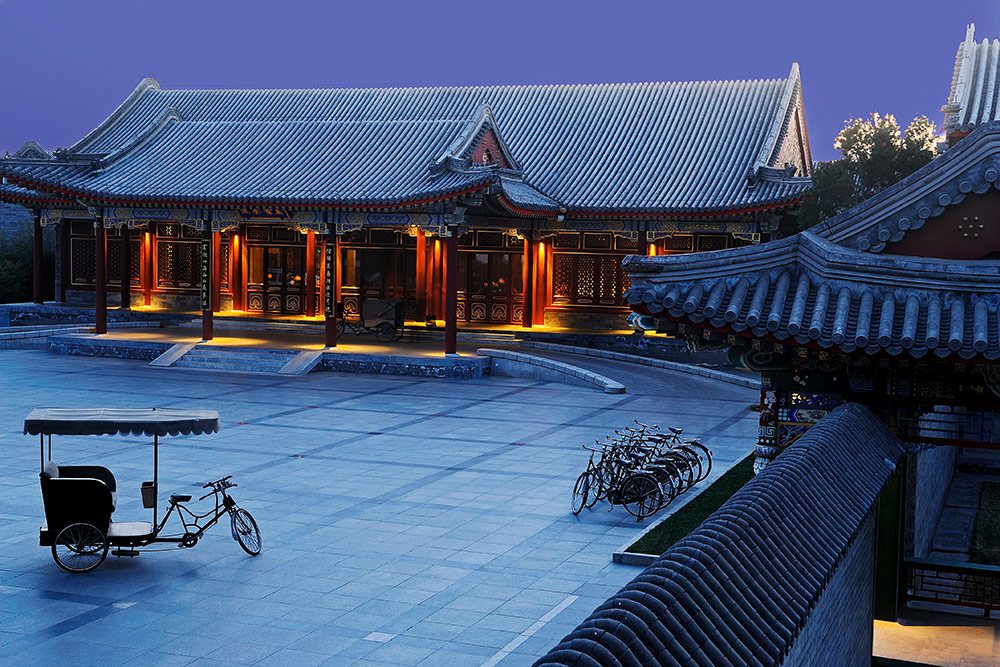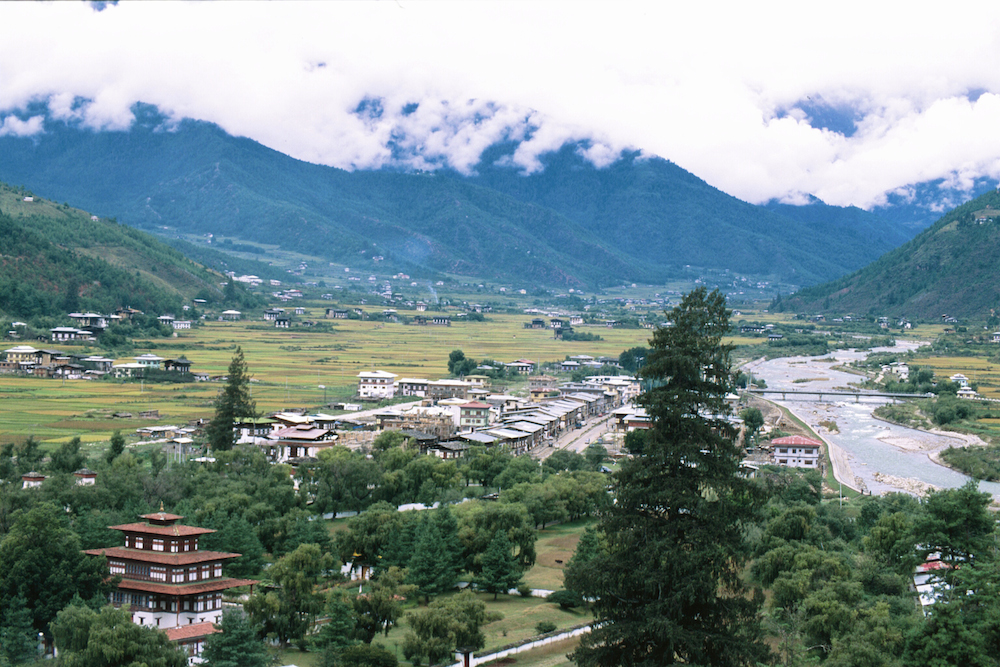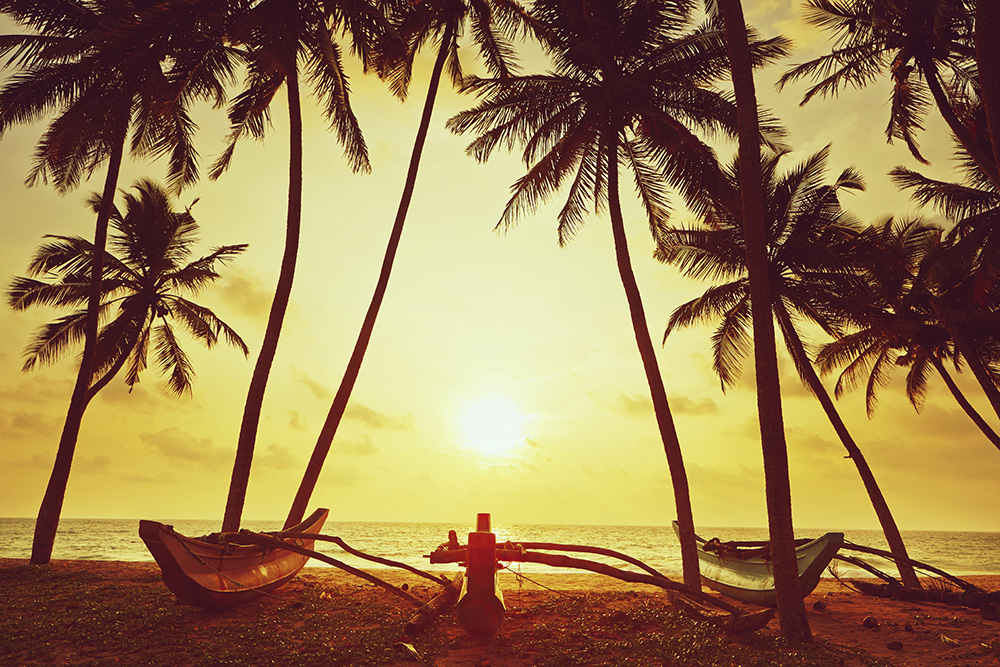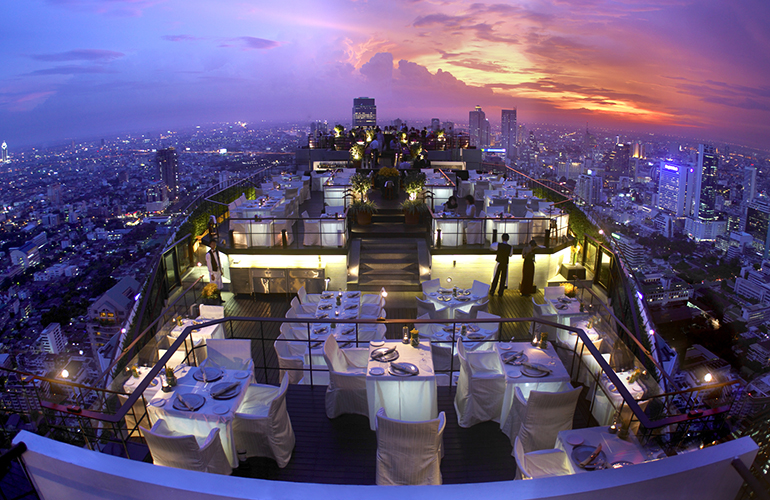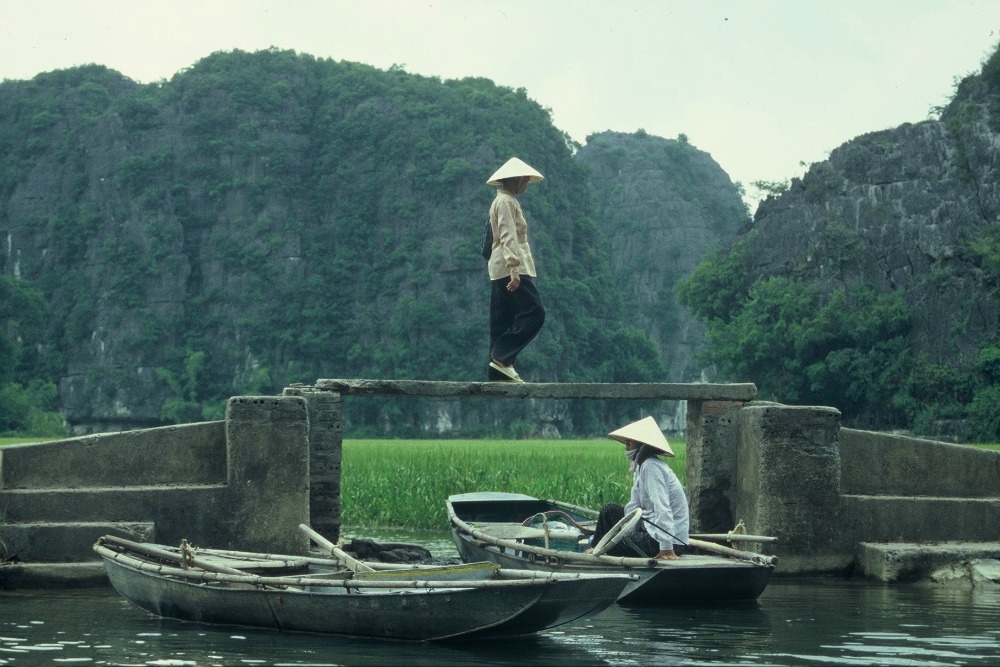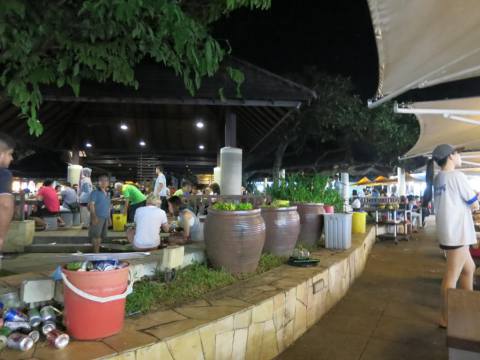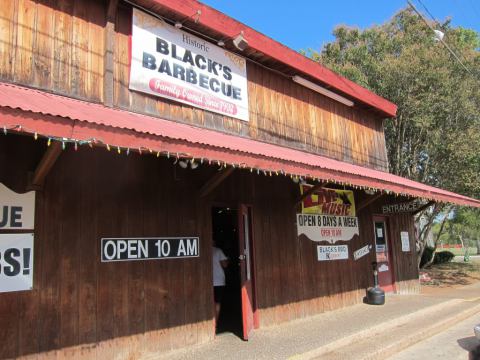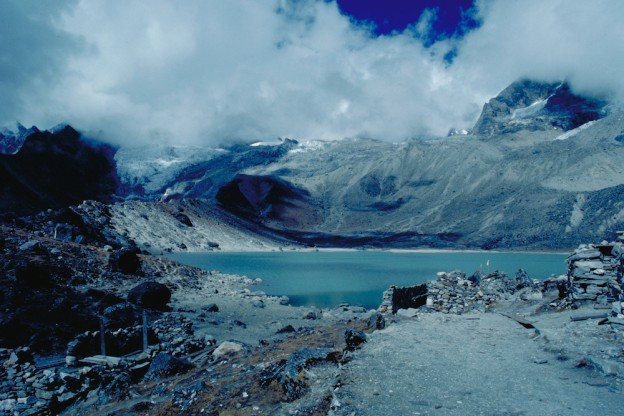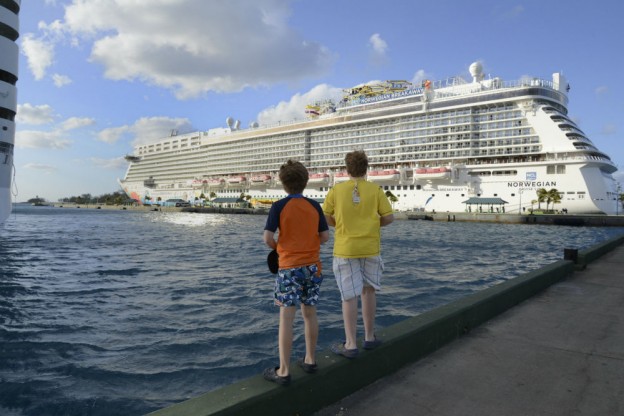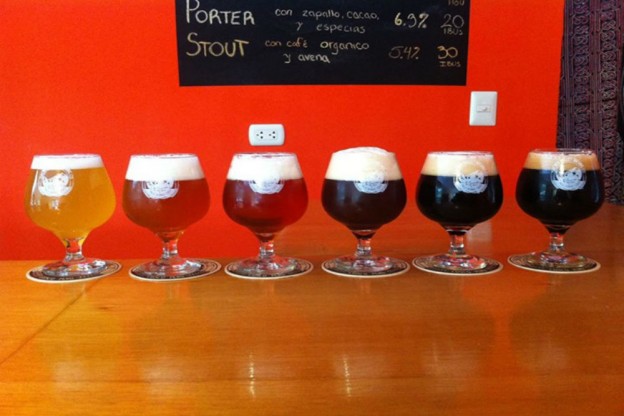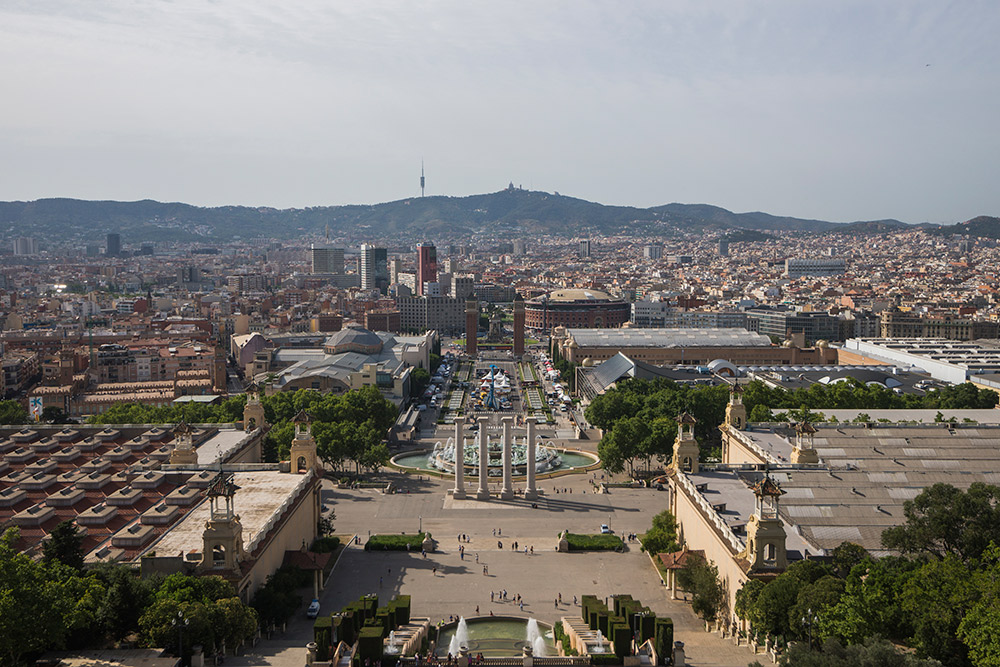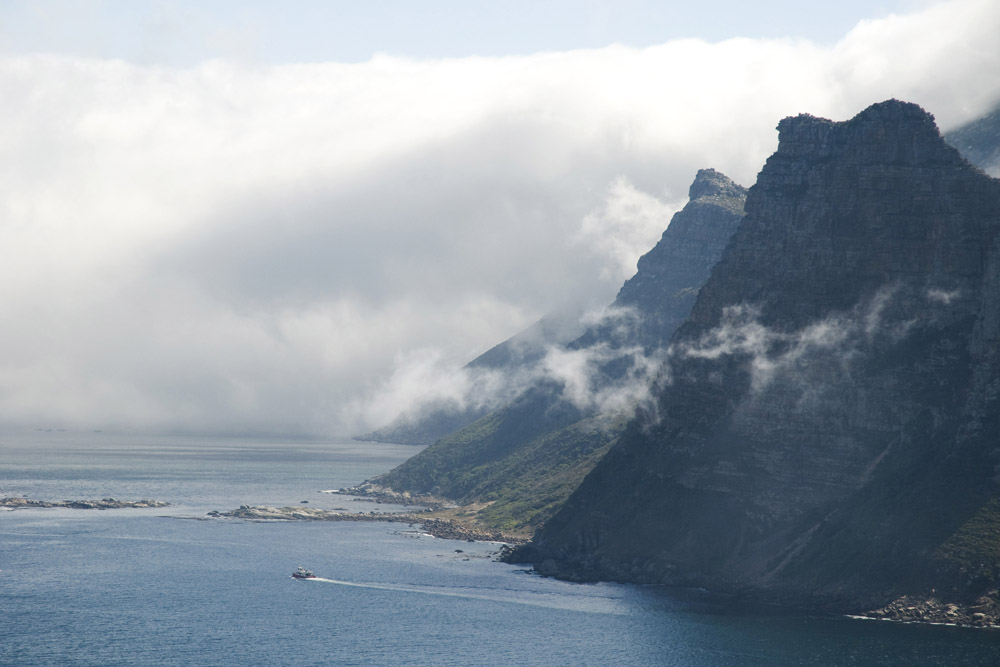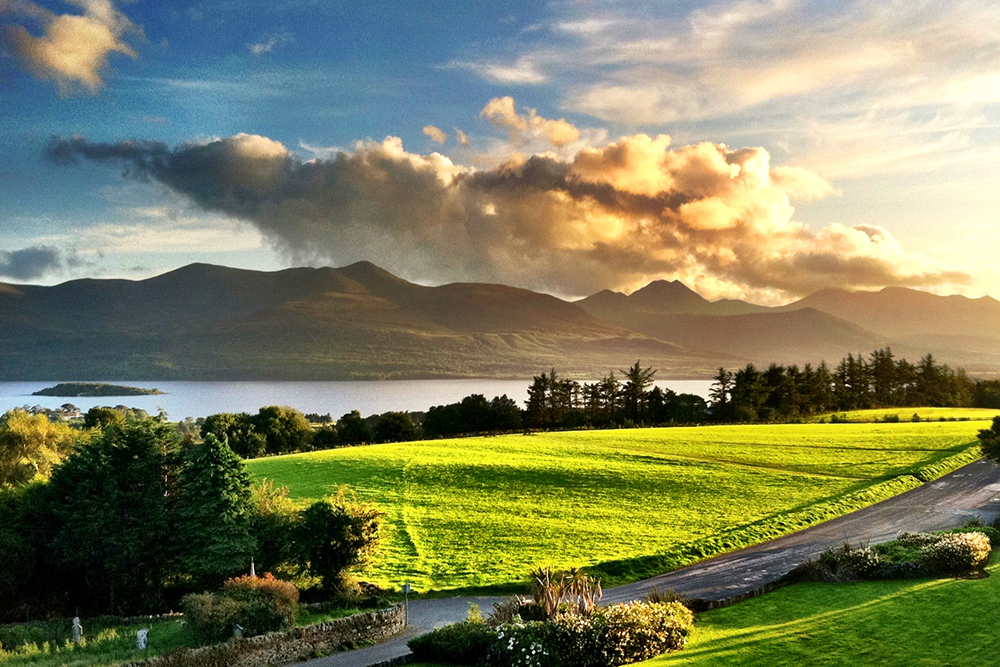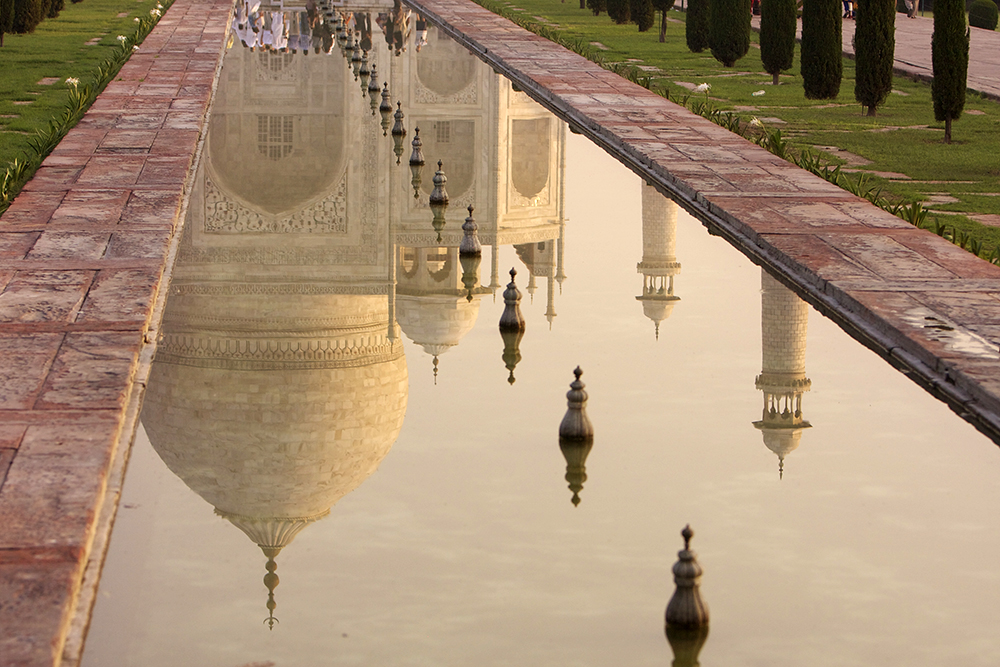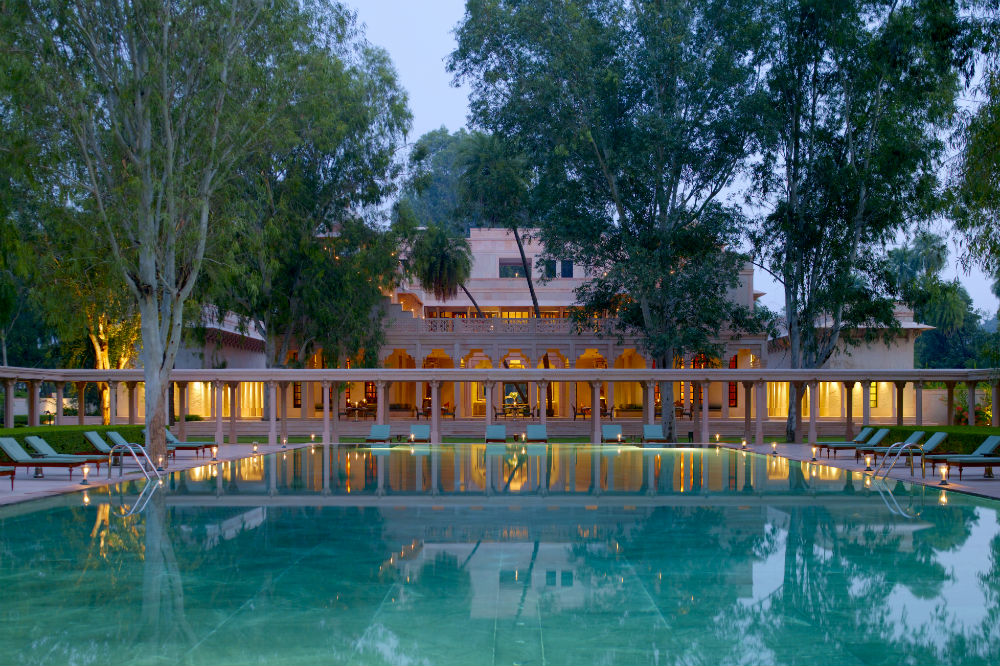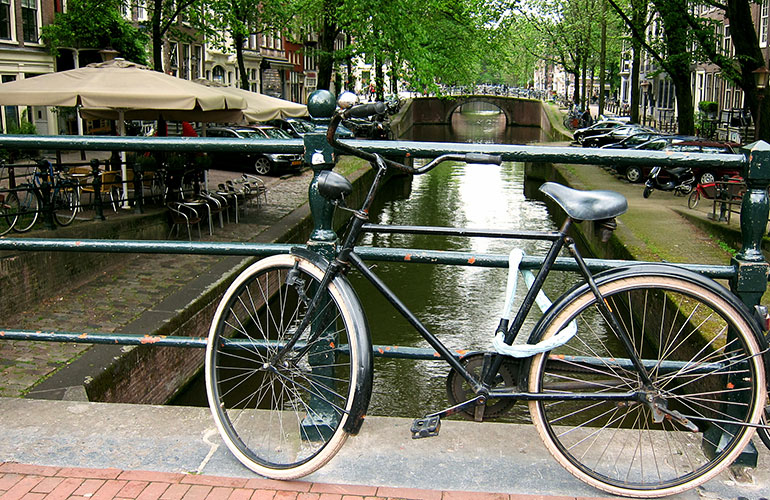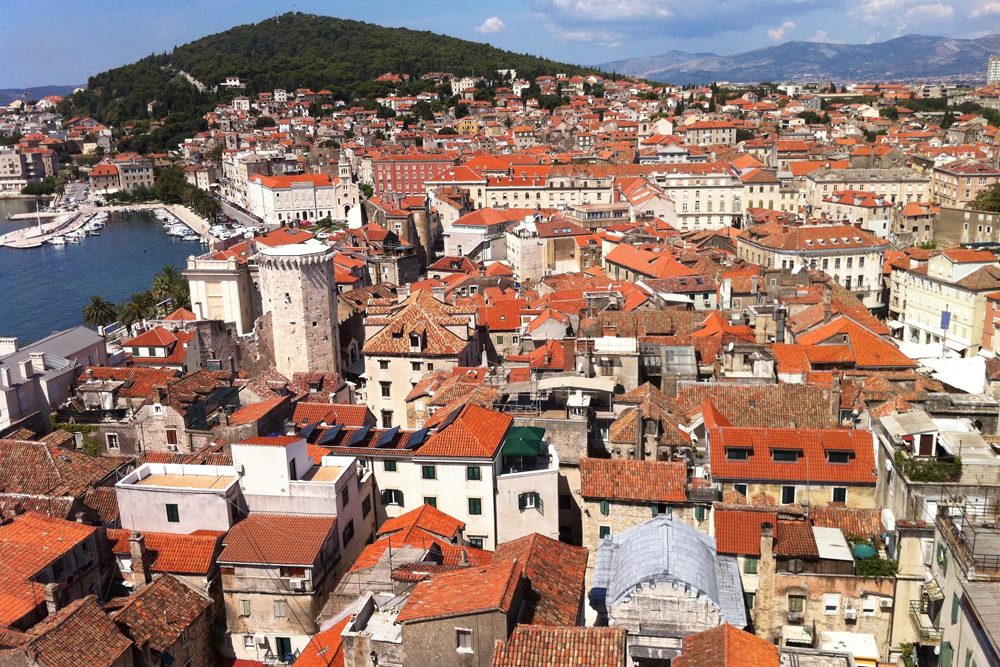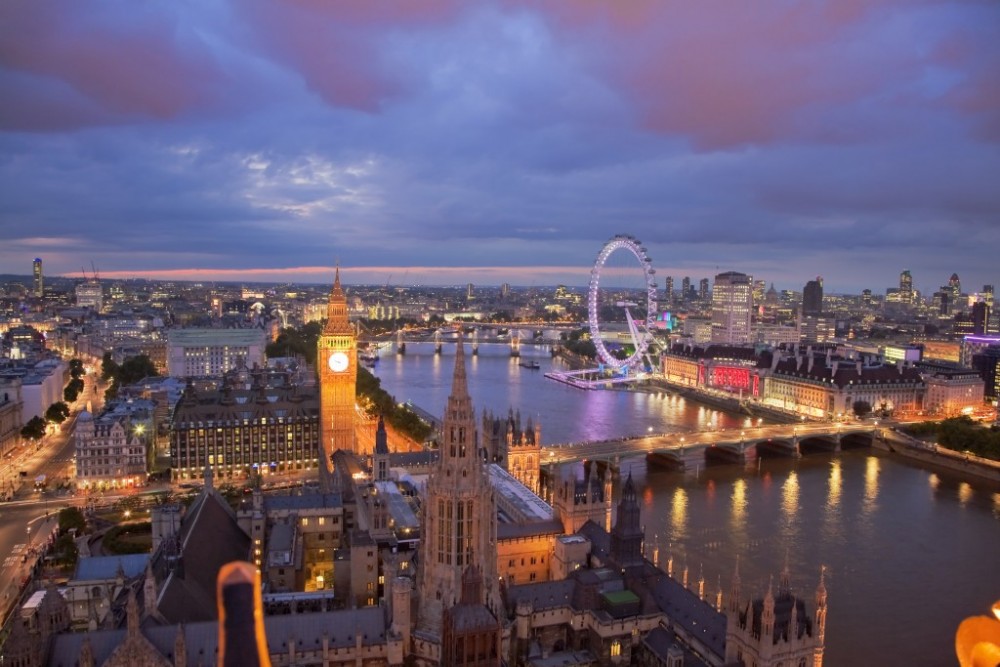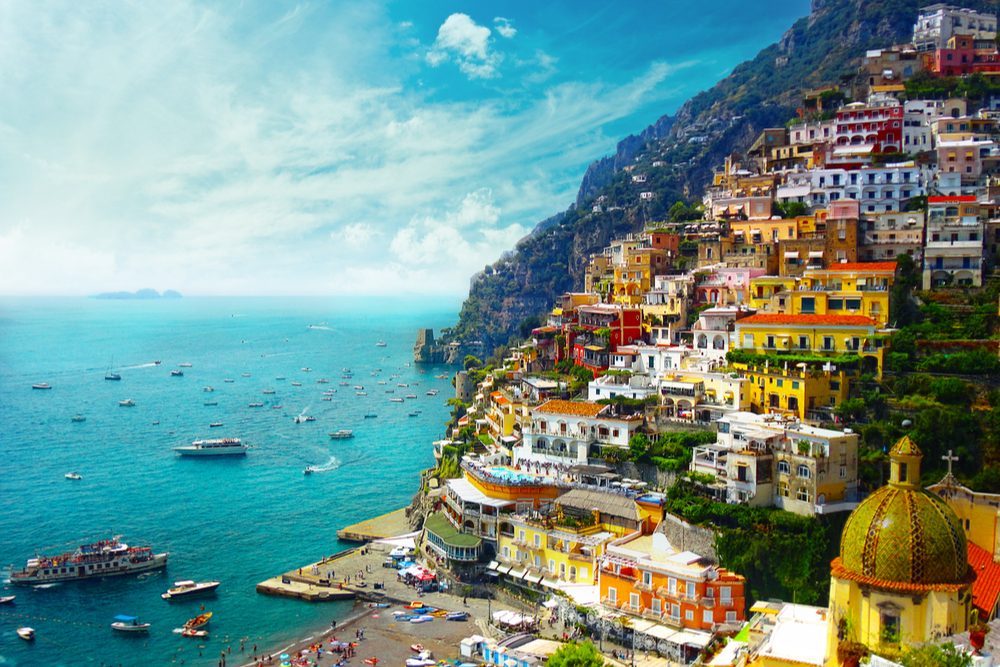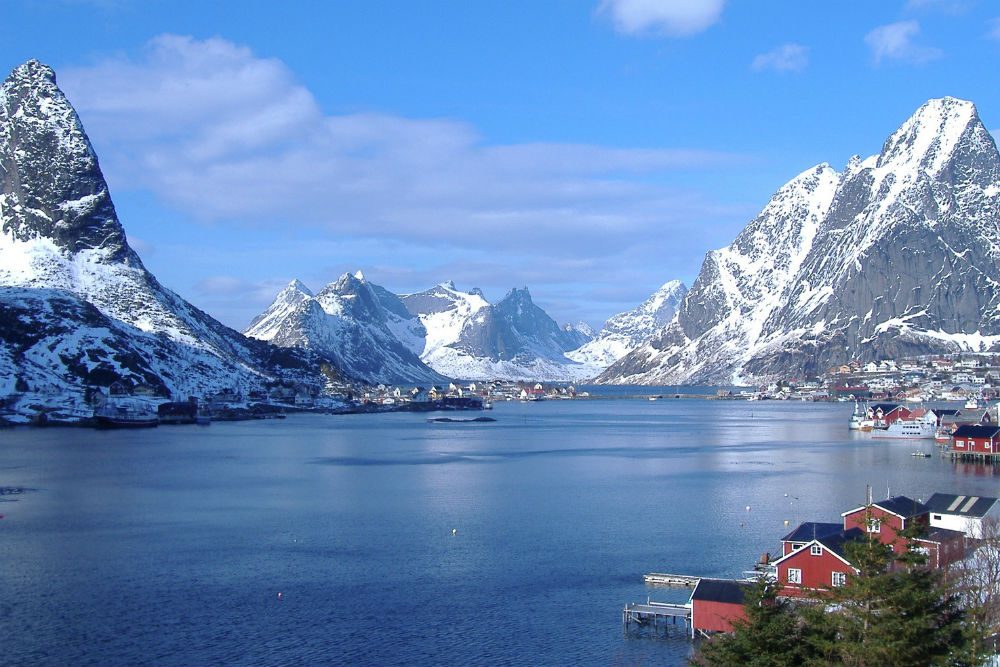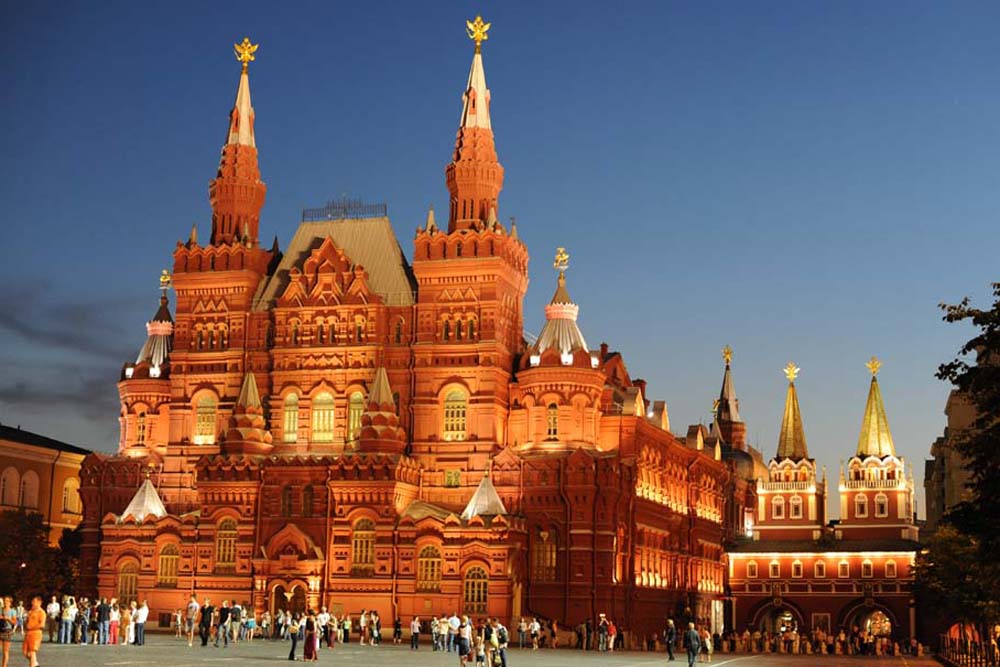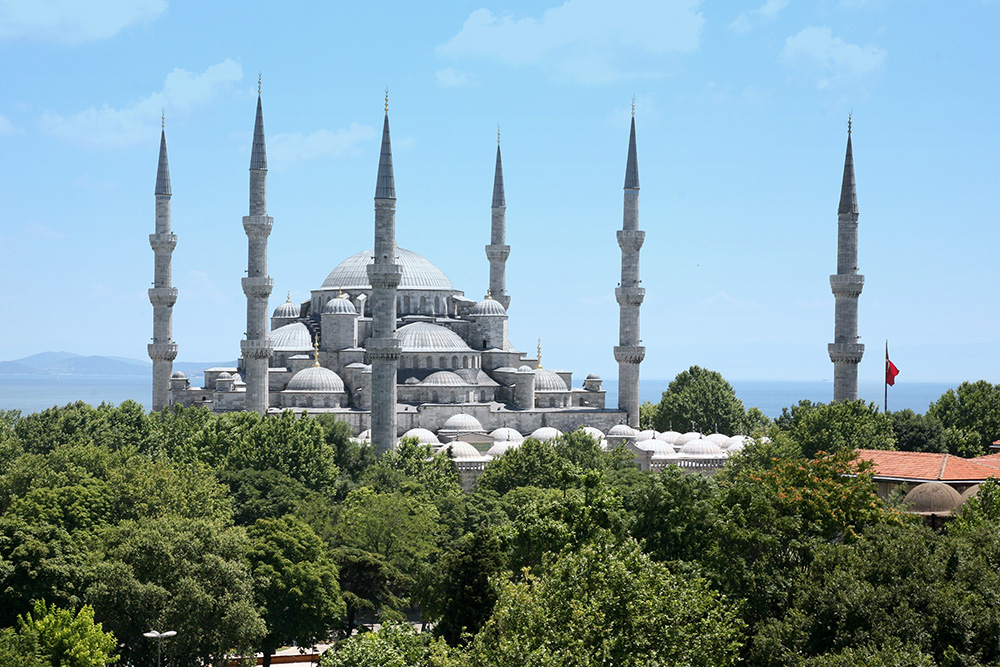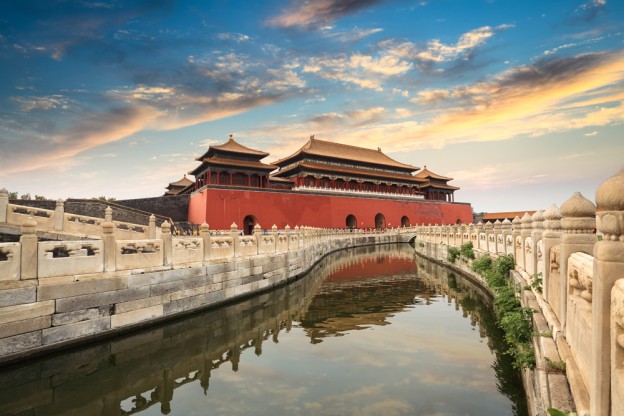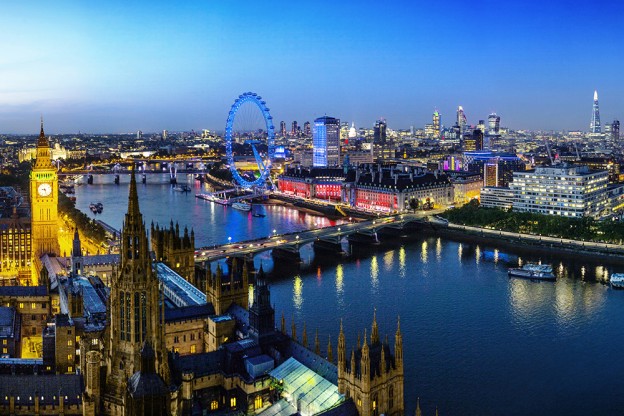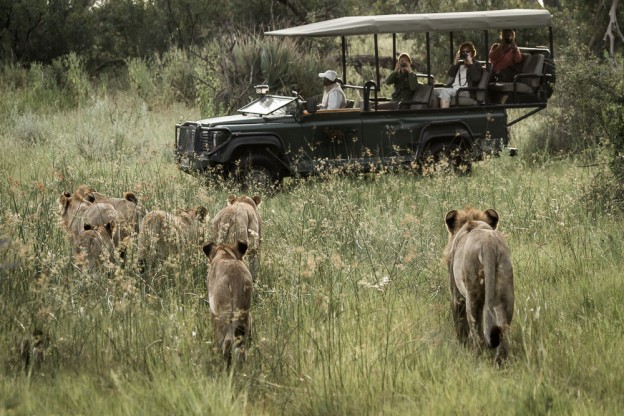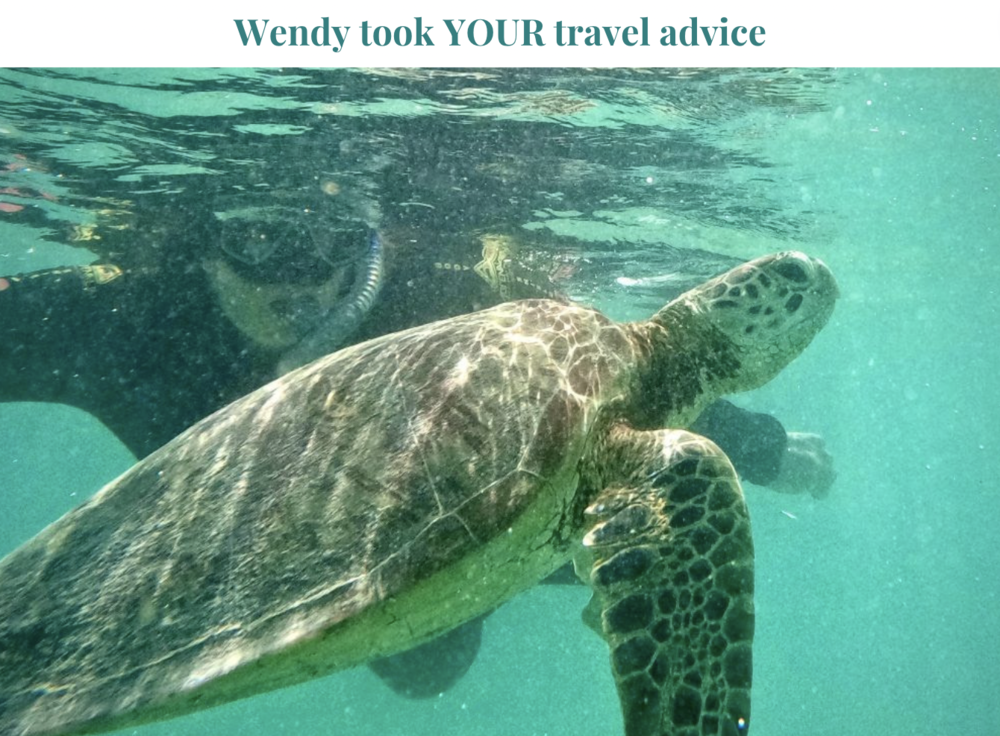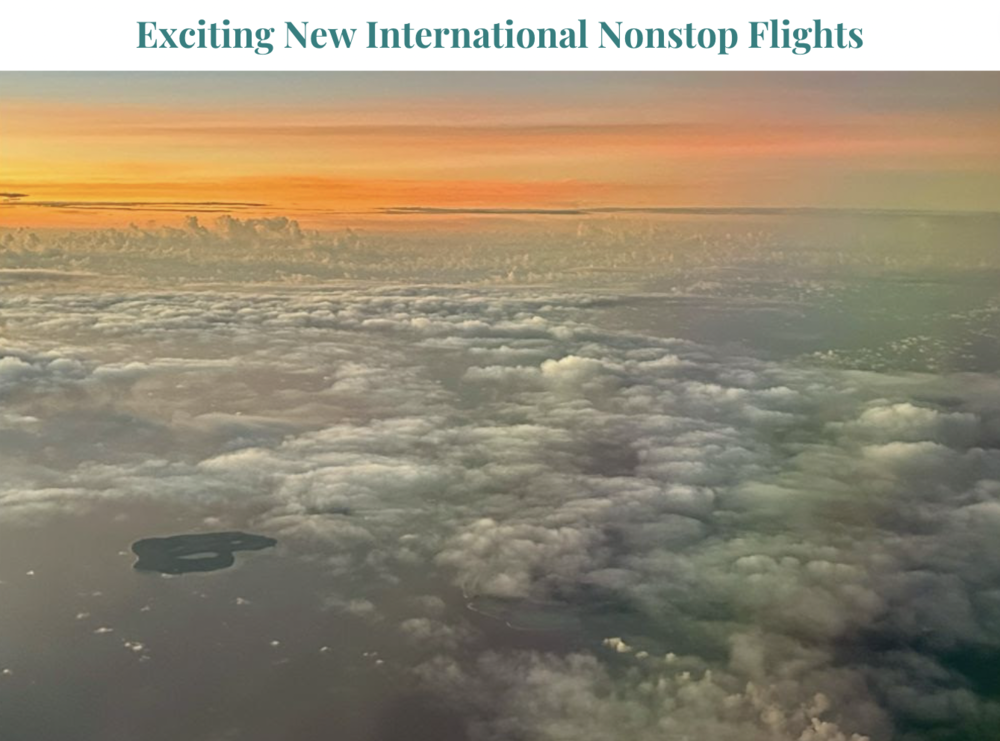Last week was a big week for me and WendyPerrin.com—and I didn’t even travel beyond New York City. Instead, I sat in a light-filled conference room at Dream Downtown with the best itinerary designers in the world—the Trusted Travel Experts on my WOW List. They had flown in from all corners of the globe so we could spend two full days discussing the topics closest to my heart as a consumer advocate: solutions to your travel problems, and best practices for crafting your trips.
As you know, my goal is to make sure all my readers have extraordinary travels. I do that by providing honest, experienced advice and solutions, and by staying in close contact with readers throughout their trip-planning process—and even afterward when they return—to ensure that their experience, the travel specialist’s performance, and my recommendations all pan out to their satisfaction.
In doing so, I’ve learned a lot about the challenges that stand in the way of extraordinary trips. For example, the five biggest trip-planning challenges that I hear about from travelers are:
1. Choosing the right locations within the country/region they’ve picked
2. Avoiding touristy places, crowds, lines
3. Solving logistical and timing/pacing problems
4. Getting better value for their dollar
5. Finding the right accommodations
And the five biggest trip-planning challenges that I hear about from families are:
1. Choosing the right locations within the destination they’ve picked
2. Choosing the right destination
3. Pacing: Finding the right balance between activities and downtime
4. Finding the right rental villa/apartment
5. Finding the right hotel rooms
The good news is that my trip-planning system can get travelers past these roadblocks. If you reach out to a travel specialist I recommend to you (either via Ask Wendy or via The WOW List), I monitor your trip from start to finish. (Important note: I can’t monitor your trip if I don’t know about it. If you don’t use the black Contact buttons on the The WOW List or on our Insider’s Guides, I can’t step in and help if necessary, nor can you expect preferred treatment from the TTE. You won’t get Wendy’s WOW Moments either.)
This is what I love to do and it’s why I held the first Wendy Perrin Global Travel Summit last week: My team and I met face-to-face with the private trip designers I recommend, many of whom I’ve known—and monitored voluminous consumer feedback about—for well more than a decade. We spoke about the latest trends, most popular destinations, and solutions to the biggest travel challenges.
Here’s a quick recap of the Summit highlights. Stay tuned for news about the next summit—and email me via the Ask Wendy form (it comes directly to me!) if you have additional questions or challenges you’d like to see us tackle on WendyPerrin.com.
We kicked off the two-day exchange of ideas by welcoming nearly 80 of the world’s best trip designers to the Dream Downtown hotel in NYC’s Meatpacking District; to get a feel for its design- and art-heavy scene, check out this hotel tour and this video of my suite.
Behind the scenes at the #WPTravelSummit at @DreamDWTN. You’re looking at the world’s best trip designers! pic.twitter.com/VGaIcsiHgT — Wendy Perrin (@wendyperrin) January 11, 2016
On Day 1, since we had all those great travel minds in one room, we went around the room, and each Trusted Travel Expert shared an innovation they’ve implemented recently to ensure their travelers have first-rate experiences.
Travel planners are using @Whatsapp with clients during trips to get instant feedback & give instant solutions #WPTravelSummit #traveltrends — Billie Cohen (@billietravels) January 11, 2016
Half the joy of travel is in the anticipation, so one of our Trusted Travel Experts curates pre-trip reading and playlists. #WPTravelSummit
— Wendy Perrin (@PerrinPassport) January 11, 2016
Next we moved on to 2016 travel trends.
.@wendyperrin explains some of the top insights for 2016 #travel to the #WPTravelSummit crowd at @DreamDWTN! pic.twitter.com/2YfQ5WsDPE — Hawkins Intl PR (@HIPR) January 12, 2016
12% of https://t.co/9nDOvAgnoM travelers are traveling with kids ages 17 and under #FamilyTravel #WPTravelSummit — Ciao Bambino! (@CiaoBambino) January 12, 2016
Travelers’ biggest planning challenge: finding the right things to see and do within their selected region. #WPTravelSummit #traveltrends
— Wendy Perrin (@PerrinPassport) January 12, 2016
We kicked off Day 2 with a press conference. To a room full of influential travel journalists—including George Hobica of Airfarewatchdog and Lissa Poirot of Family Vacation Critic, I revealed the most popular destinations for 2016—an exclusive sneak peek at the places our readers are traveling to this year.
Learned so much at the @wendyperrin Travel Summit this a.m. Cuba #1 requested destination. Can’t wait to go next week. #WPTravelSummit — Susan Portnoy (@susanportnoy) January 12, 2016
The most popular destination for 2016 according to Wendy Perrin (speaking at the #wptravelsummit): #Cuba! Guess which destination fell OFF the list❓#abroadabroad A photo posted by Paula Froelich (@pfro) on
This year the U.S. Is no. 2 destination says former @CNTraveler‘s @wendyperrin last year wasn’t in top 10. Cuba no. 1 #Wptravelsummit
— airfarewatchdog (@airfarewatchdog) January 12, 2016
Where are high-end travelers going in 2016? These are the top 10 spots #WPTravelSummit #traveltrends https://t.co/pFIypeiTEX — Wendy Perrin (@PerrinPassport) January 12, 2016
To get a 360-degree view of travelers’ experience, I passed the microphone to a few Trusted Travel Experts, so they could reveal the trends they’re seeing and their predictions for 2016.
Top travel trends in 2016 #WPTravelSummit: solo travel, deep experiences and helping w refugees — Paula Froelich (@Pfro) January 12, 2016
“People no longer want a professional tour guide, they want a local guide who feels like a friend”–@seasongtours #WPTravelSummit — Wendy Perrin (@PerrinPassport) January 12, 2016
Strong interest from travelers in witnessing refugee crisis while maintaining safety through a travel expert #wptravelsummit #traveltrends — TrueGreece (@cstergiou) January 12, 2016
Even our event sponsors—MedjetAssist and Switzerland Tourism—and our special guest—Zita Cobb, the visionary founder of the much-buzzed-about Fogo Island Inn in remotest Newfoundland—were chosen because I knew they’d provide unique and useful information for improving travelers’ experiences. That’s always my end goal.
TRAVEL OFFSEASON! “Culture & Nature exist 12 months of the year.” – Zita Cobb (owner @fogoislandinn) #WPTravelSummit pic.twitter.com/5VhlhrjfLD — Jonathan Epstein (@EpsteinTravels) January 12, 2016
At #WPTravelSummit, sat next to the owner of this amazing property. Should I inquire about the rates? A photo posted by Mei Zhang (@wildchinamei) on
So glad Roy Berger of @MedjetAssist could join our #WPTravelSummit to enlighten us about travel safety in 2016. pic.twitter.com/x87wZlnjAy — Wendy Perrin (@wendyperrin) January 14, 2016
Pro tip: Most trip insurance covers med evac only to a nearby hospital.@MedjetAssist will get you back home #tripsnotchances #WPTravelSummit — Wendy Perrin (@PerrinPassport) January 19, 2016
Pro tip: the Appenzell region is quintessential Switzerland, and it’s basically free of American tourists. @MySwitzerland_e #WPTravelSummit
— Wendy Perrin (@PerrinPassport) January 11, 2016
As I told that room full of Trusted Travel Experts (and a few new faces that I’m testing behind the scenes, to see if they’re good enough for The WOW List), my M.O. in everything is to make your travels better.
Our Trusted #Travel Experts get it: “Our common goal is to take are of the traveler and make sure they get what they want.” #WPTravelSummit — Wendy Perrin (@PerrinPassport) January 11, 2016
Love this quote from @wendyperrin this morning to start #WPTravelSummit “at WendyPerrin.com, we do what is best for the consumer, that’s just who we are!” #traveltrends A photo posted by Julie Byrd (@cabojulie) on
Don’t forget: Contact me via my Ask Wendy page if there are questions or trip-planning challenges I can help you solve.



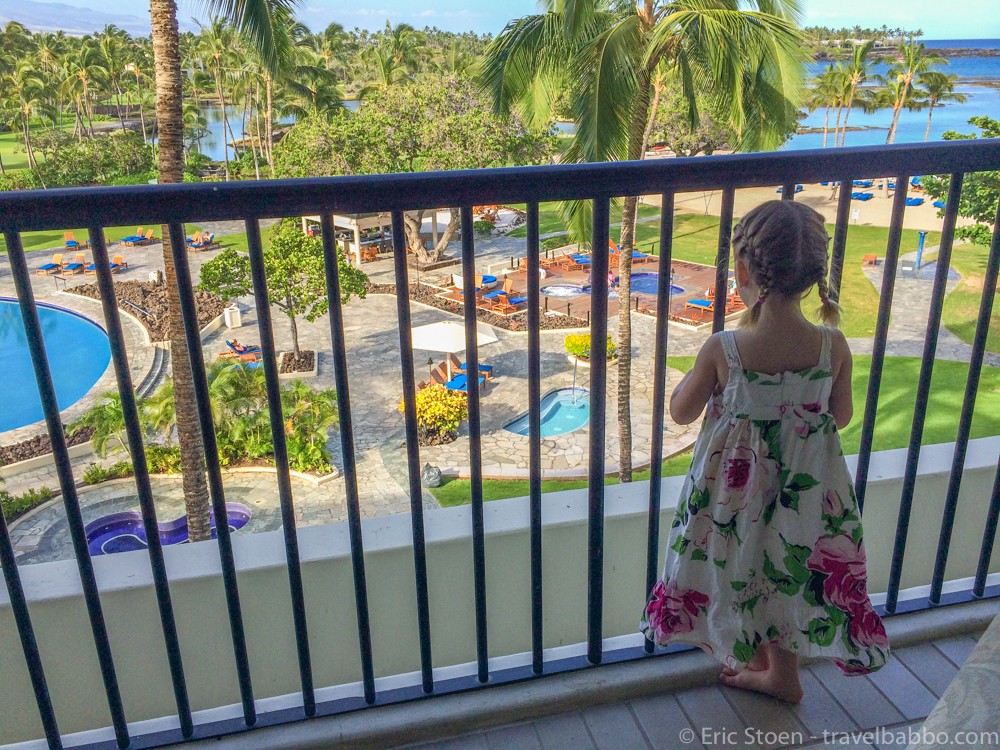

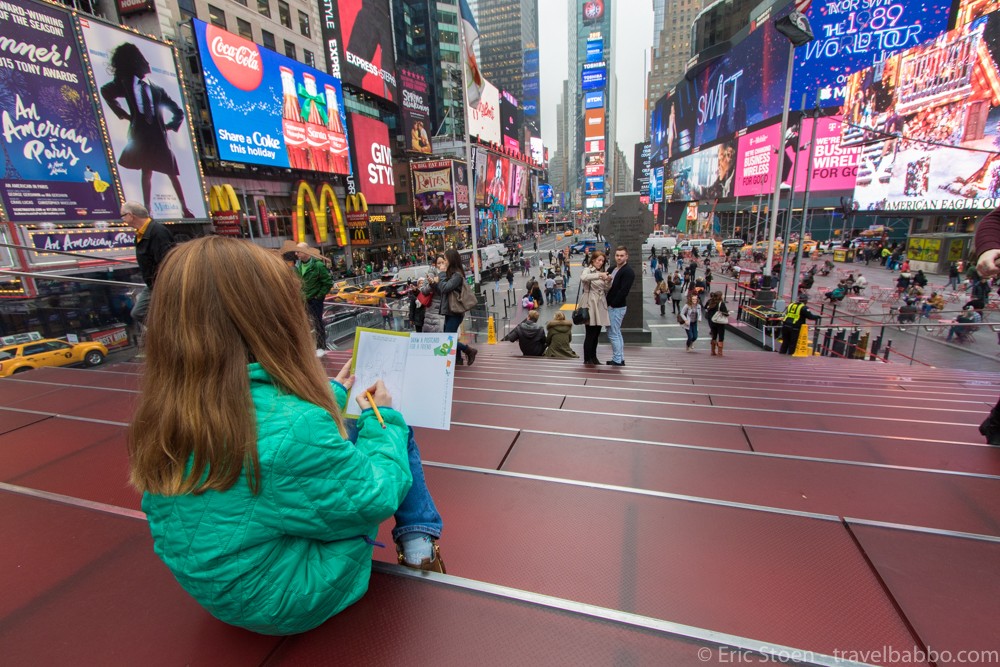
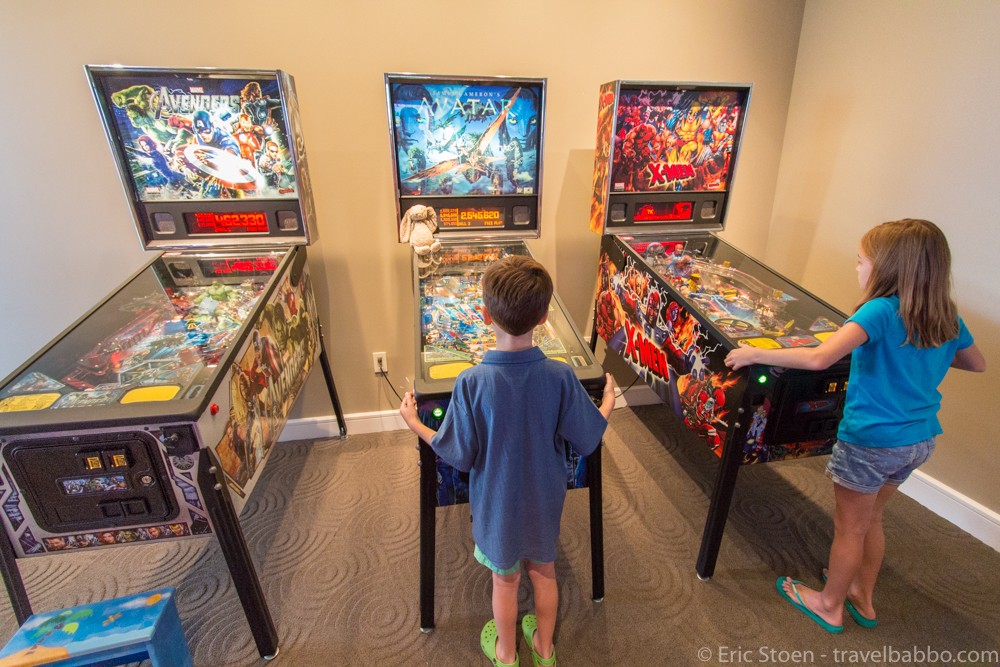

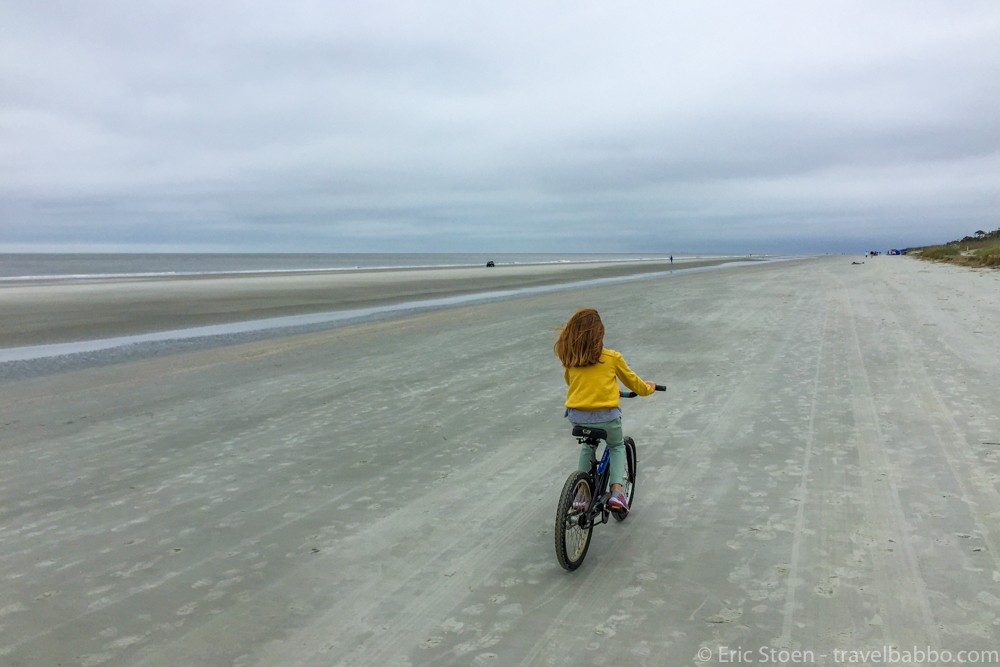
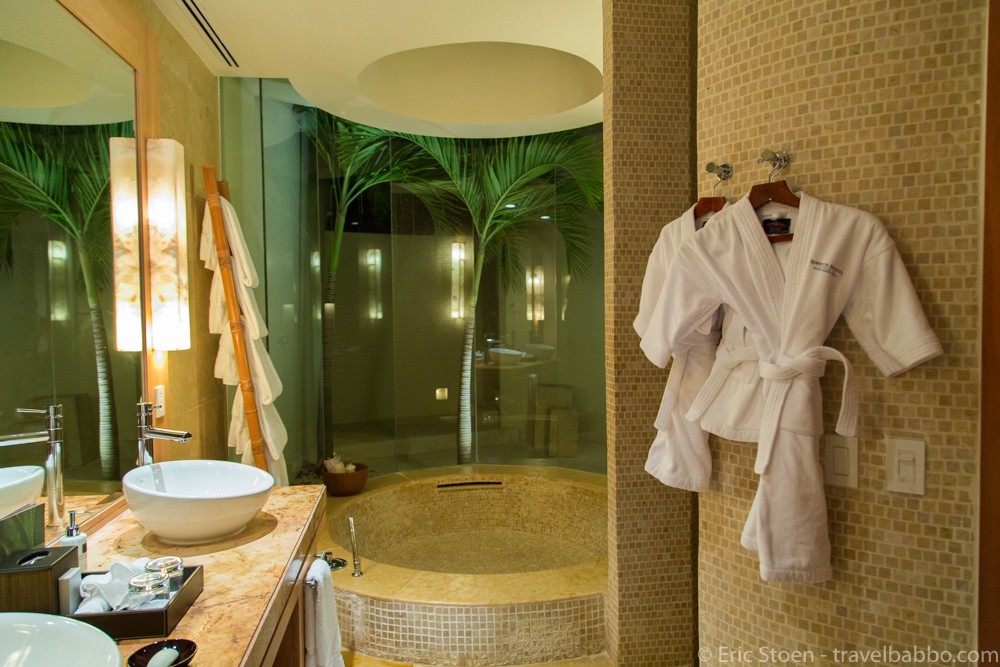


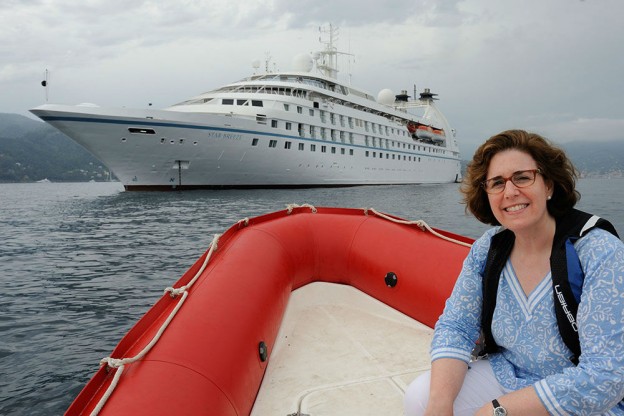

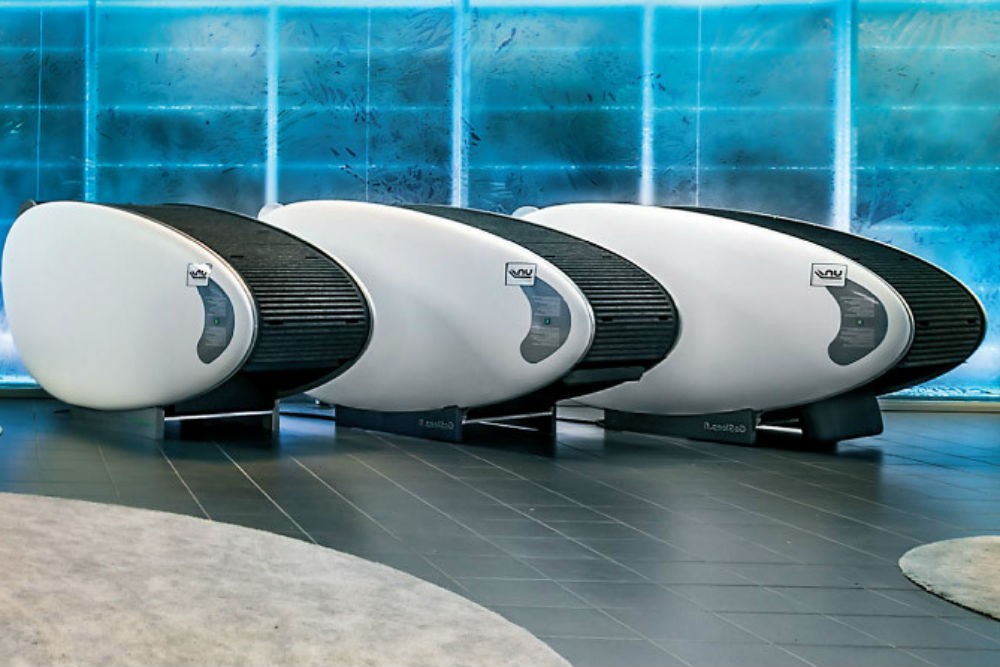
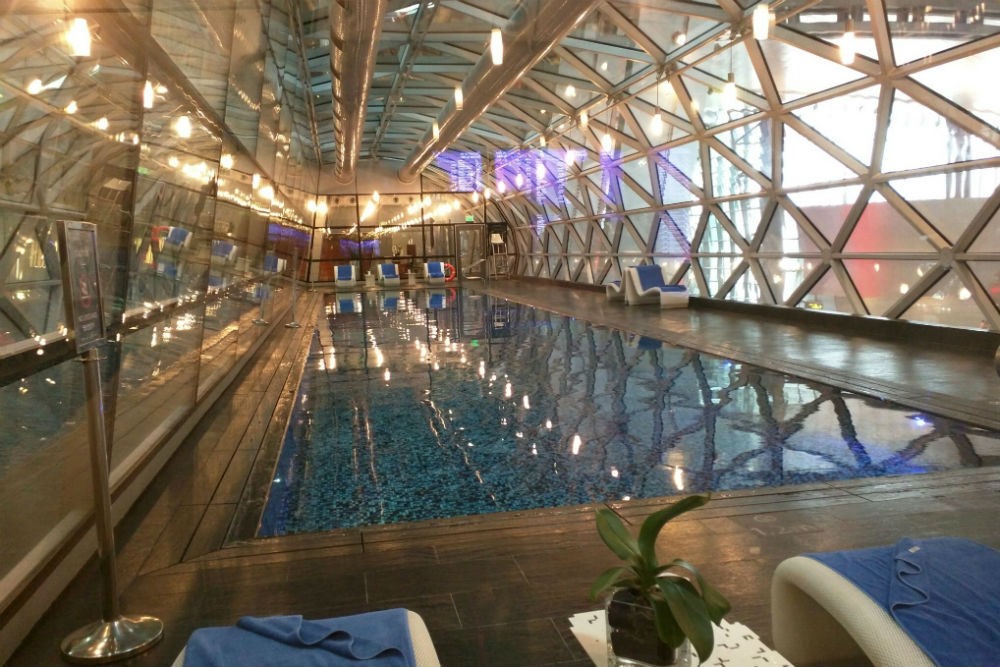


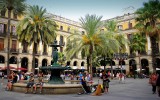


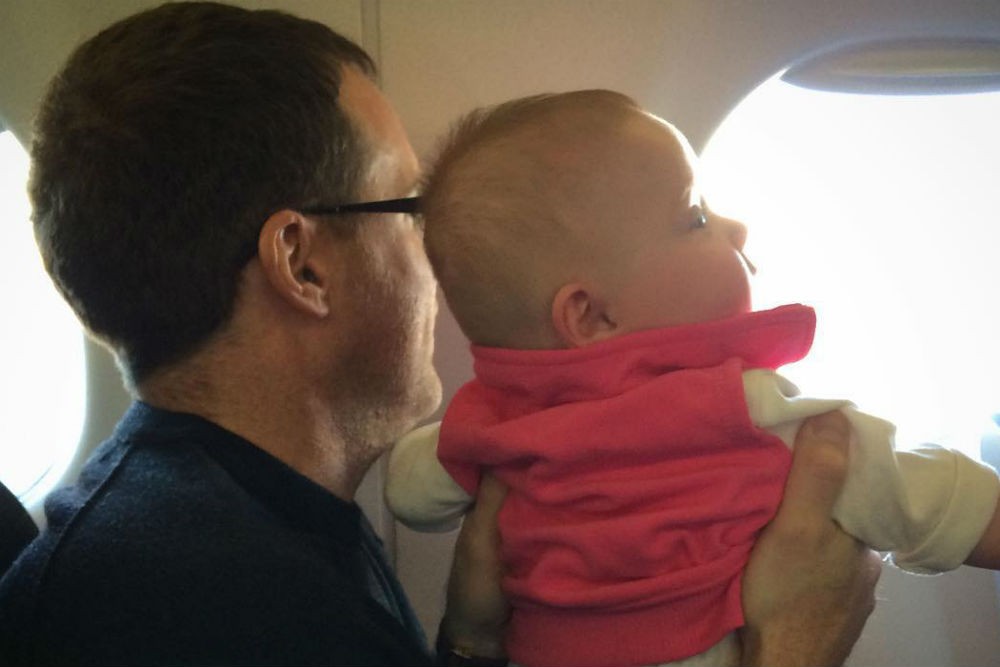
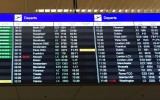
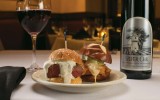
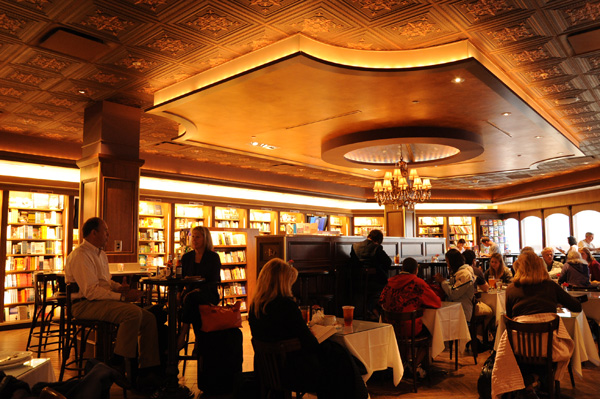

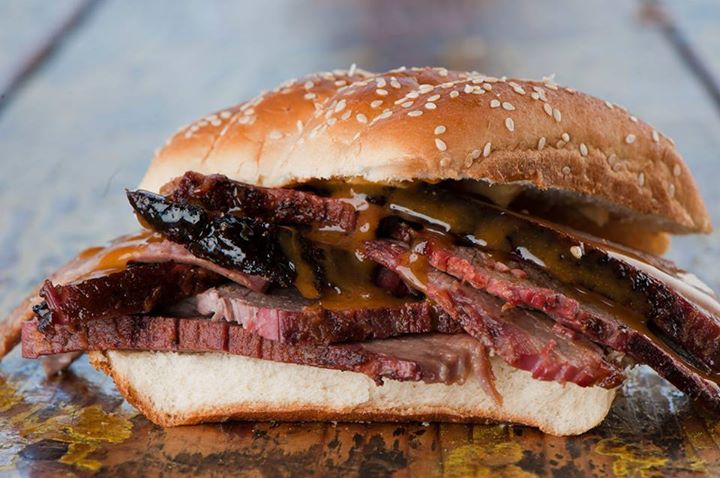

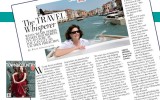

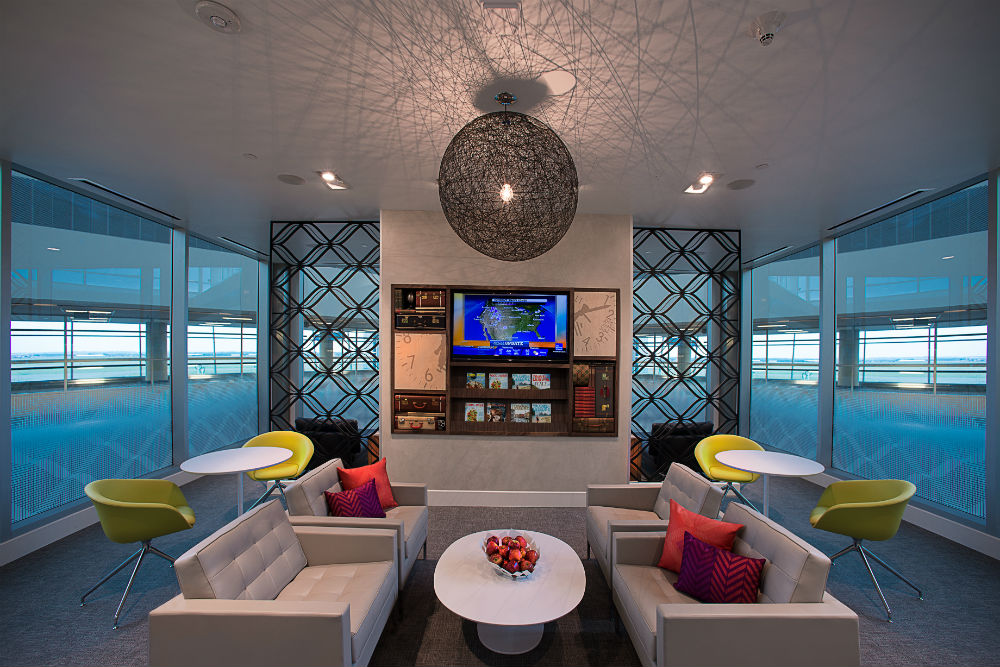
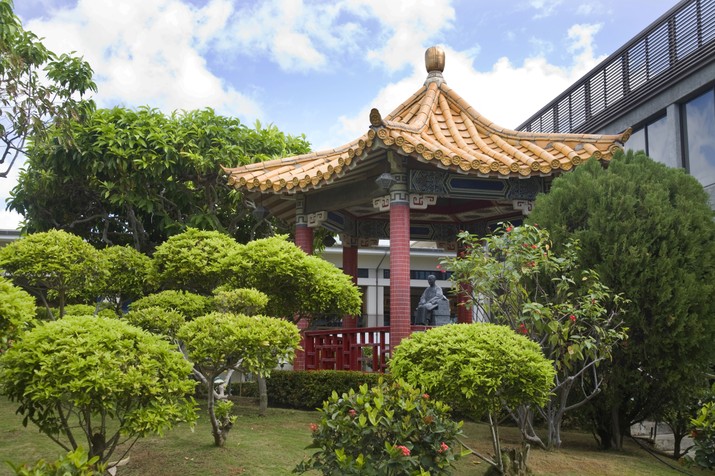

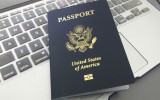



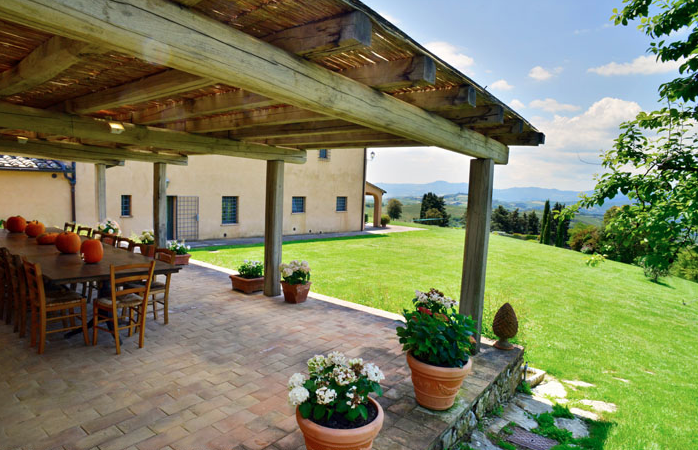









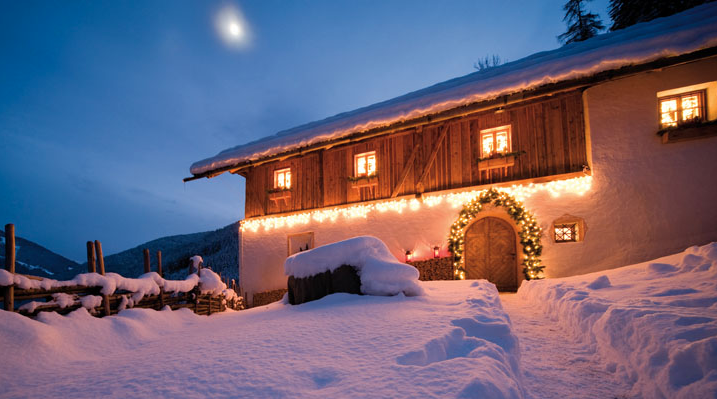

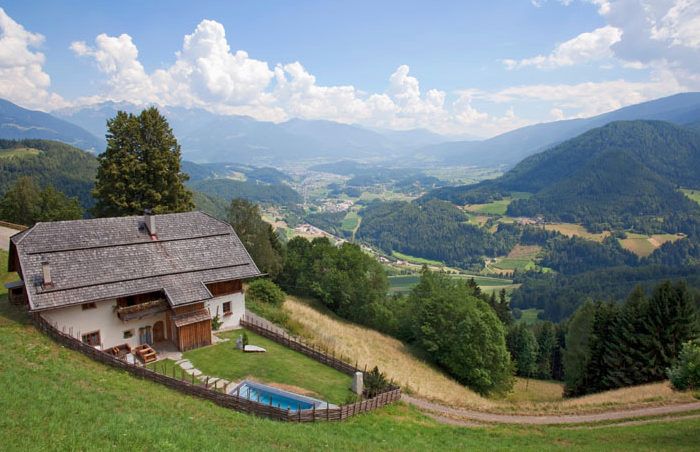
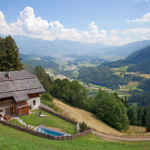
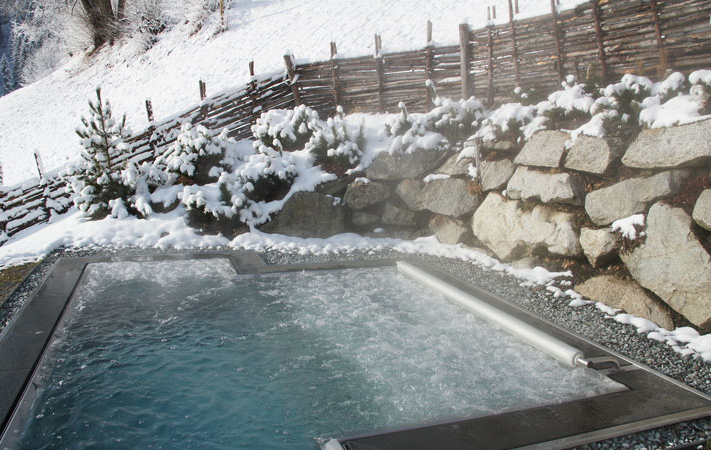
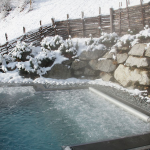
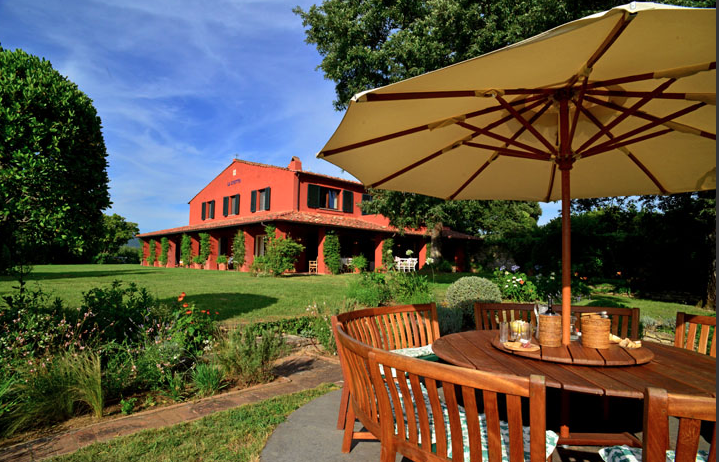



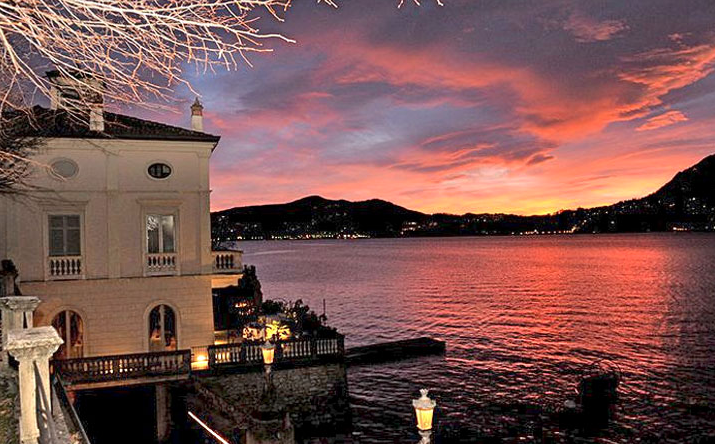
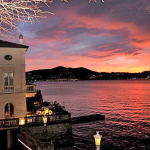




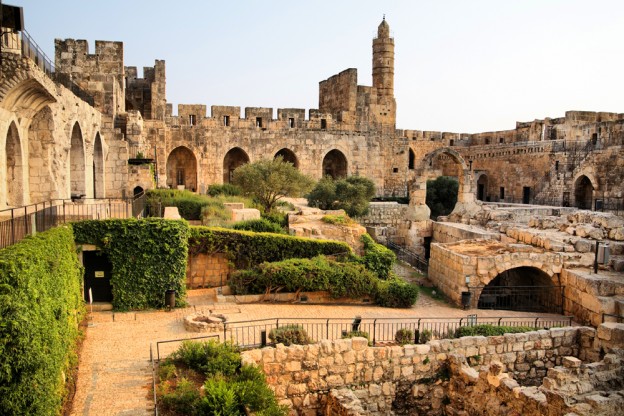
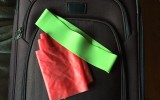
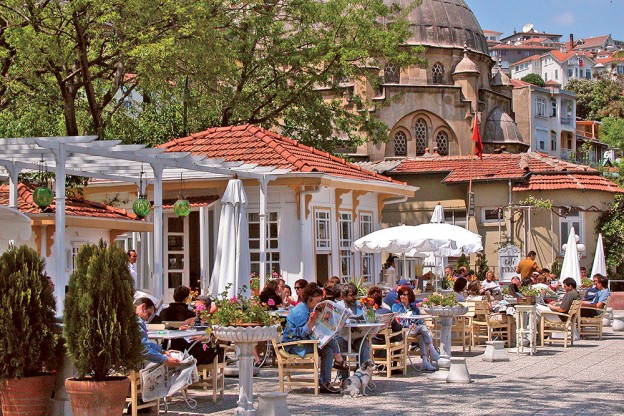
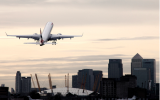

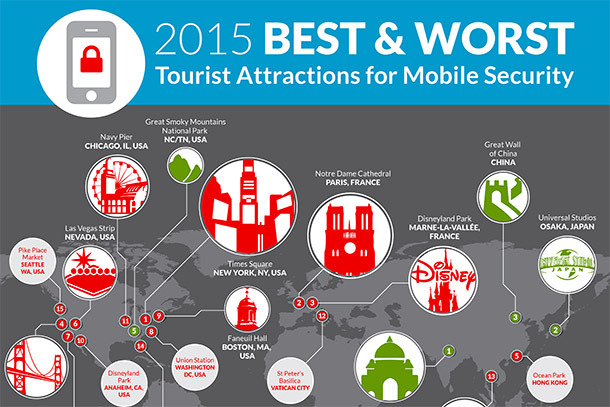
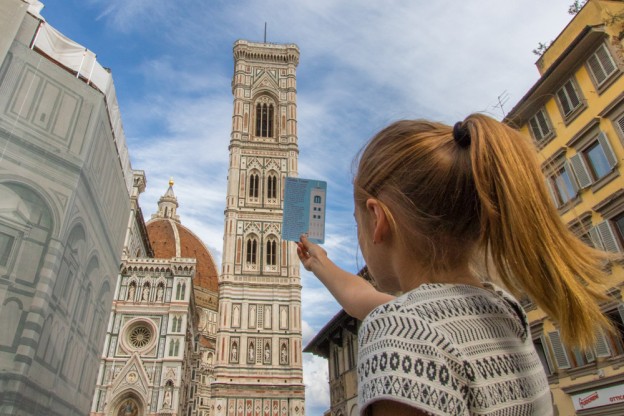
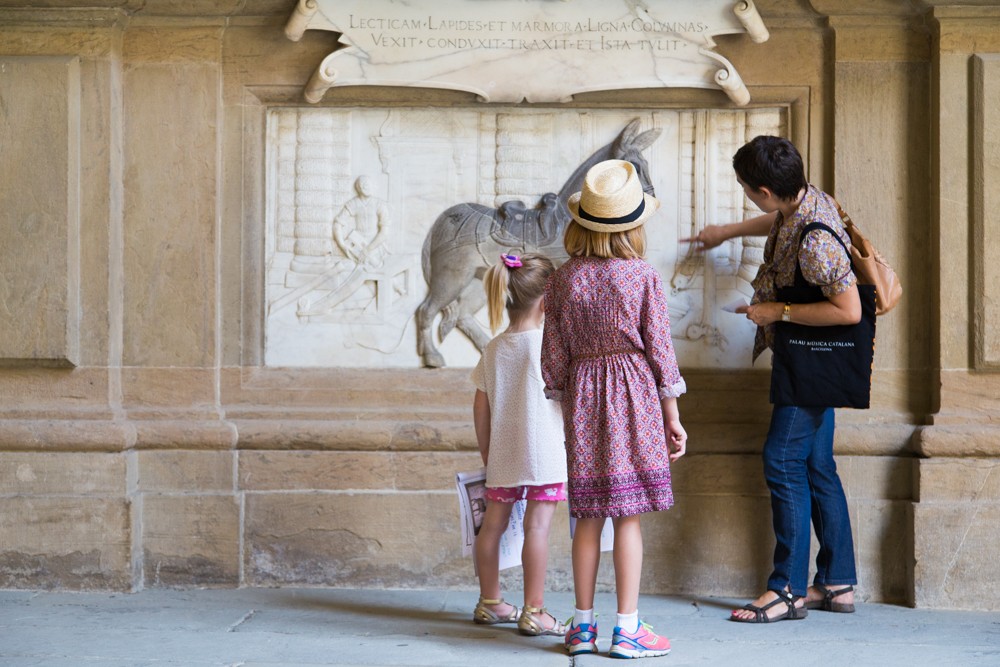


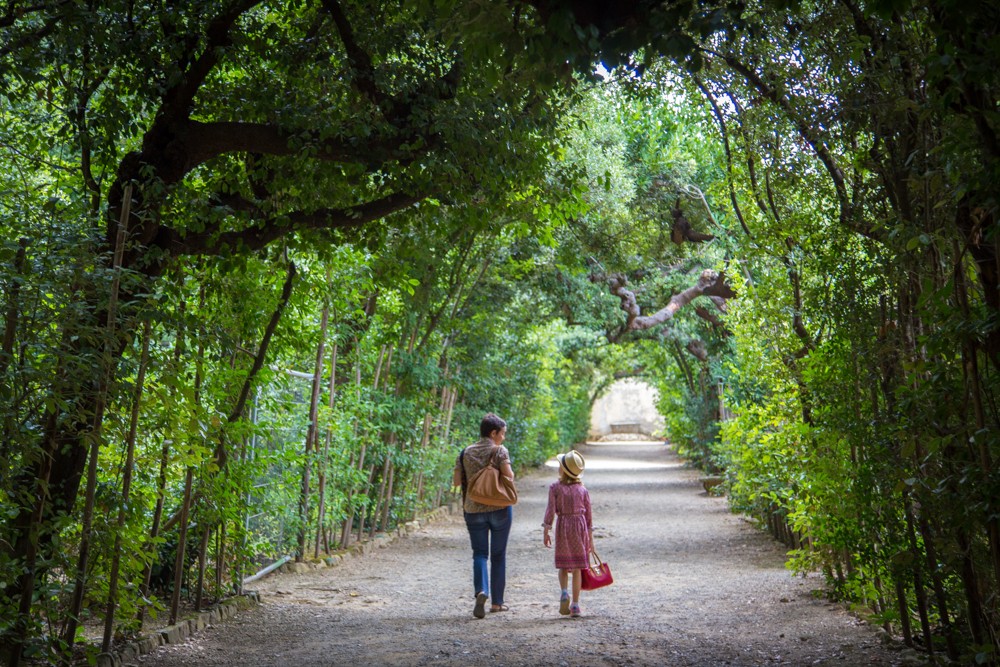
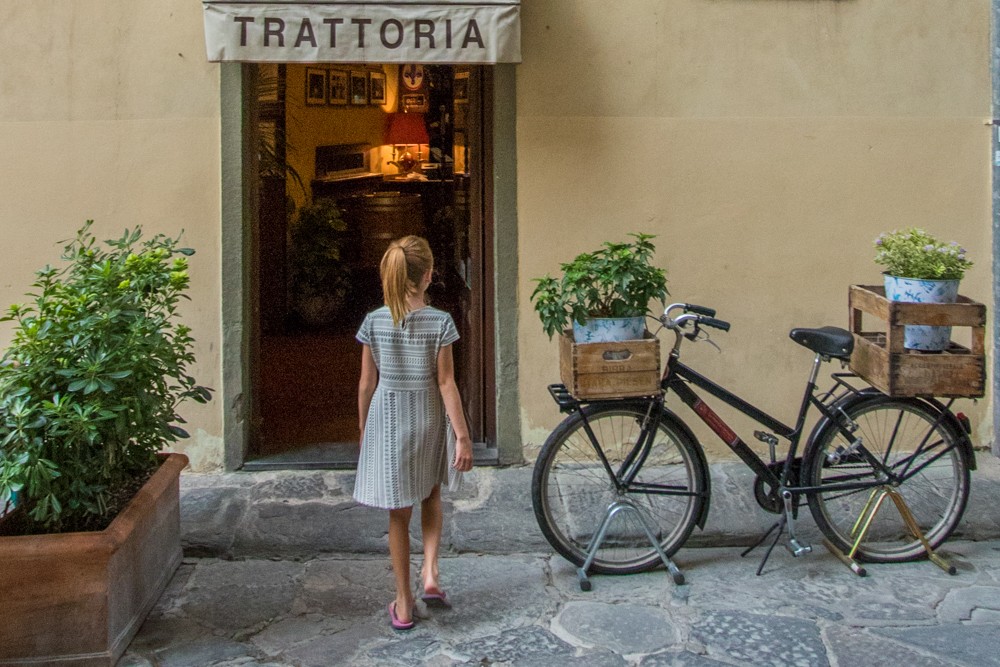

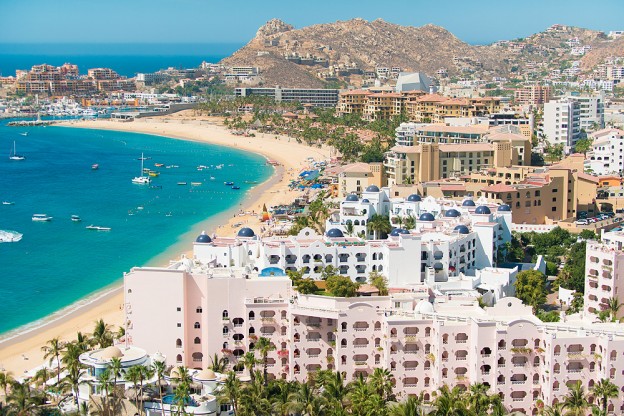
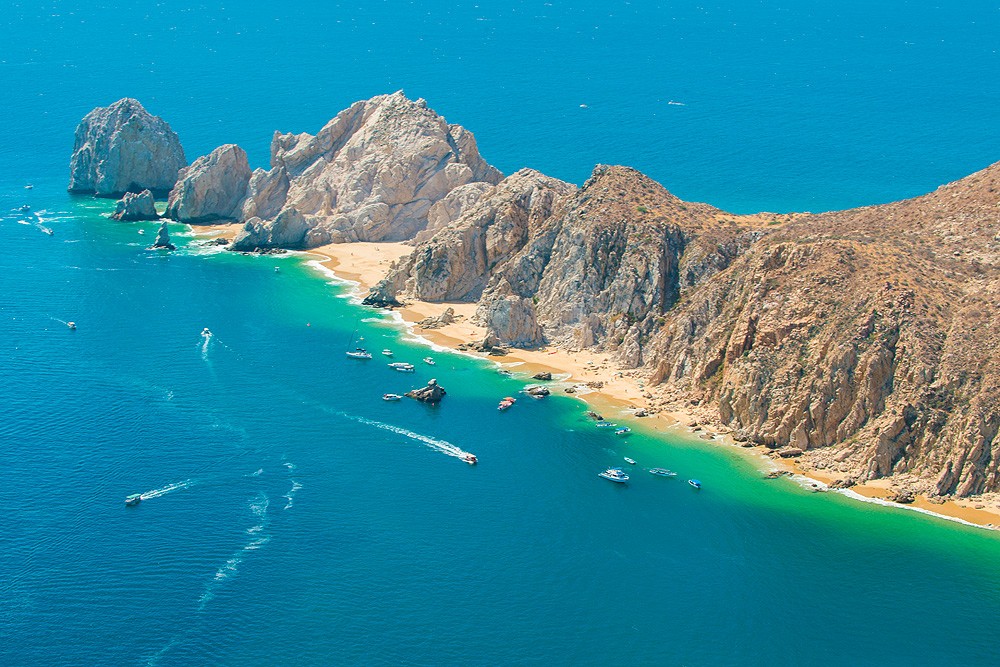


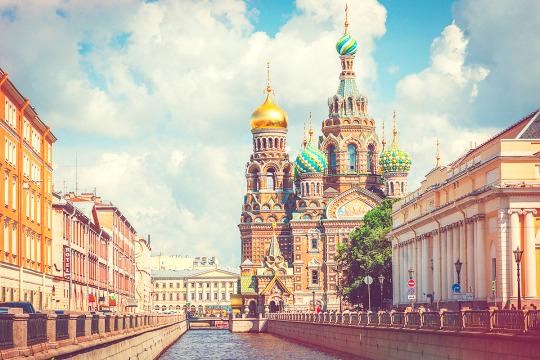
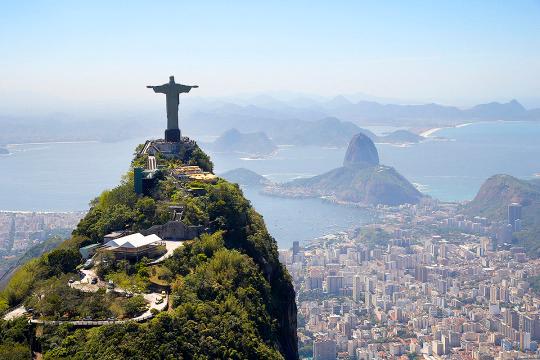
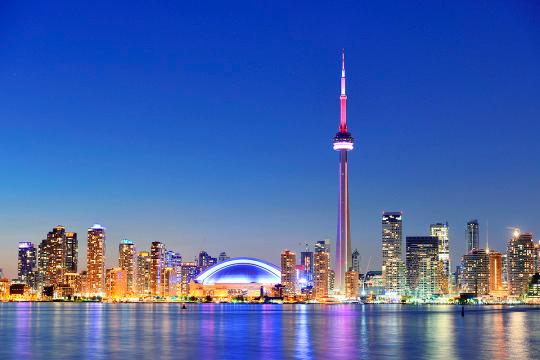

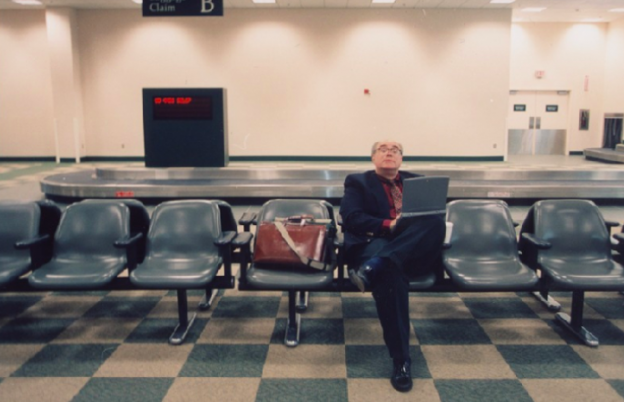

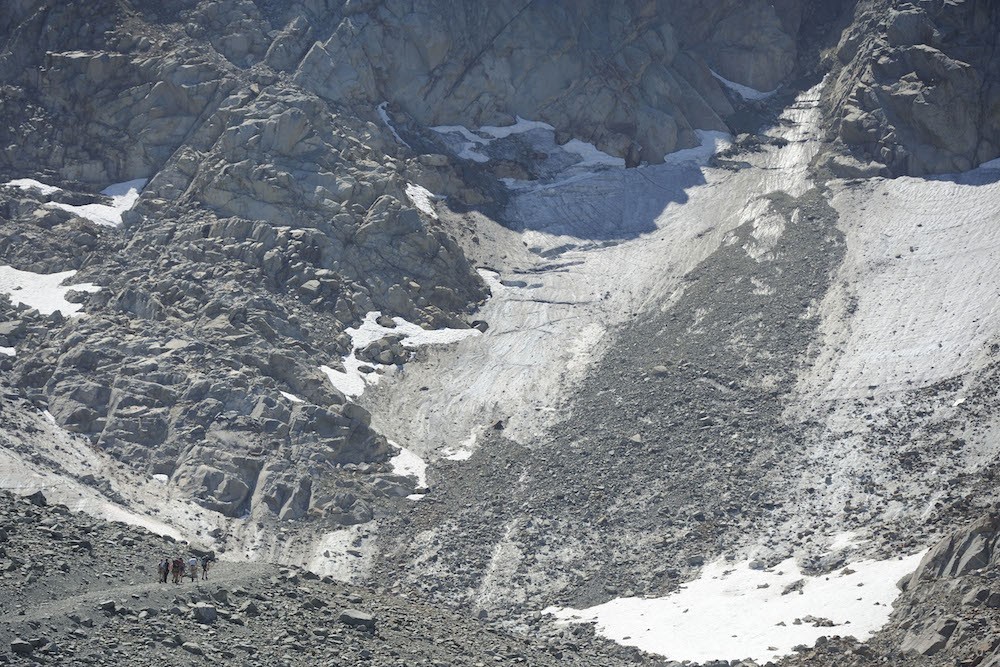
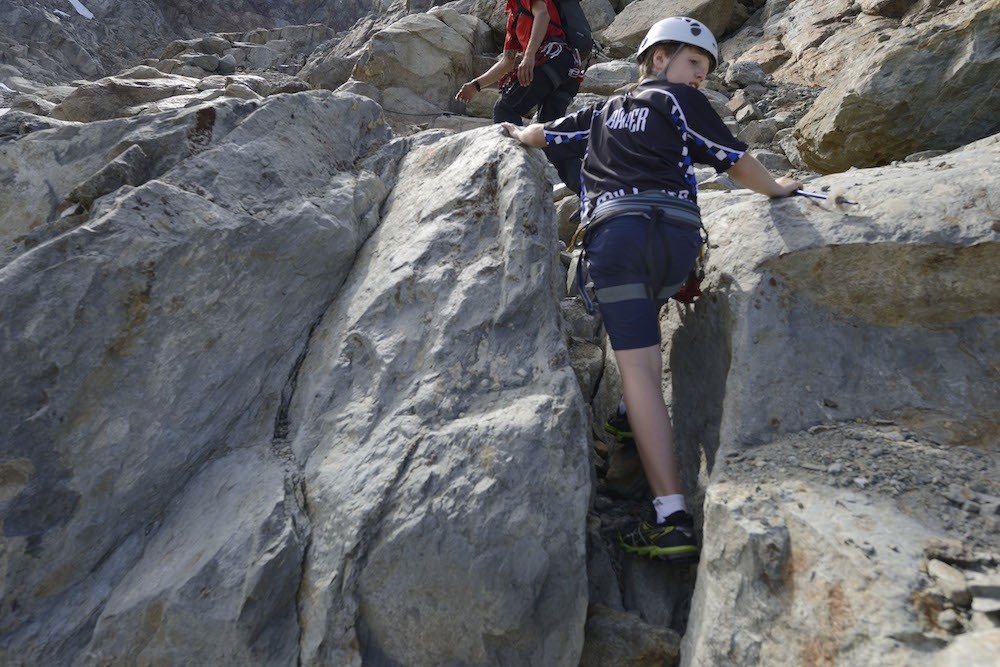
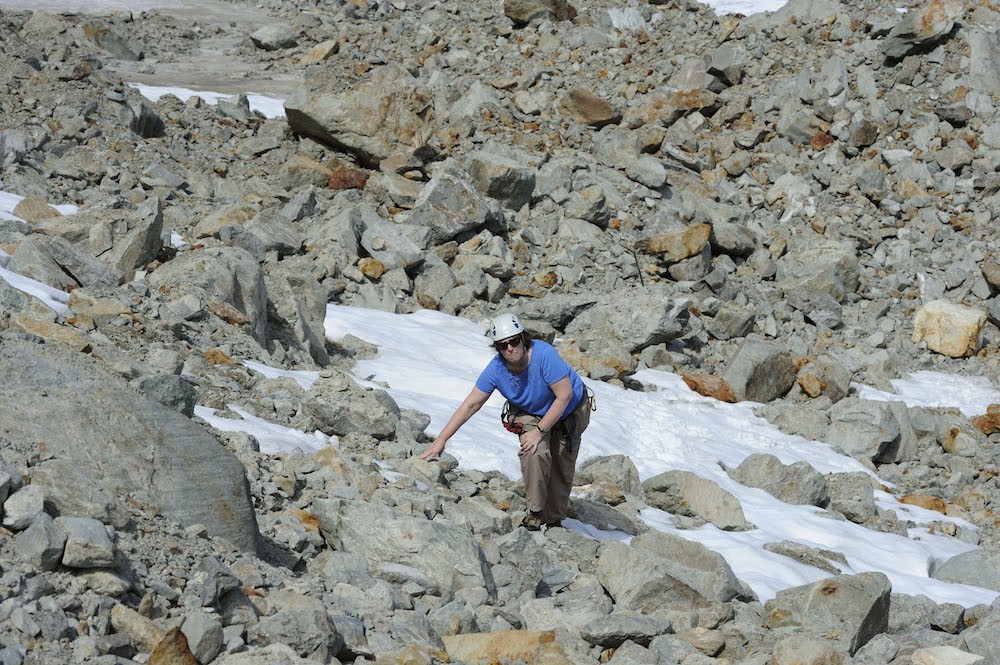
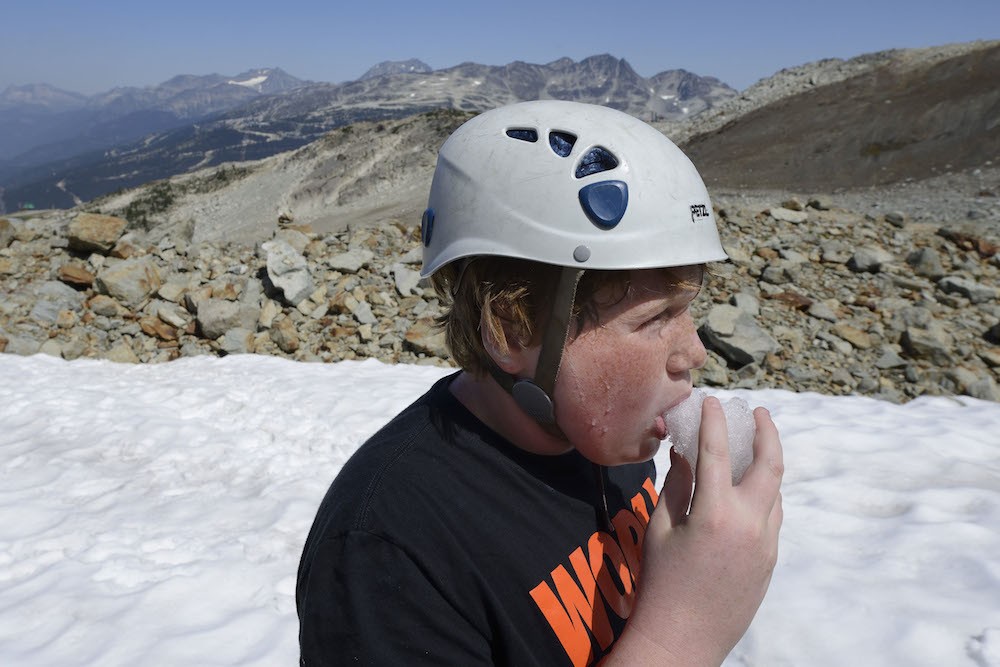
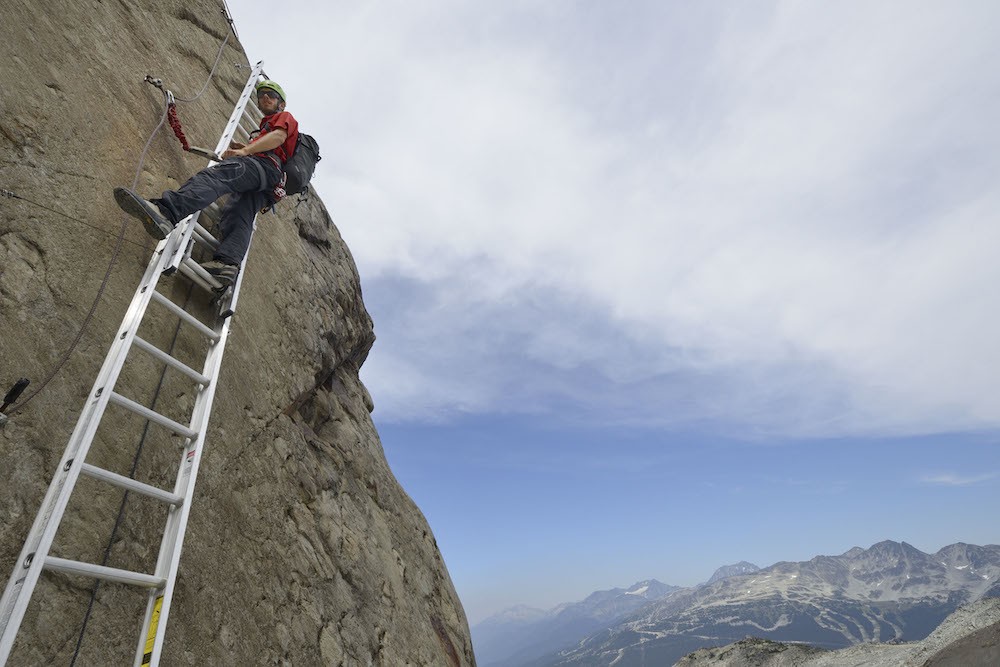
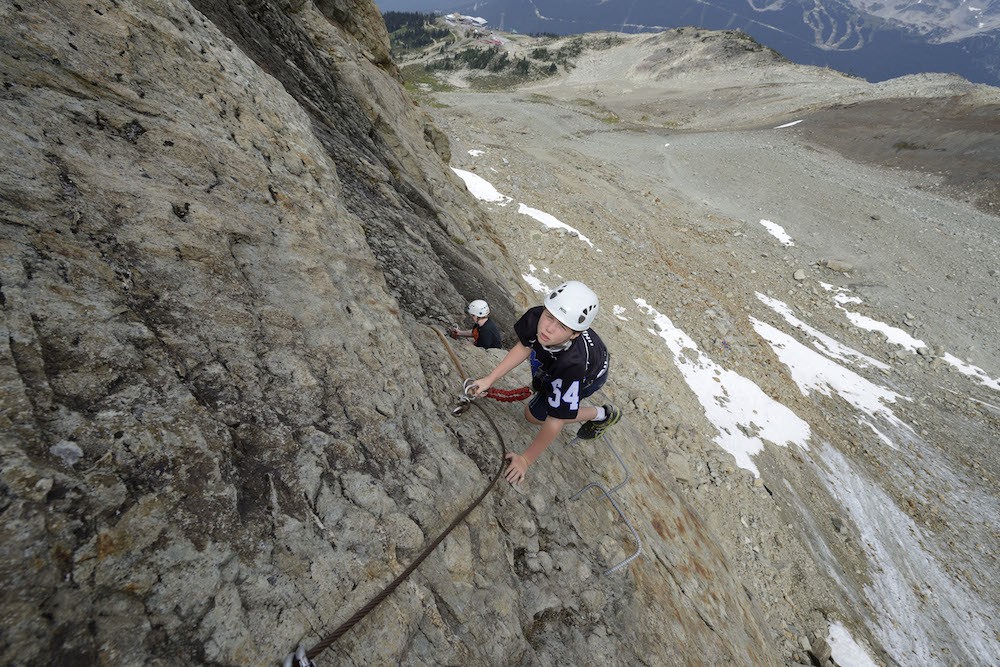
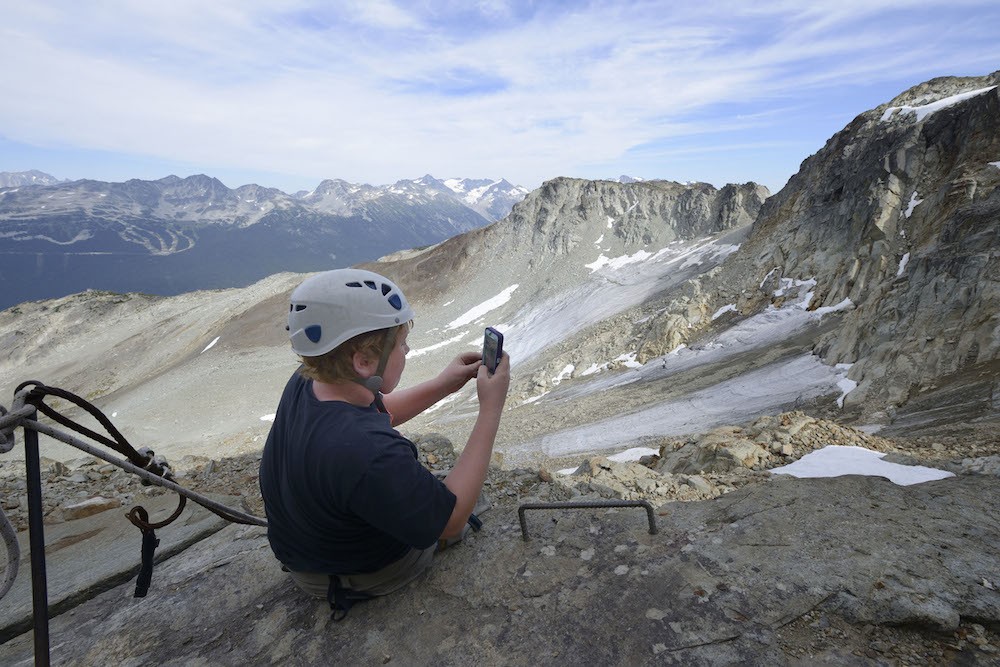
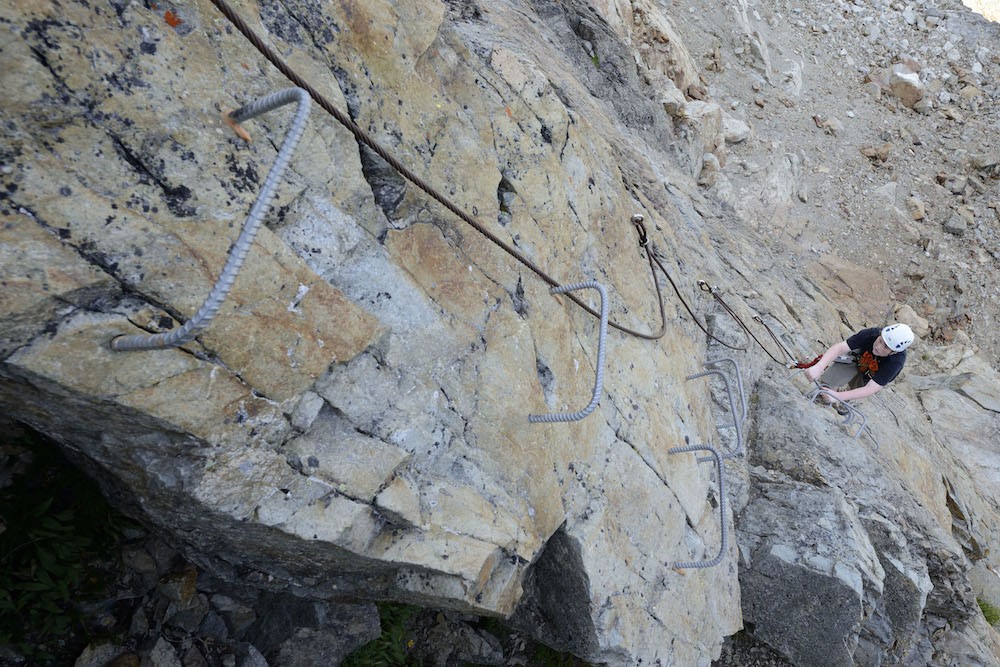
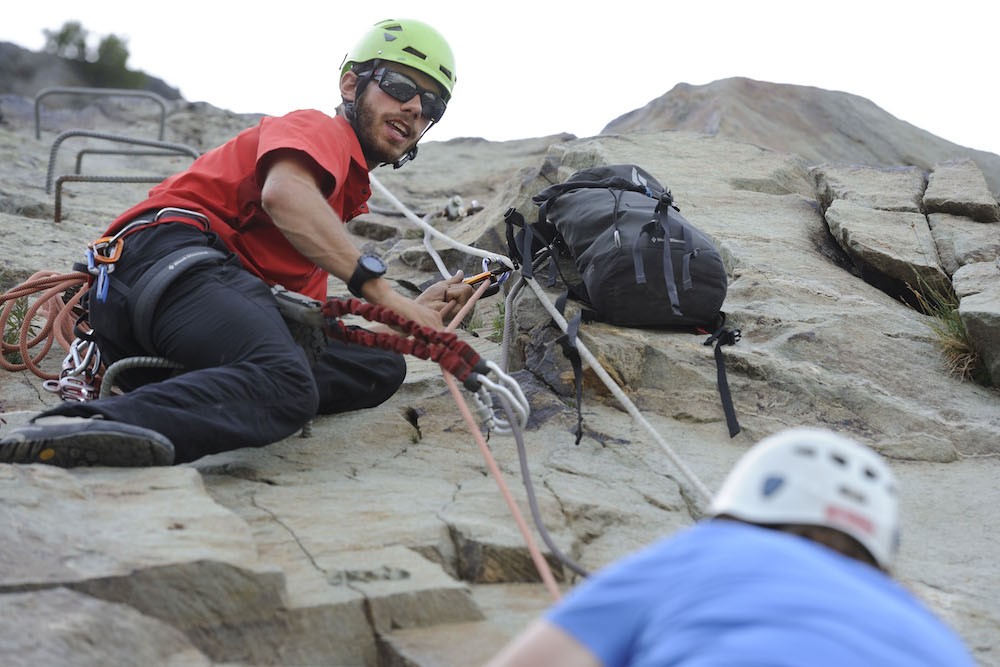
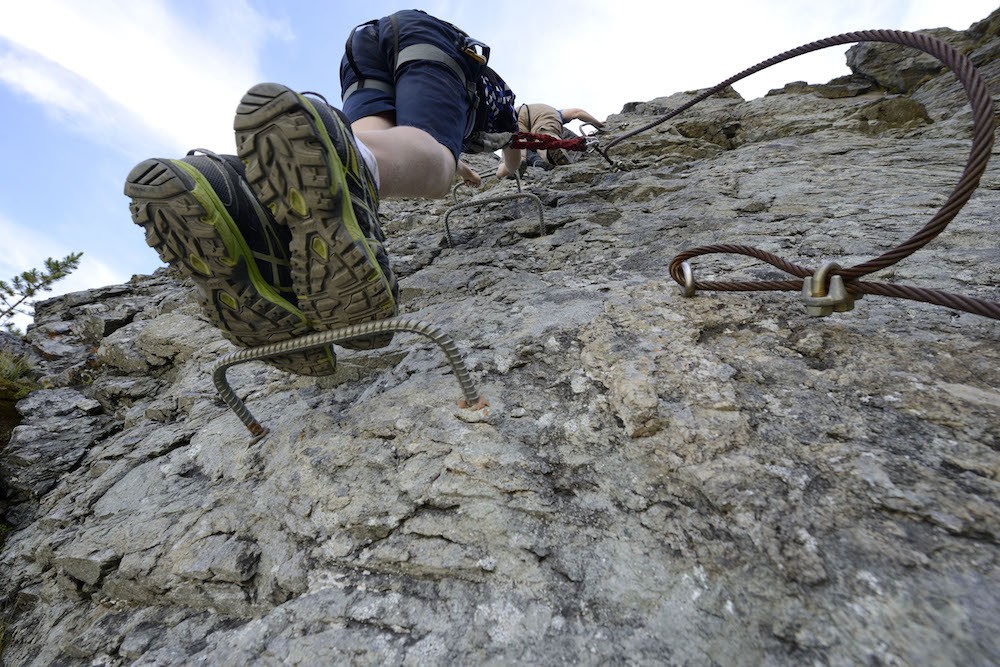
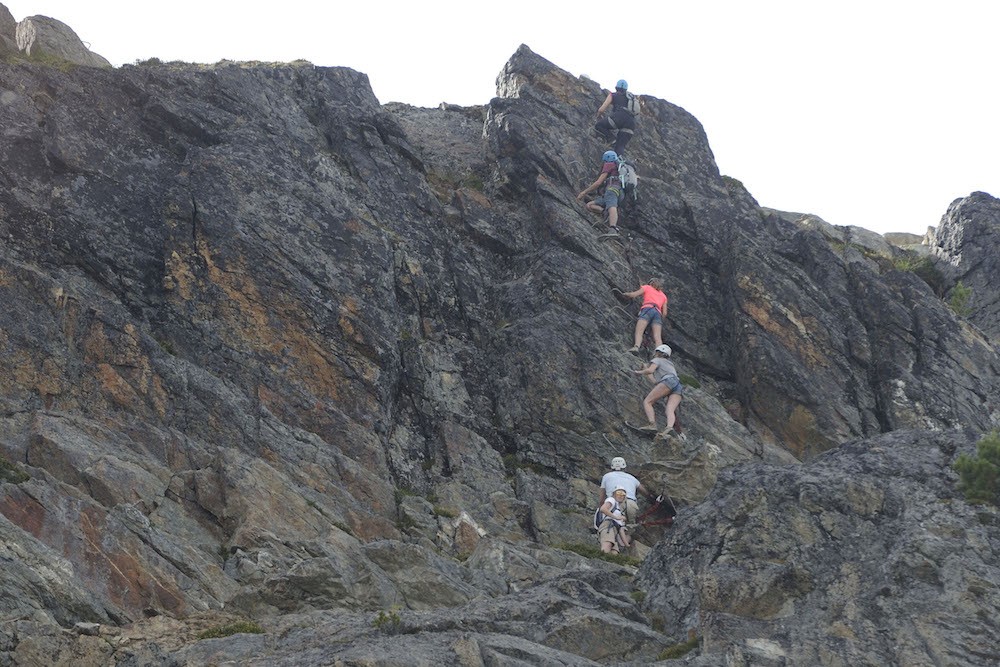
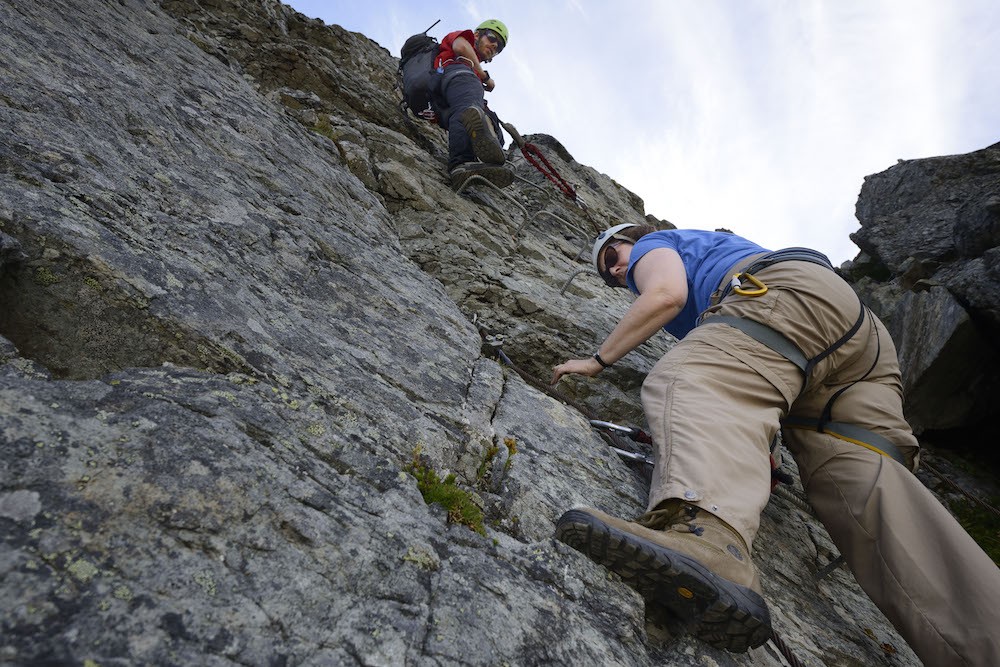
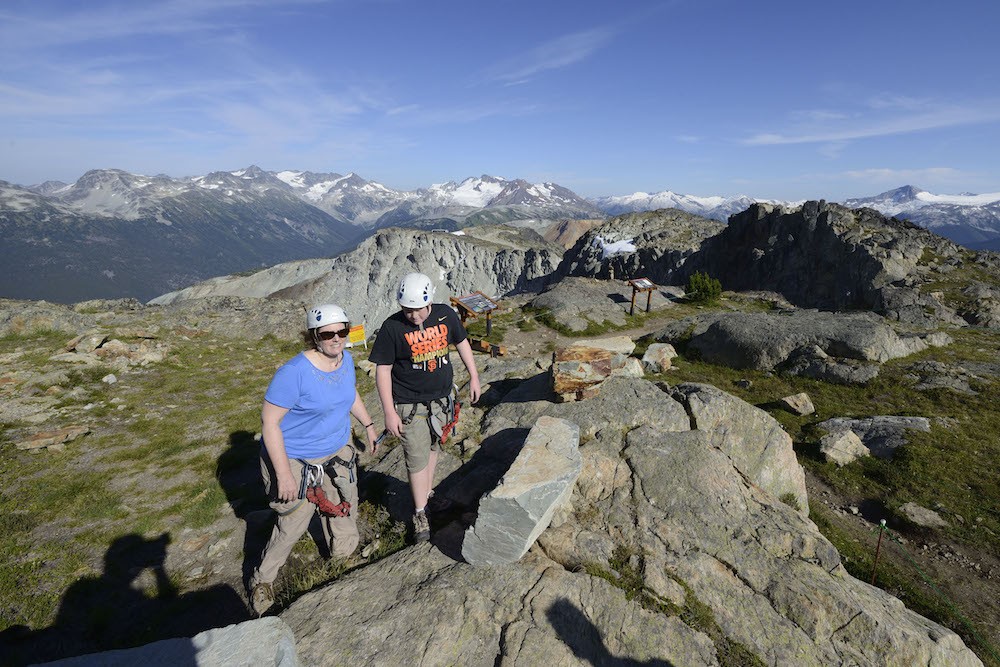
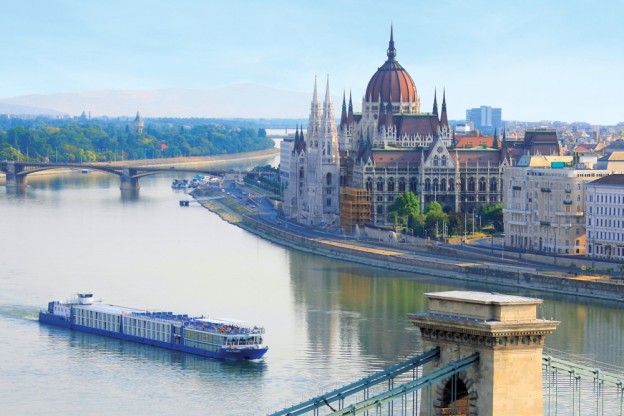
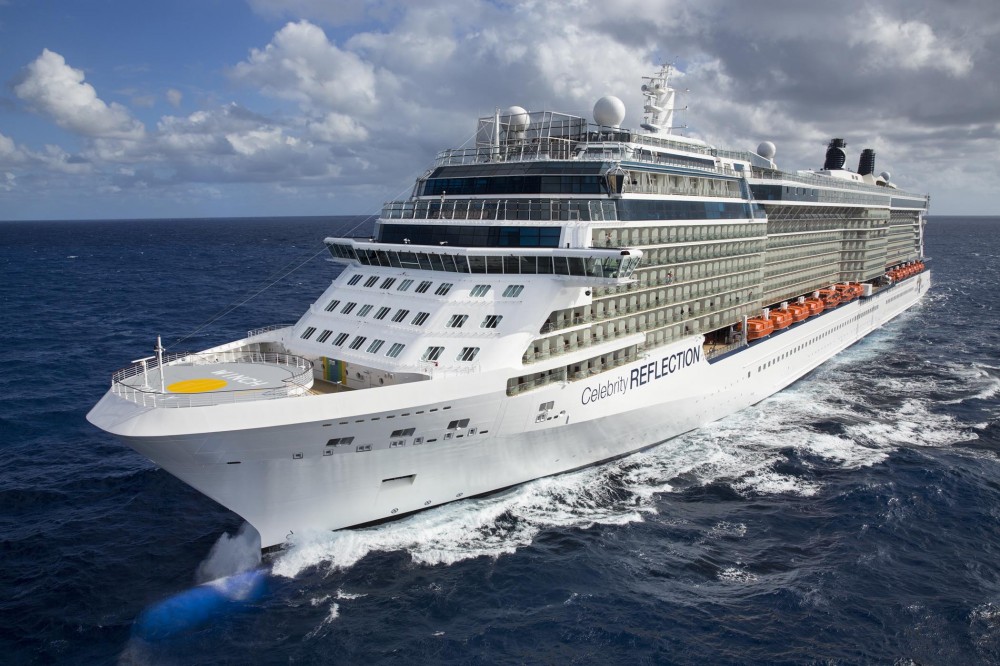
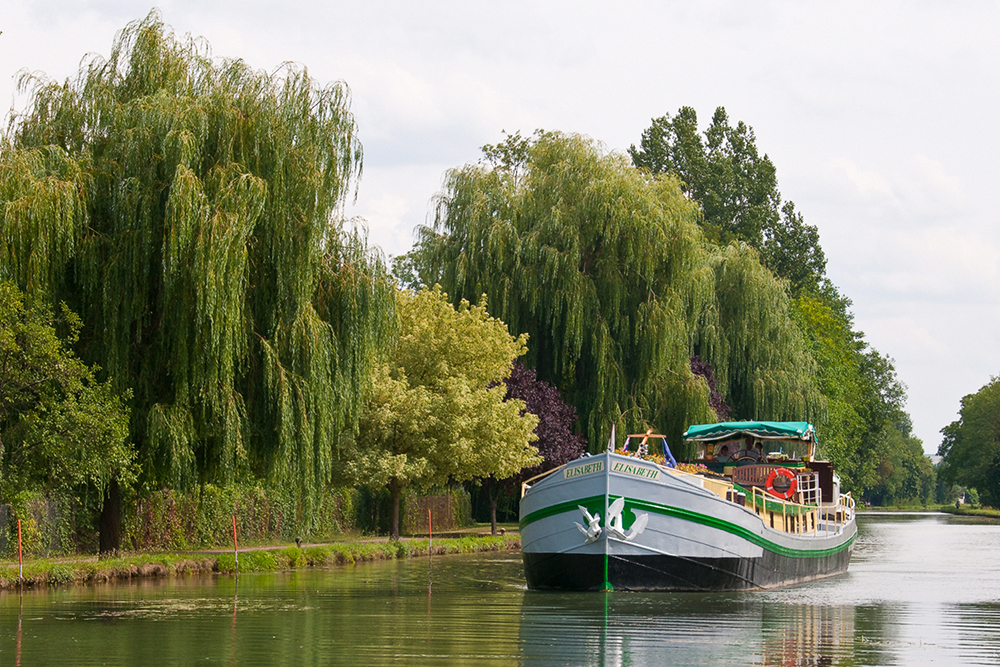




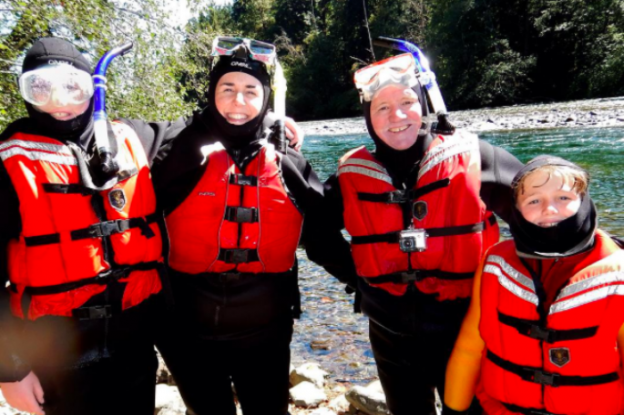

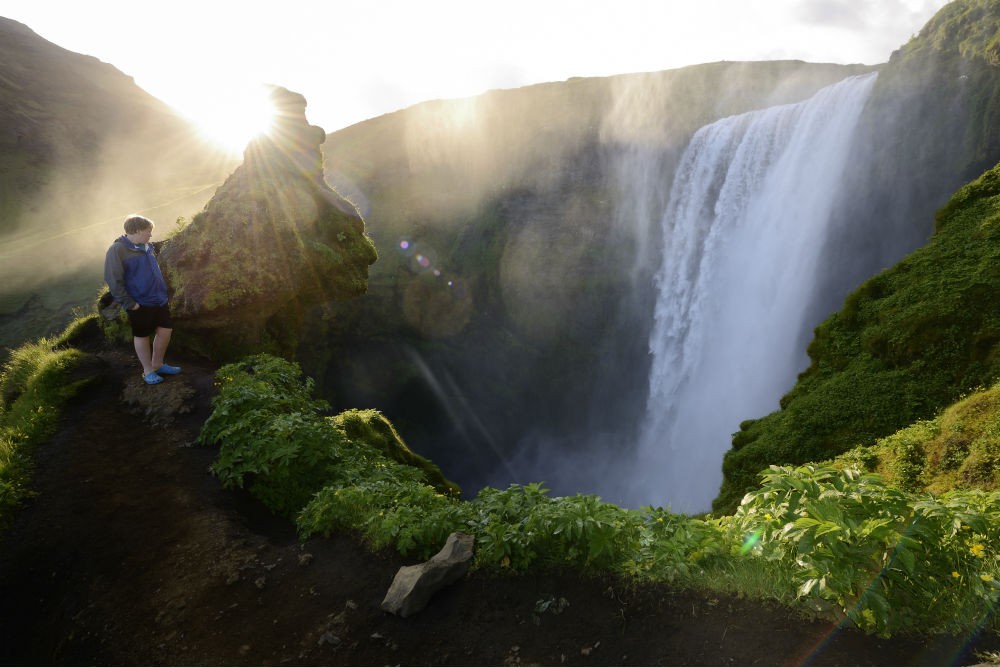
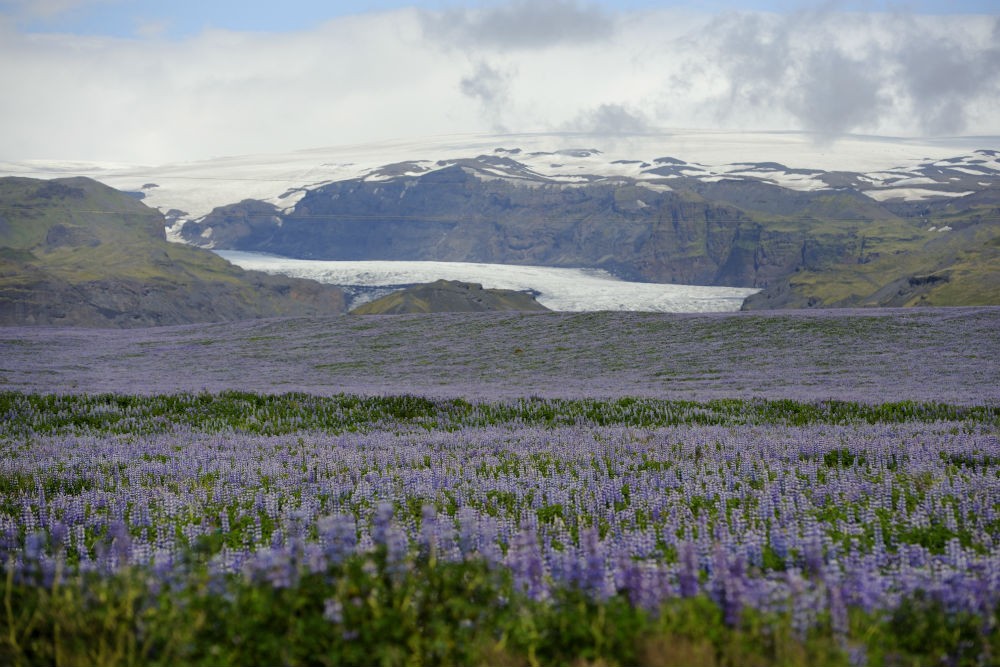
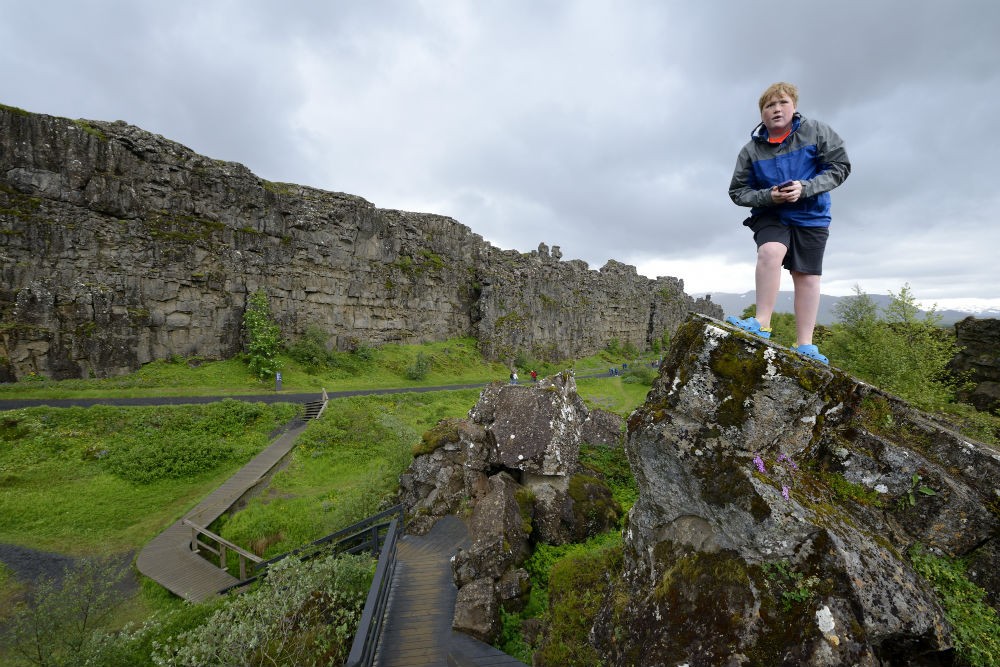
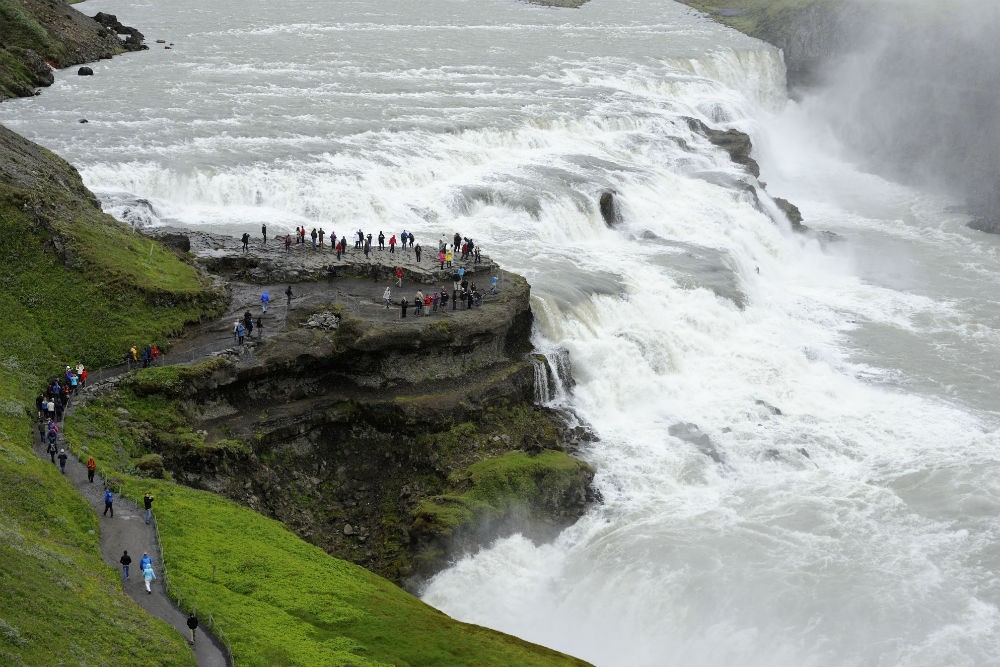
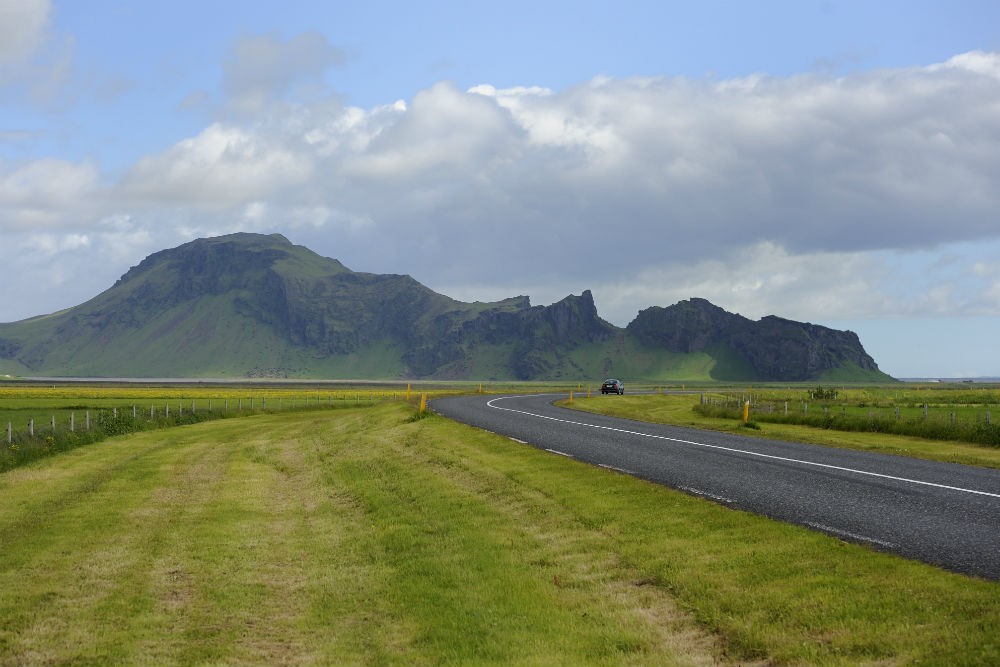
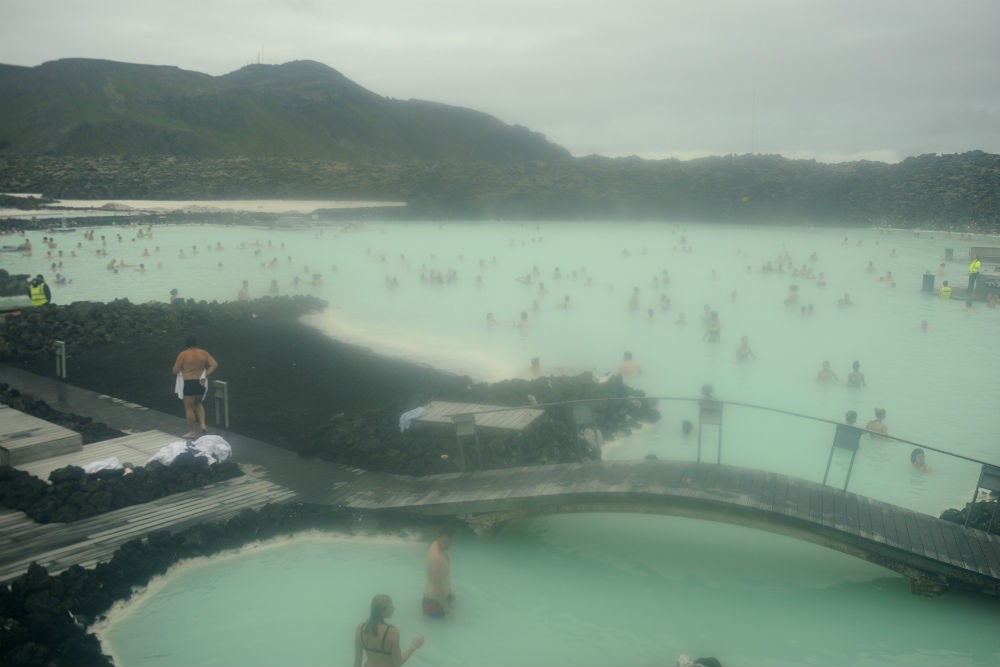
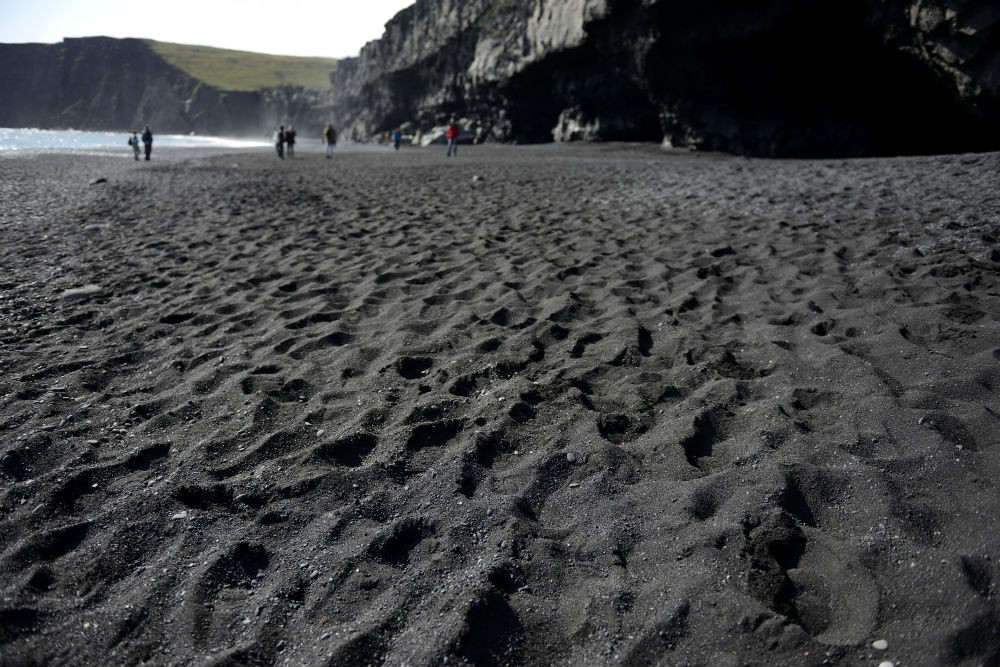
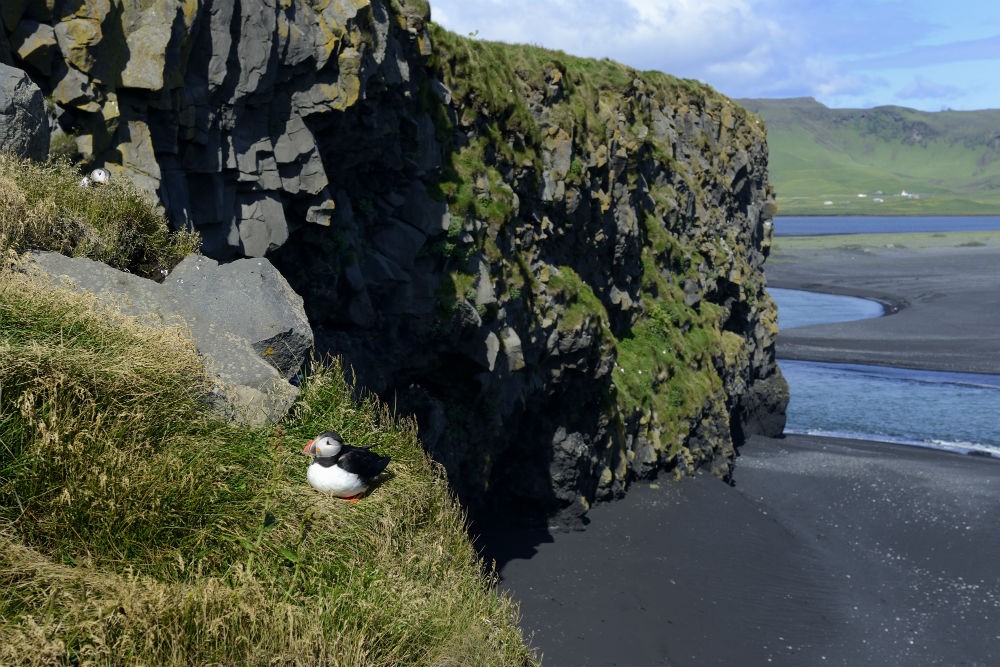

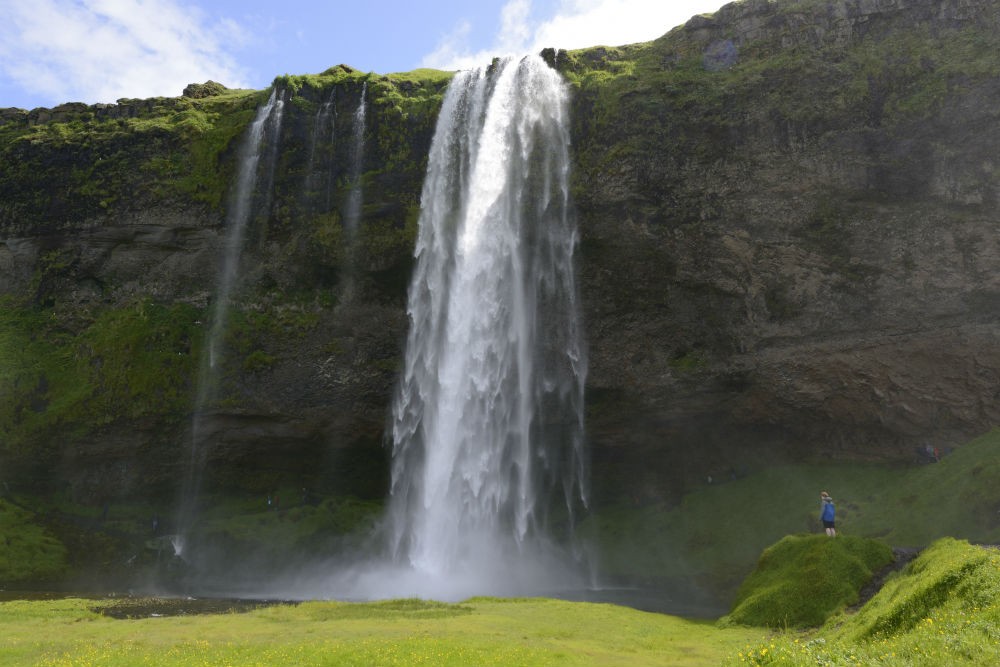

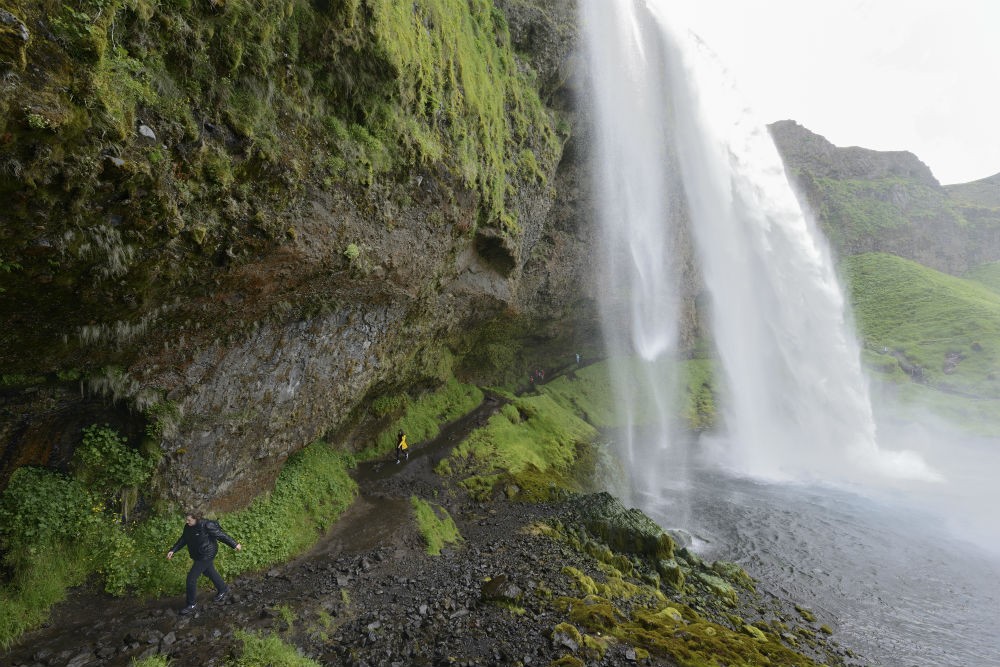
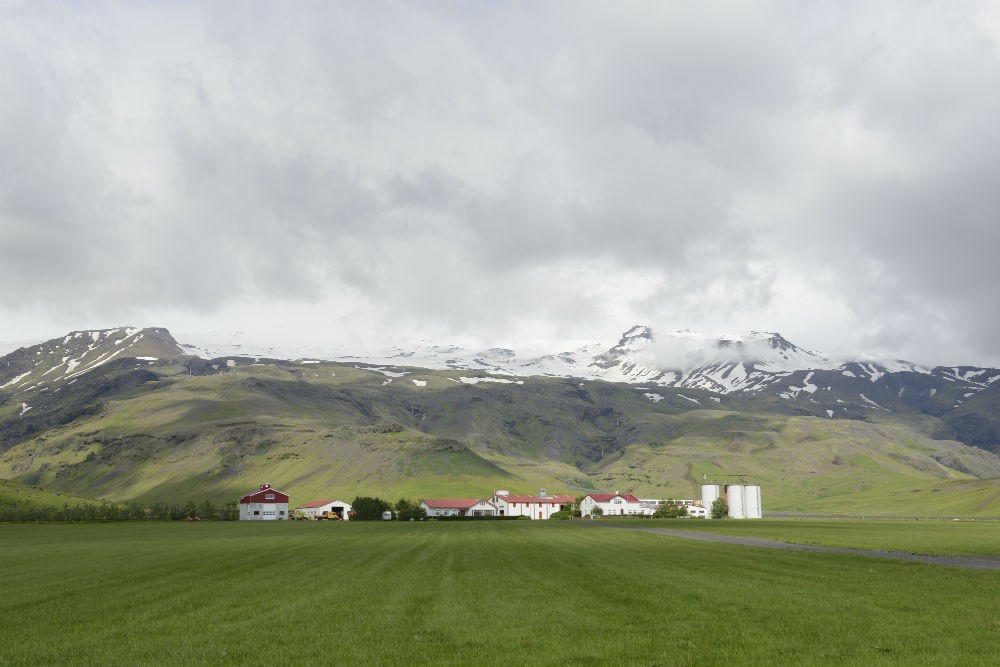
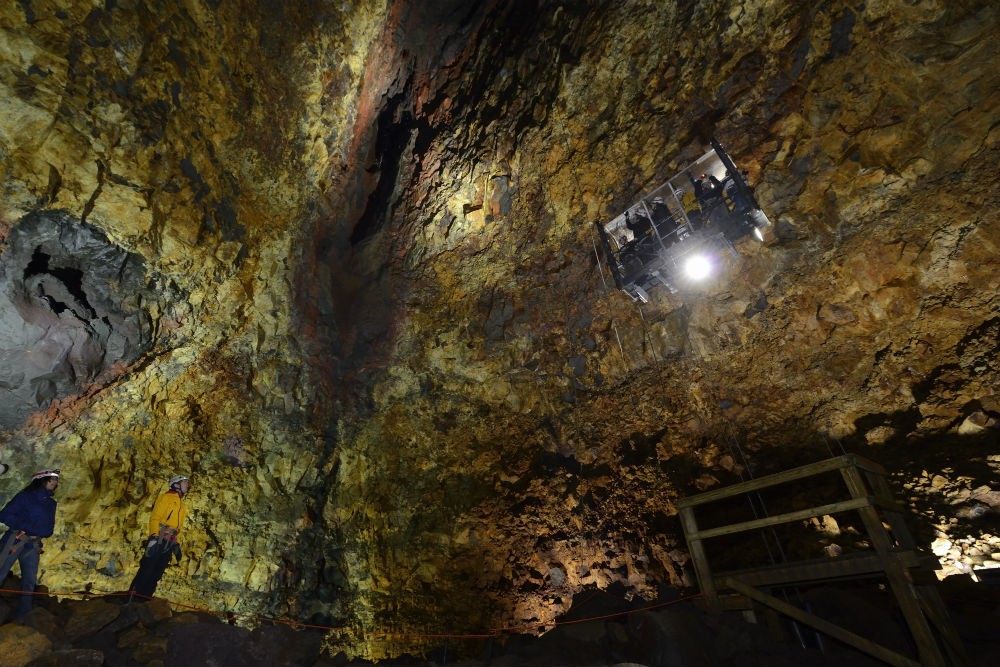
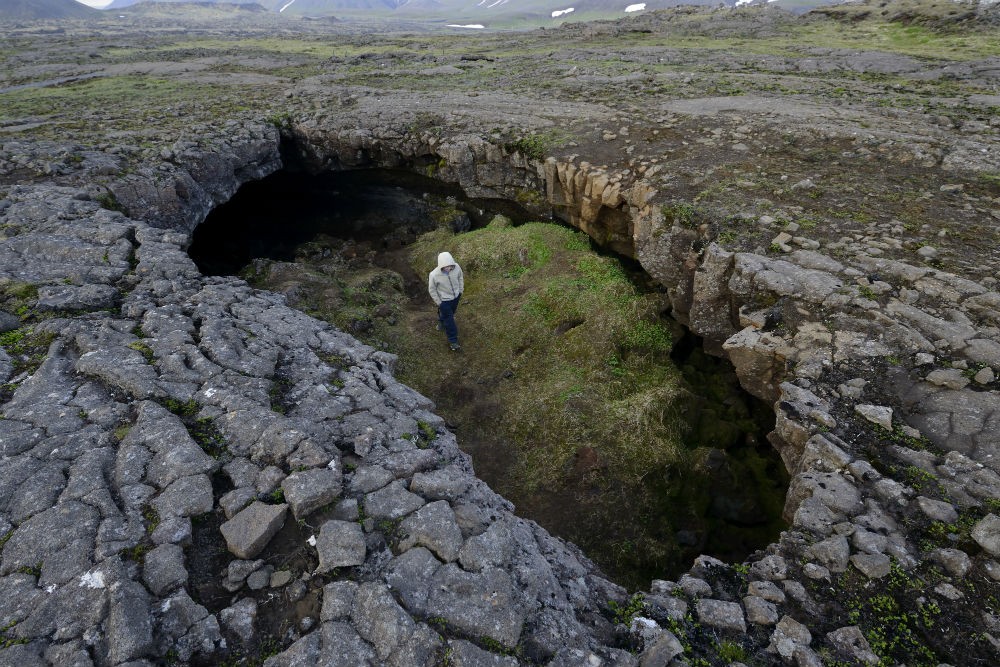
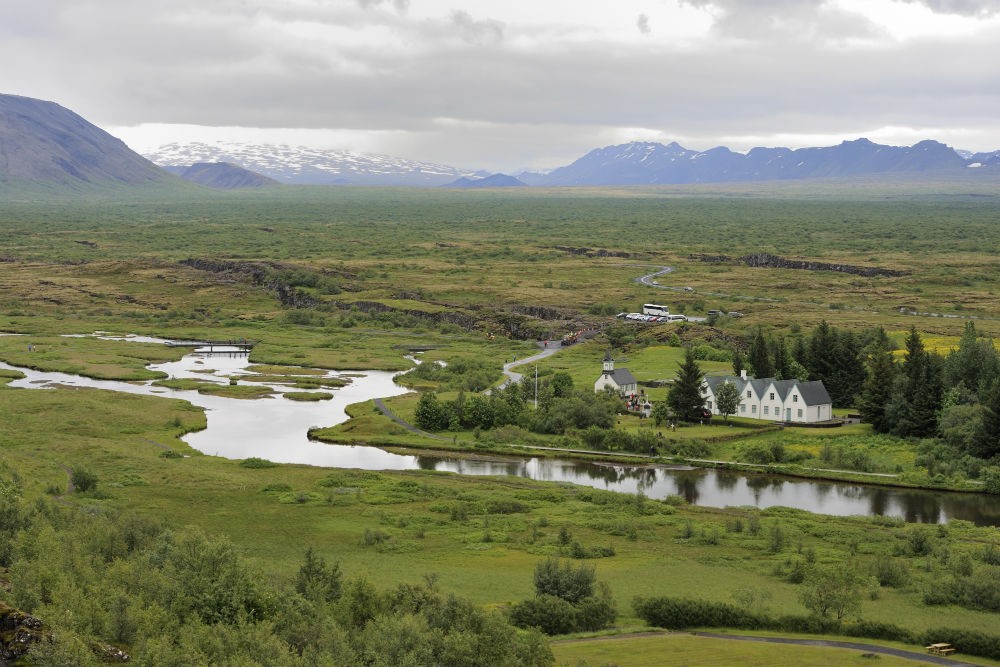
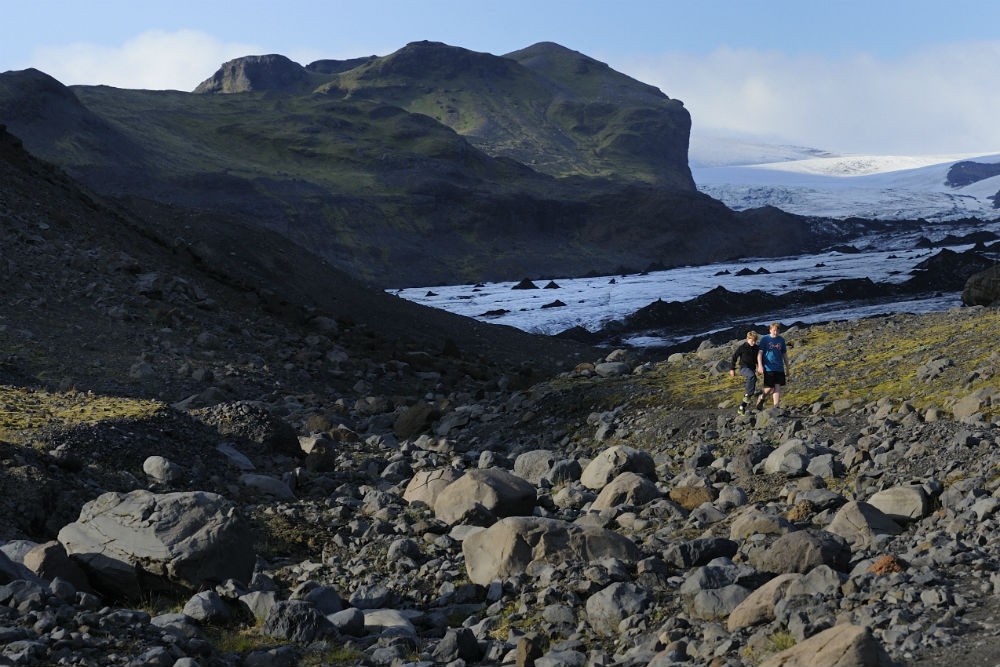
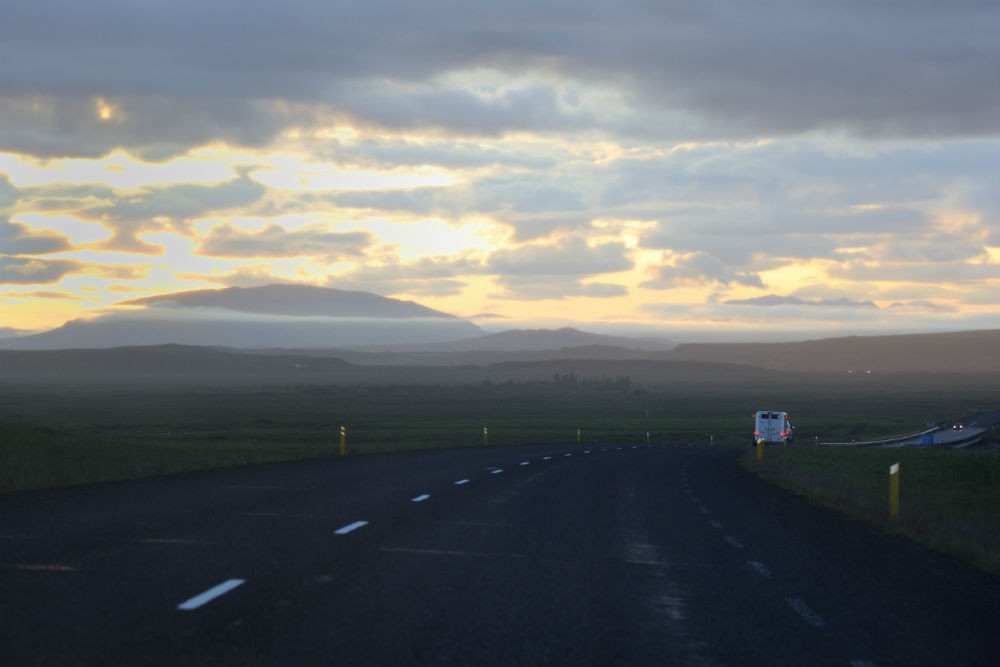
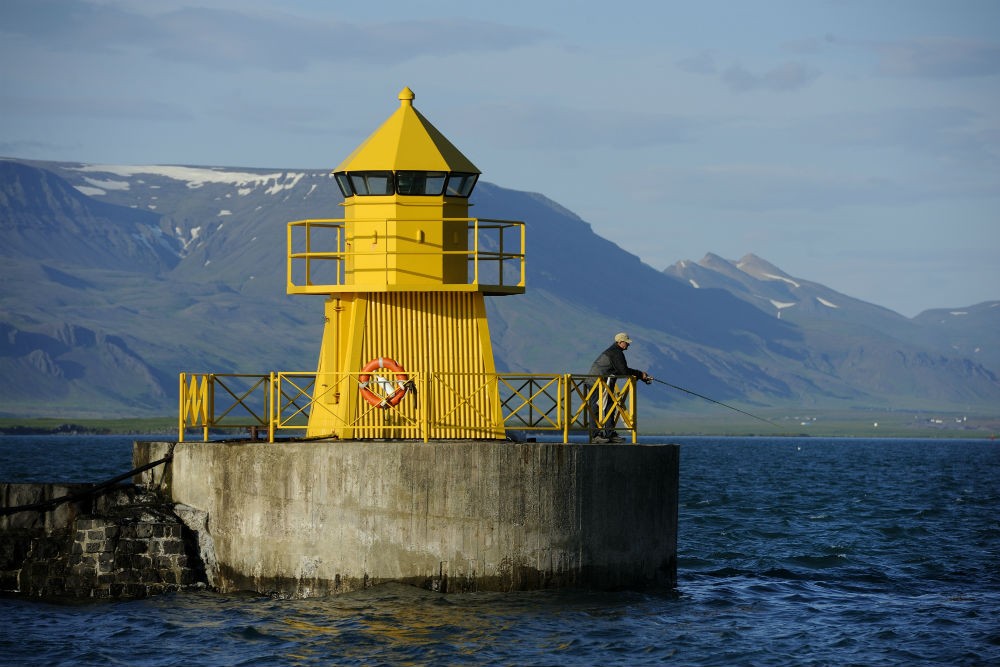
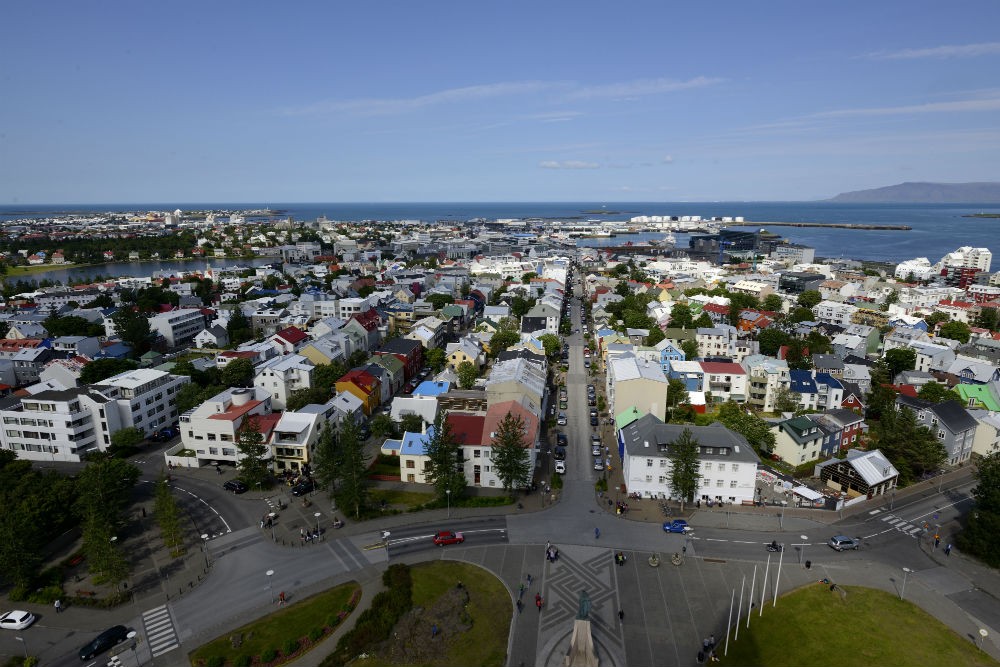
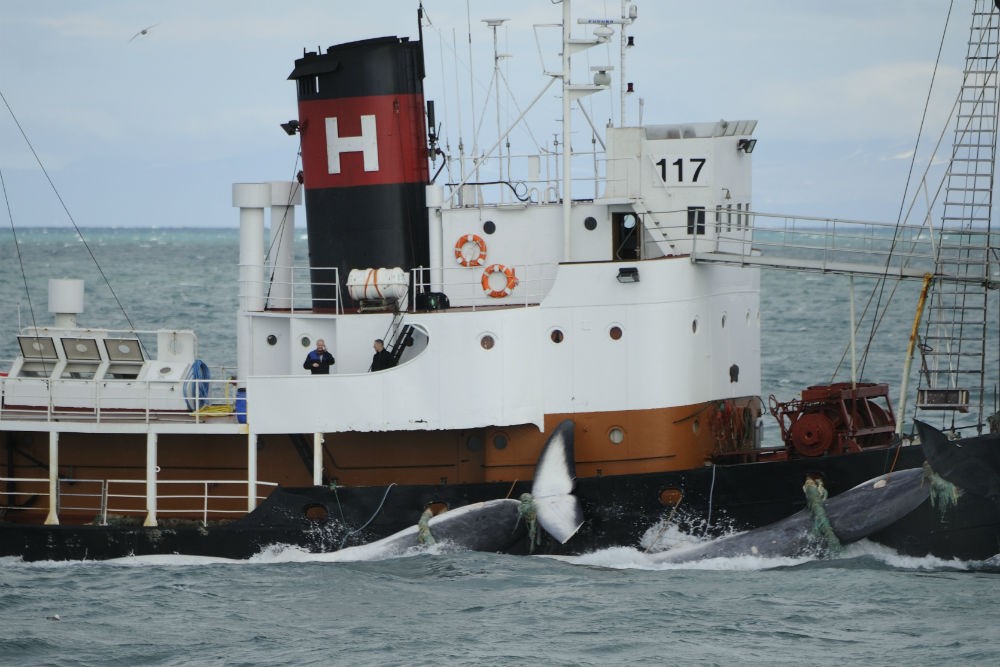
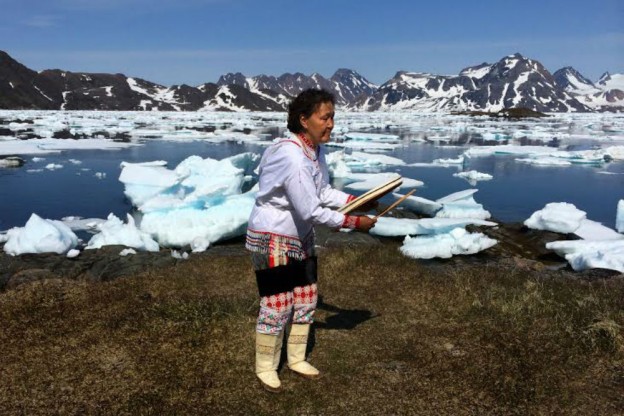

 Sunglasses
Sunglasses Glasses Case
Glasses Case



